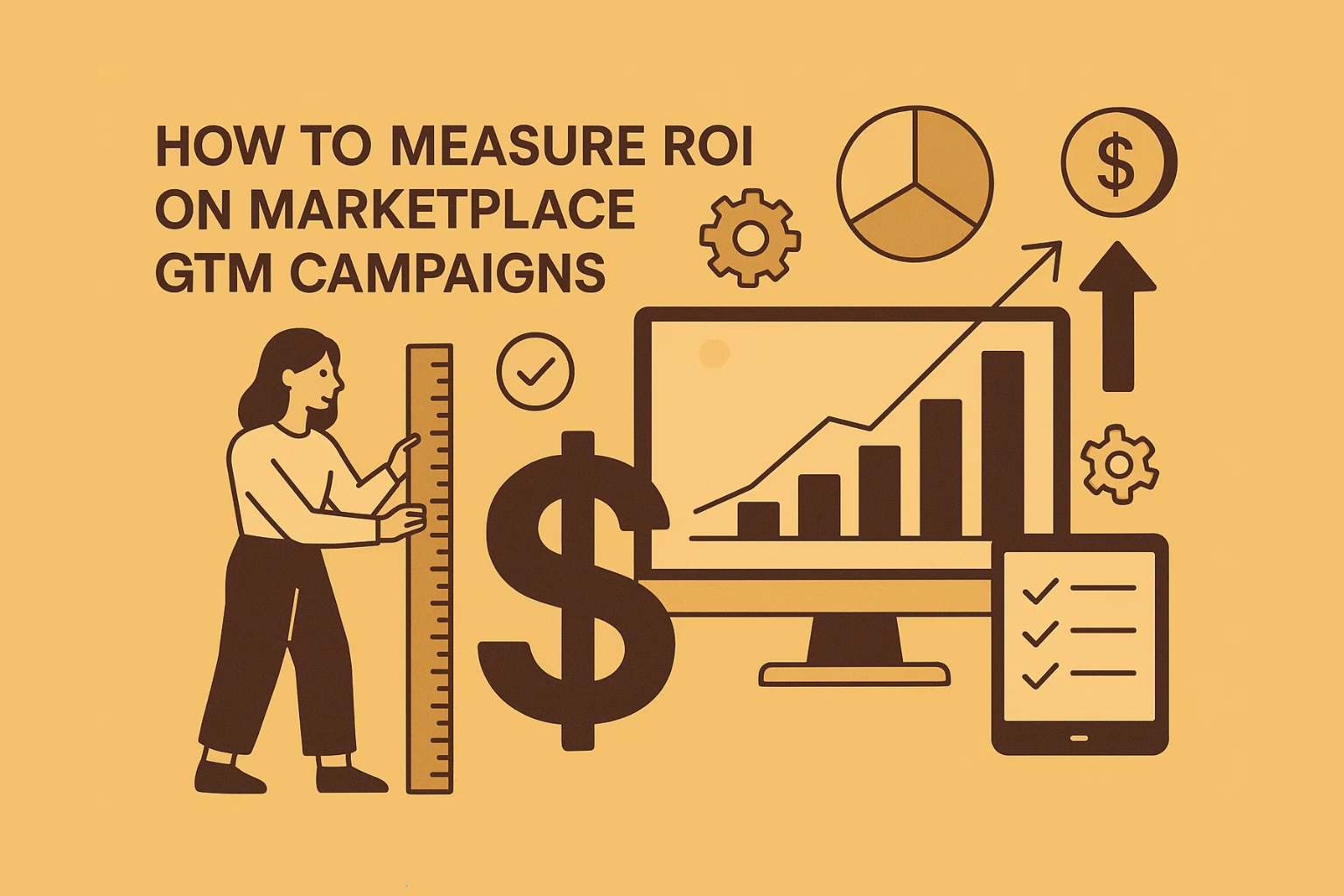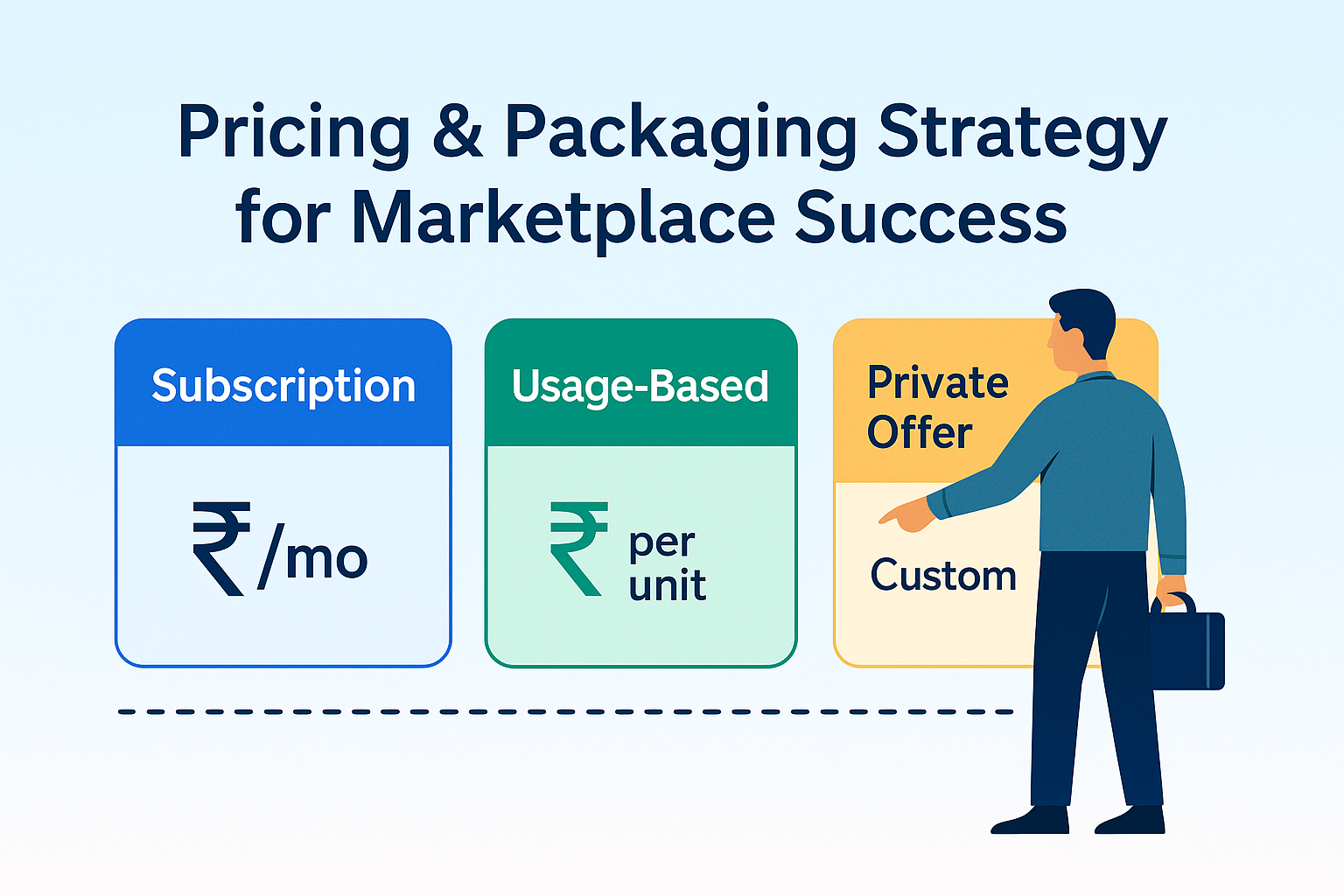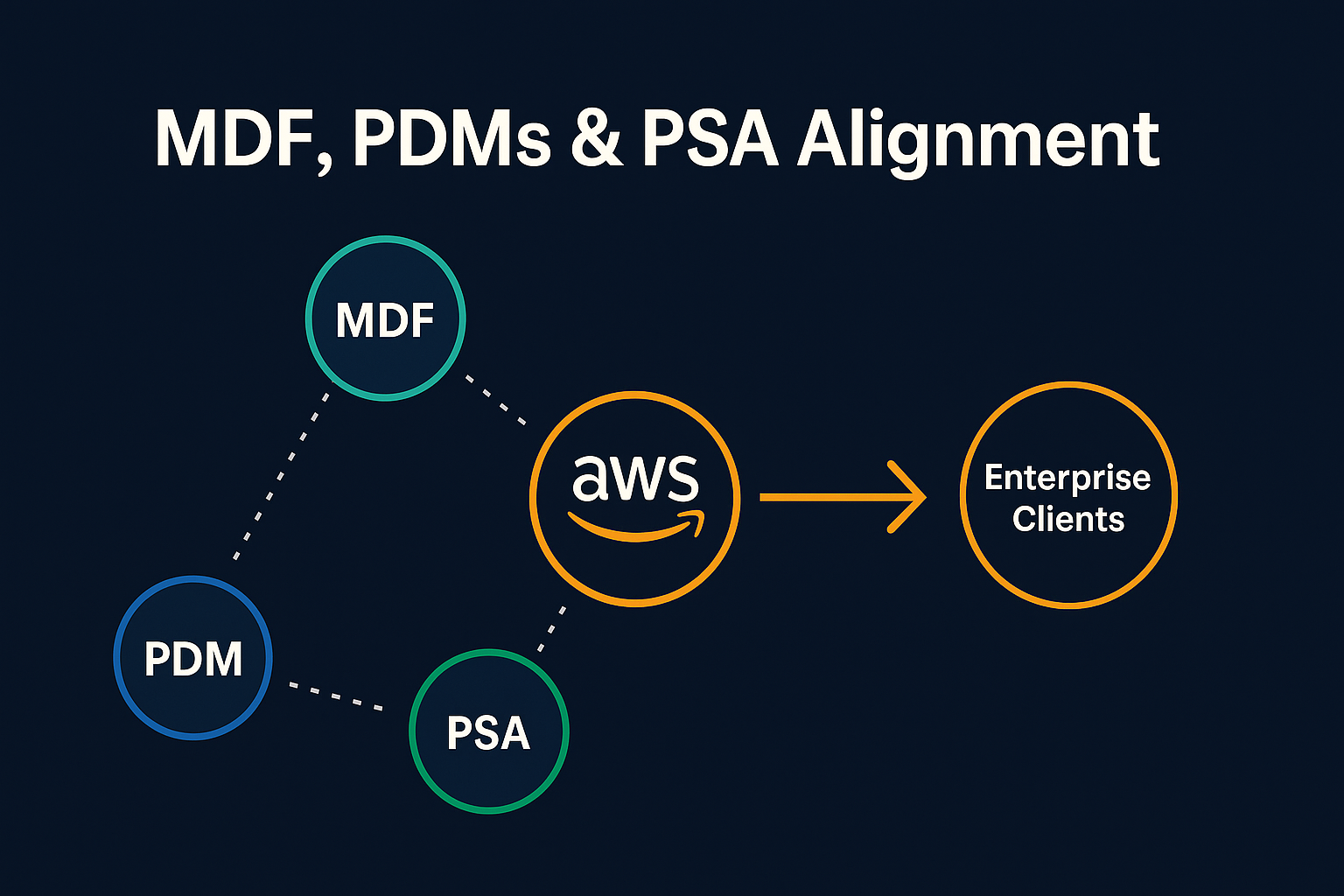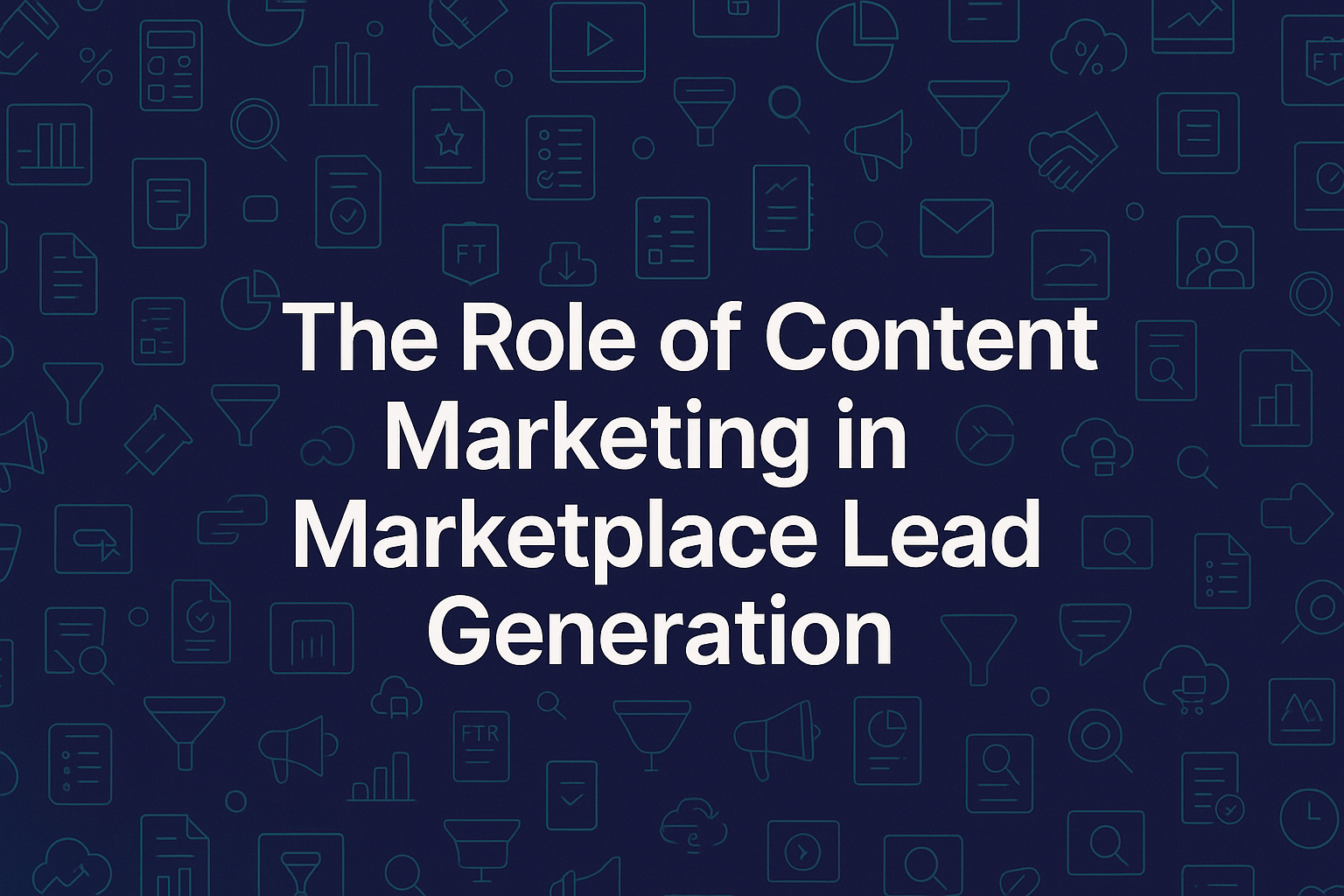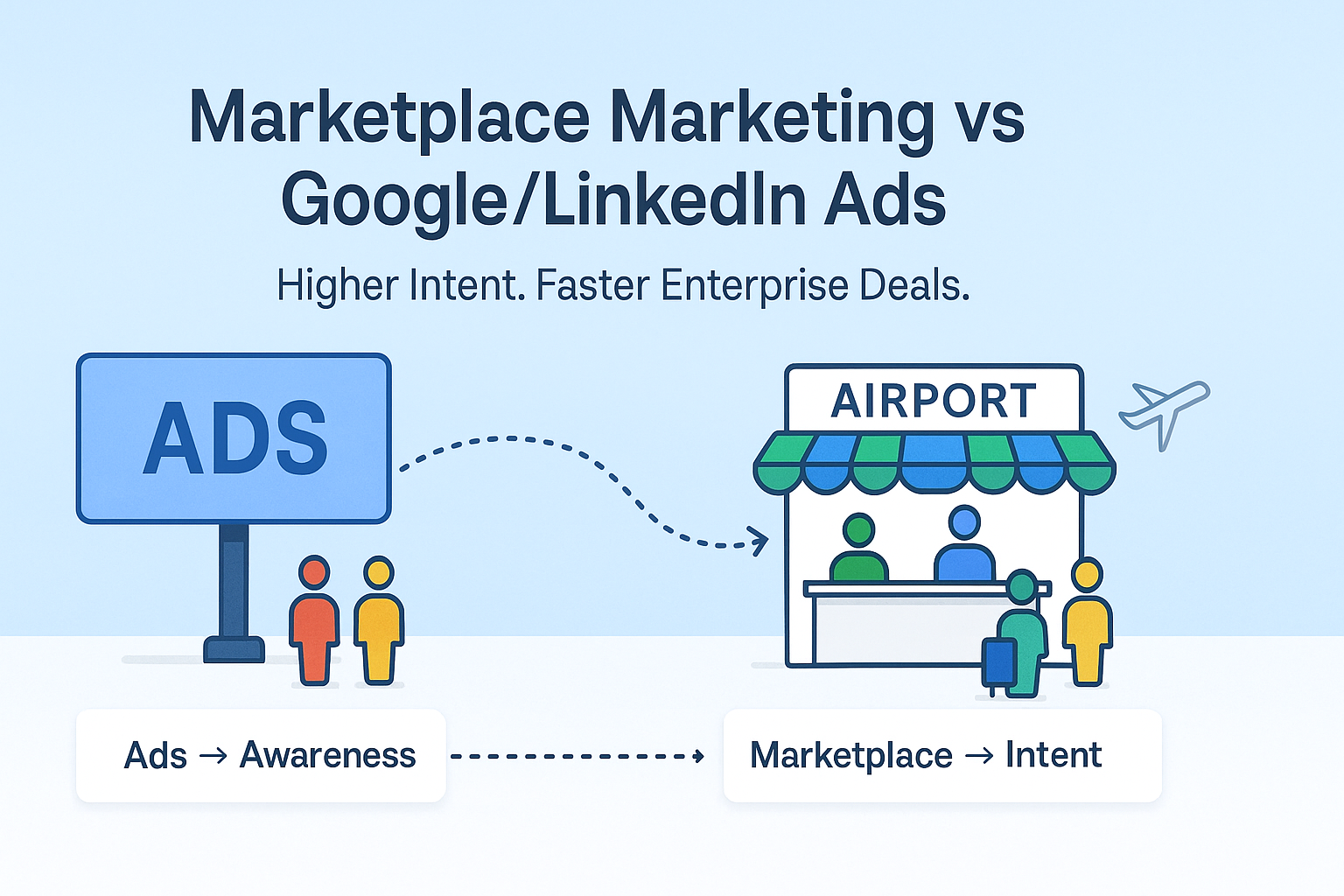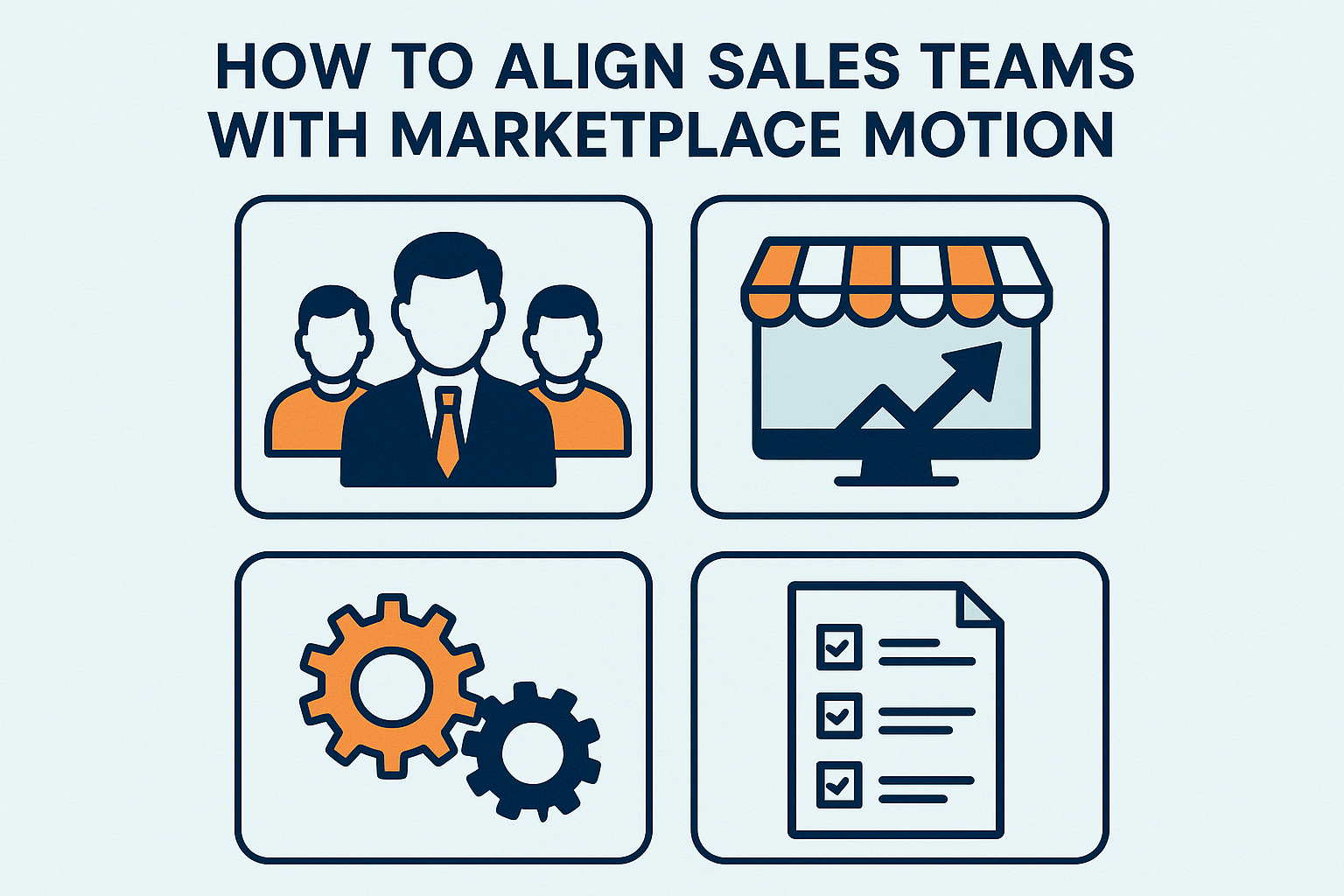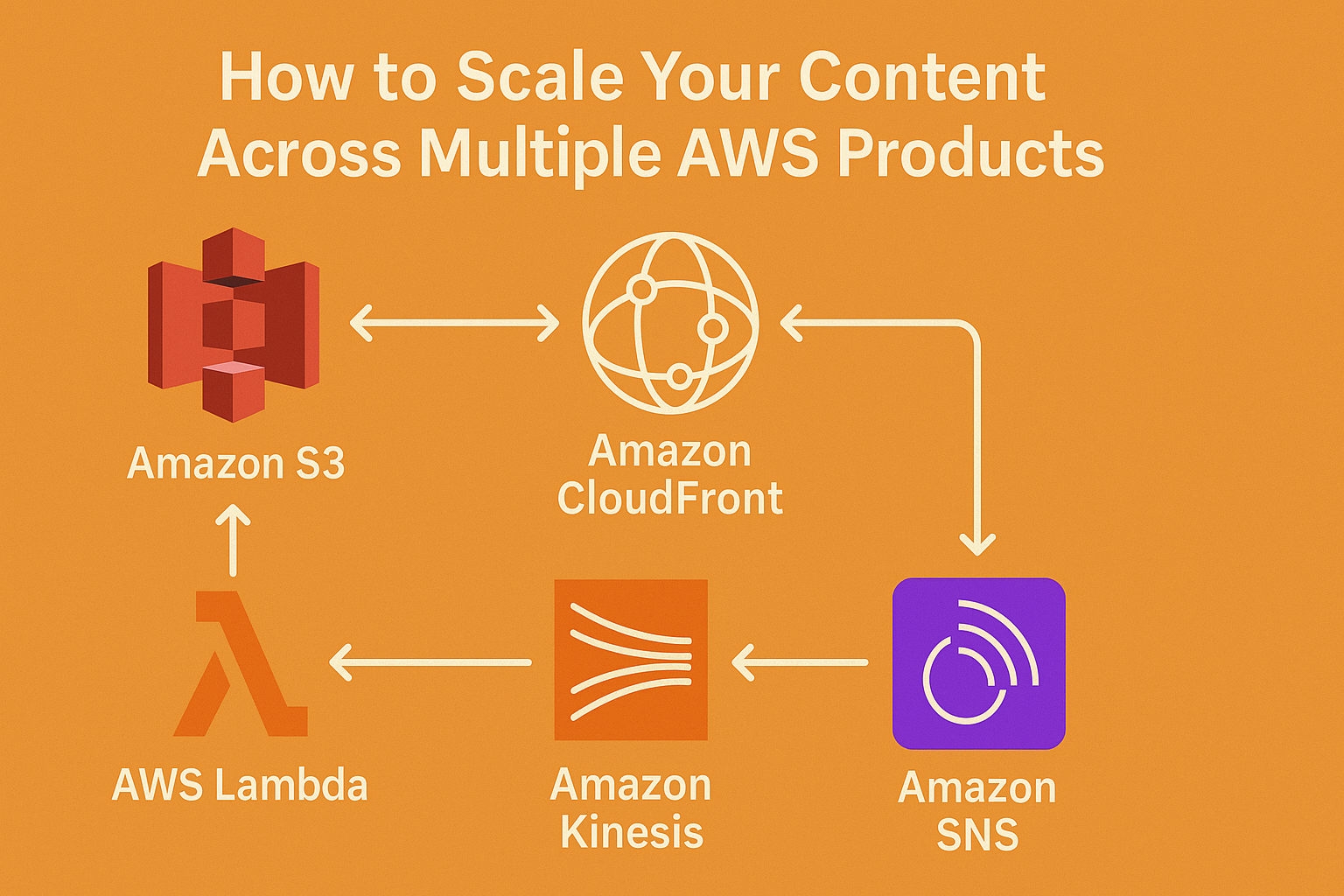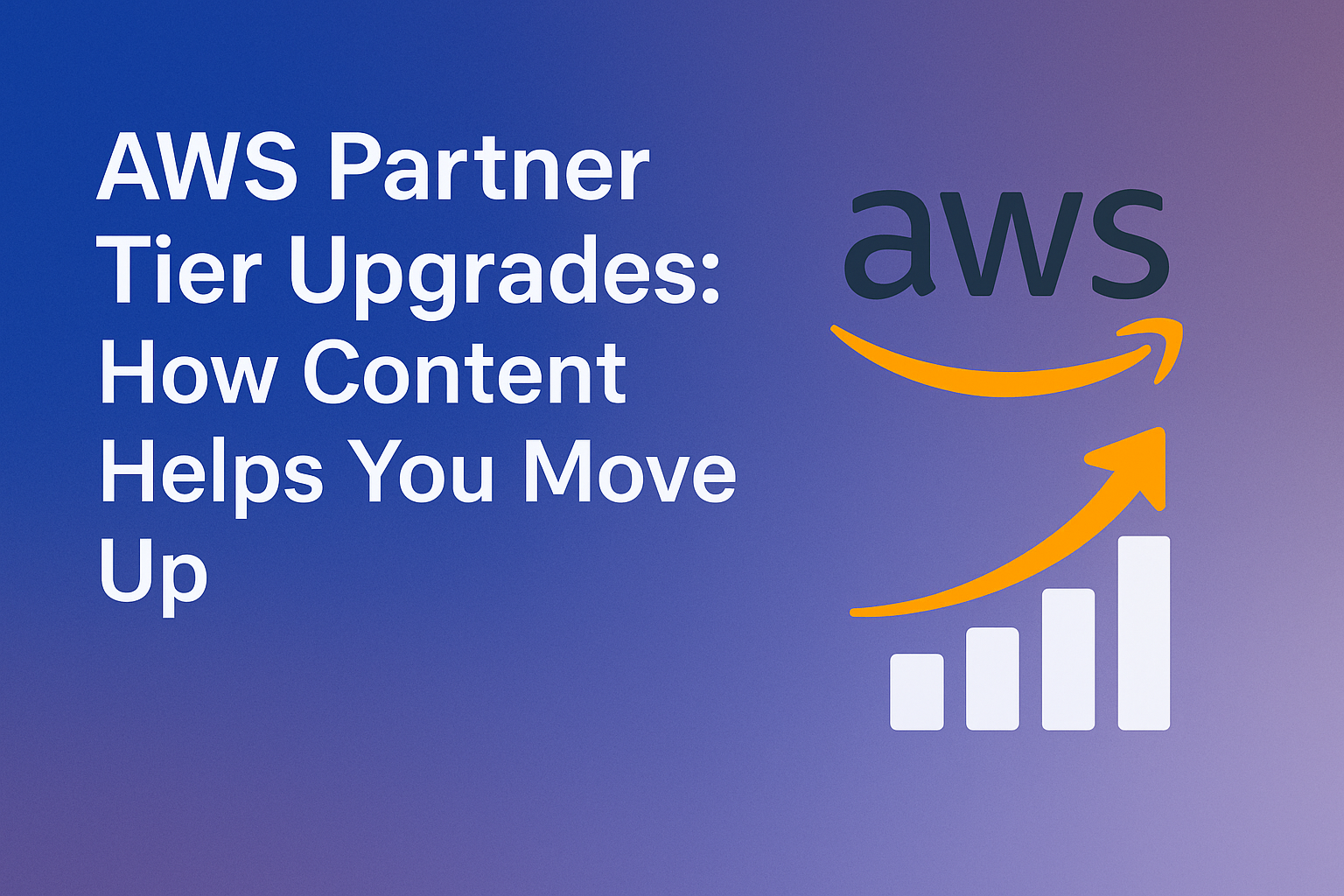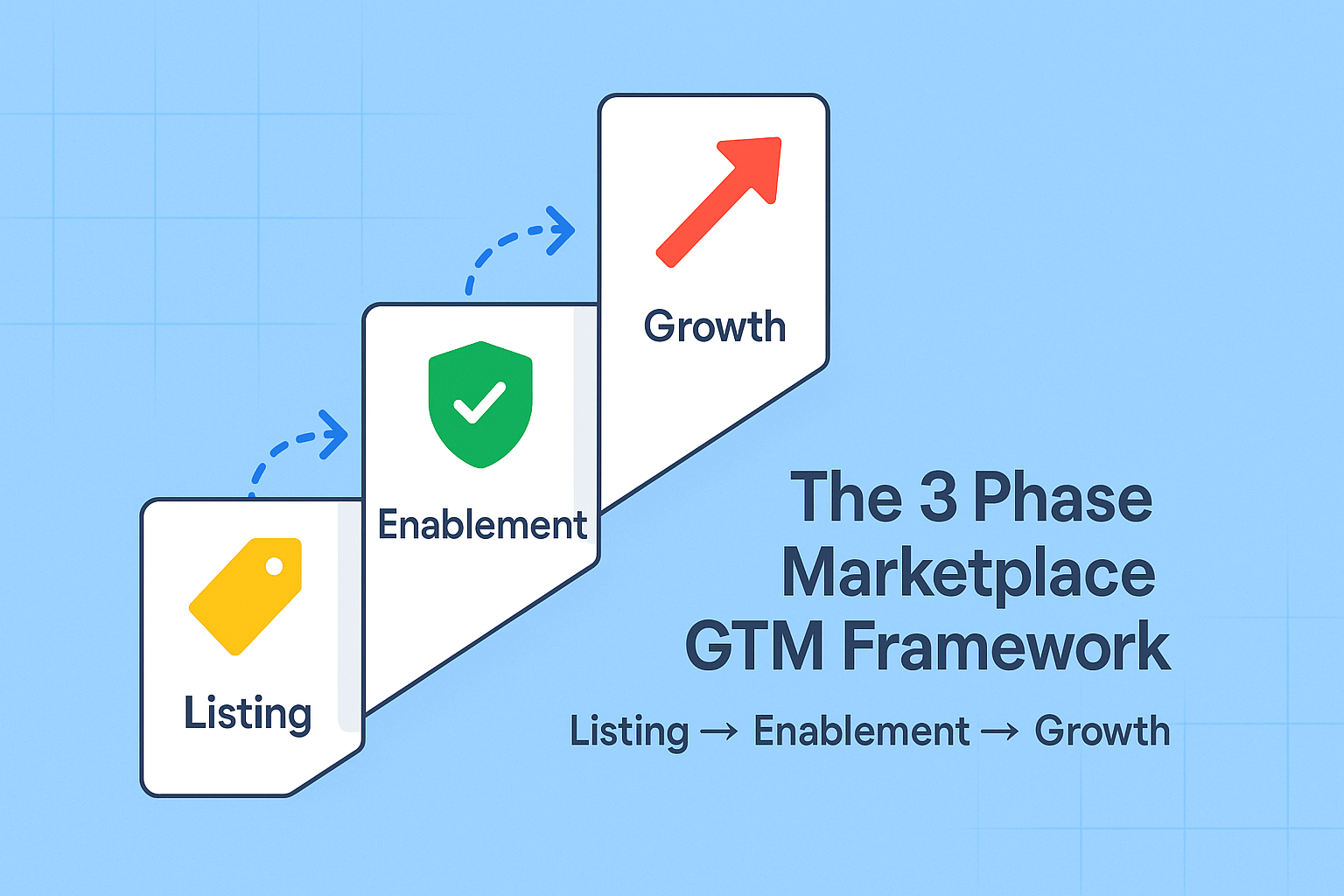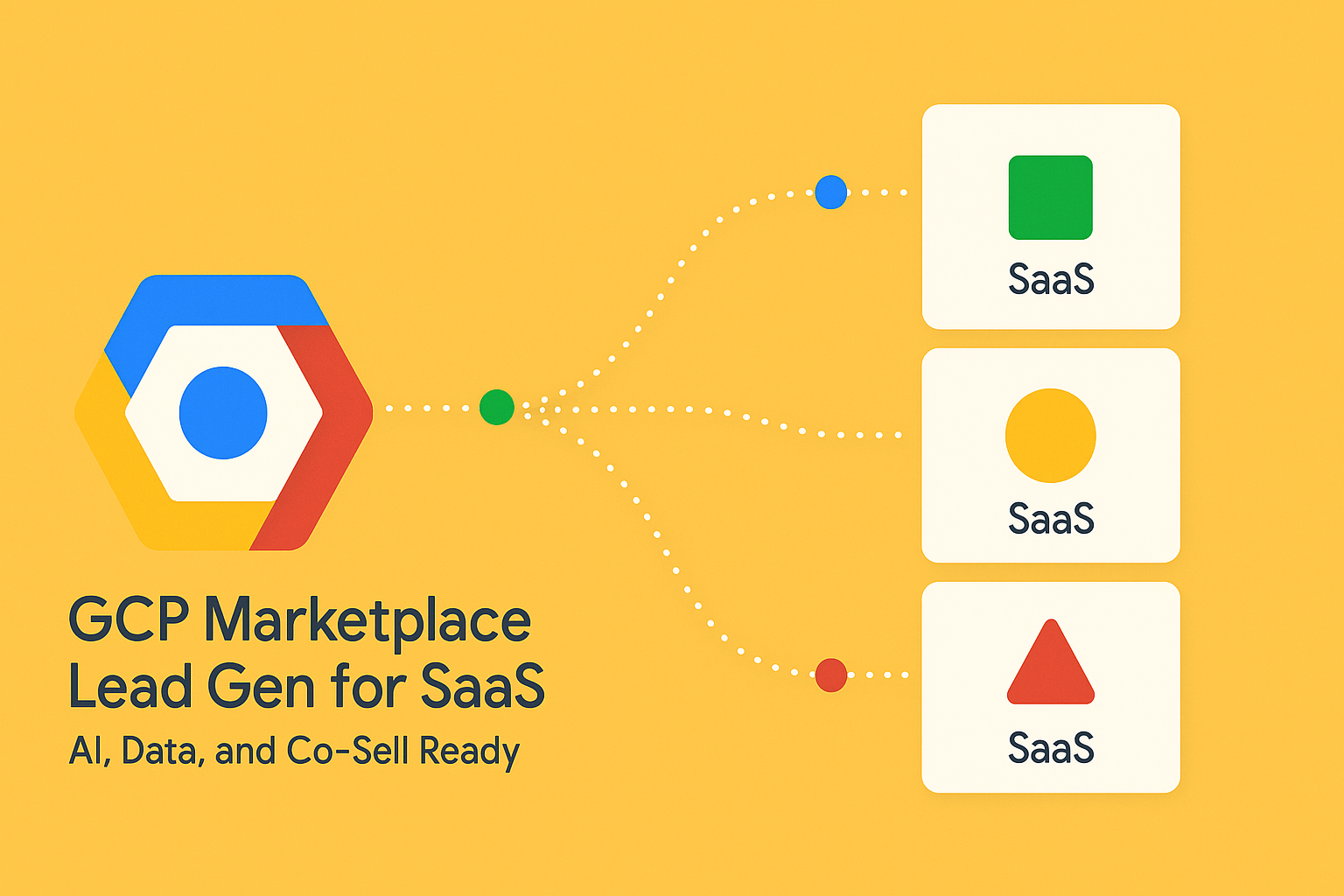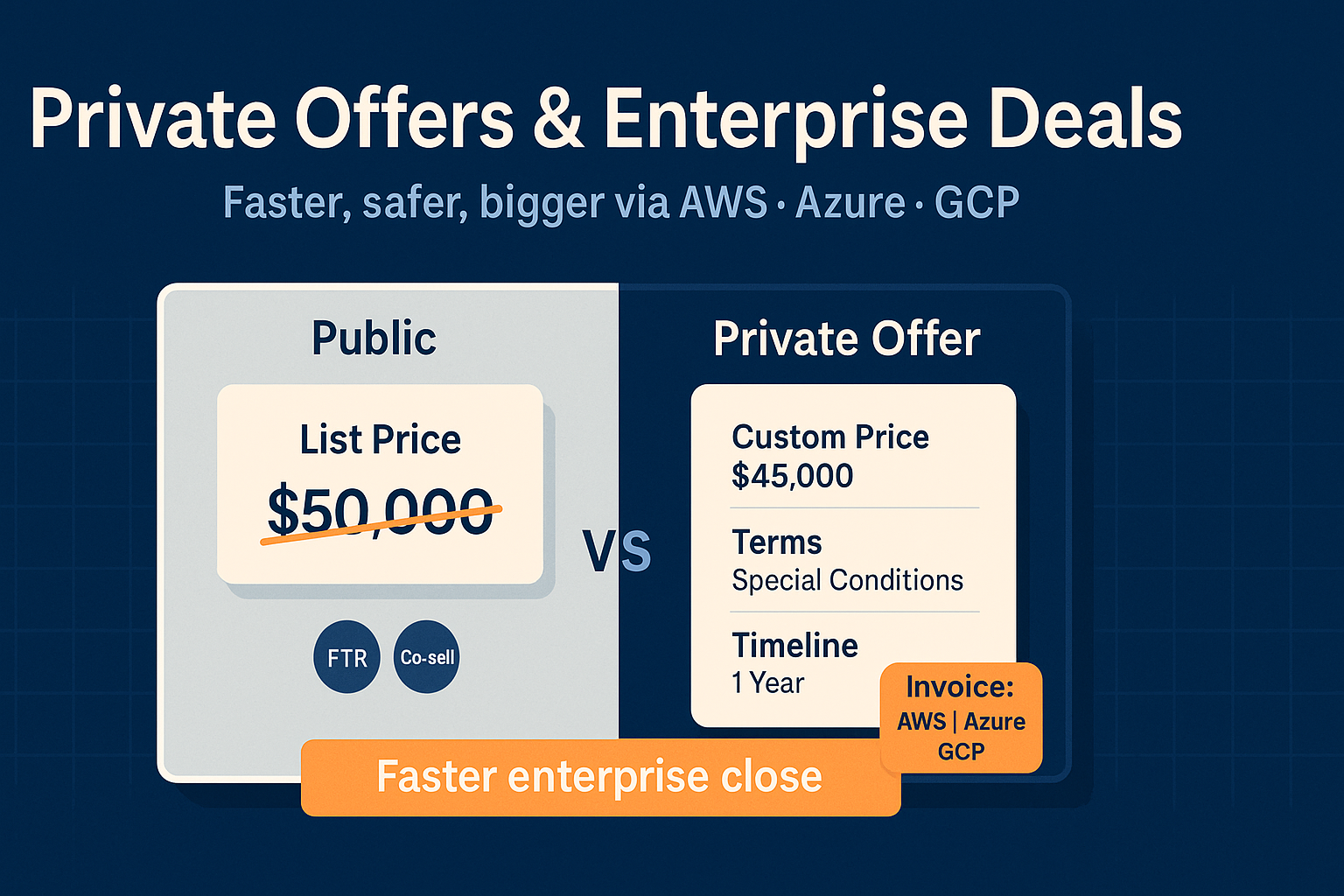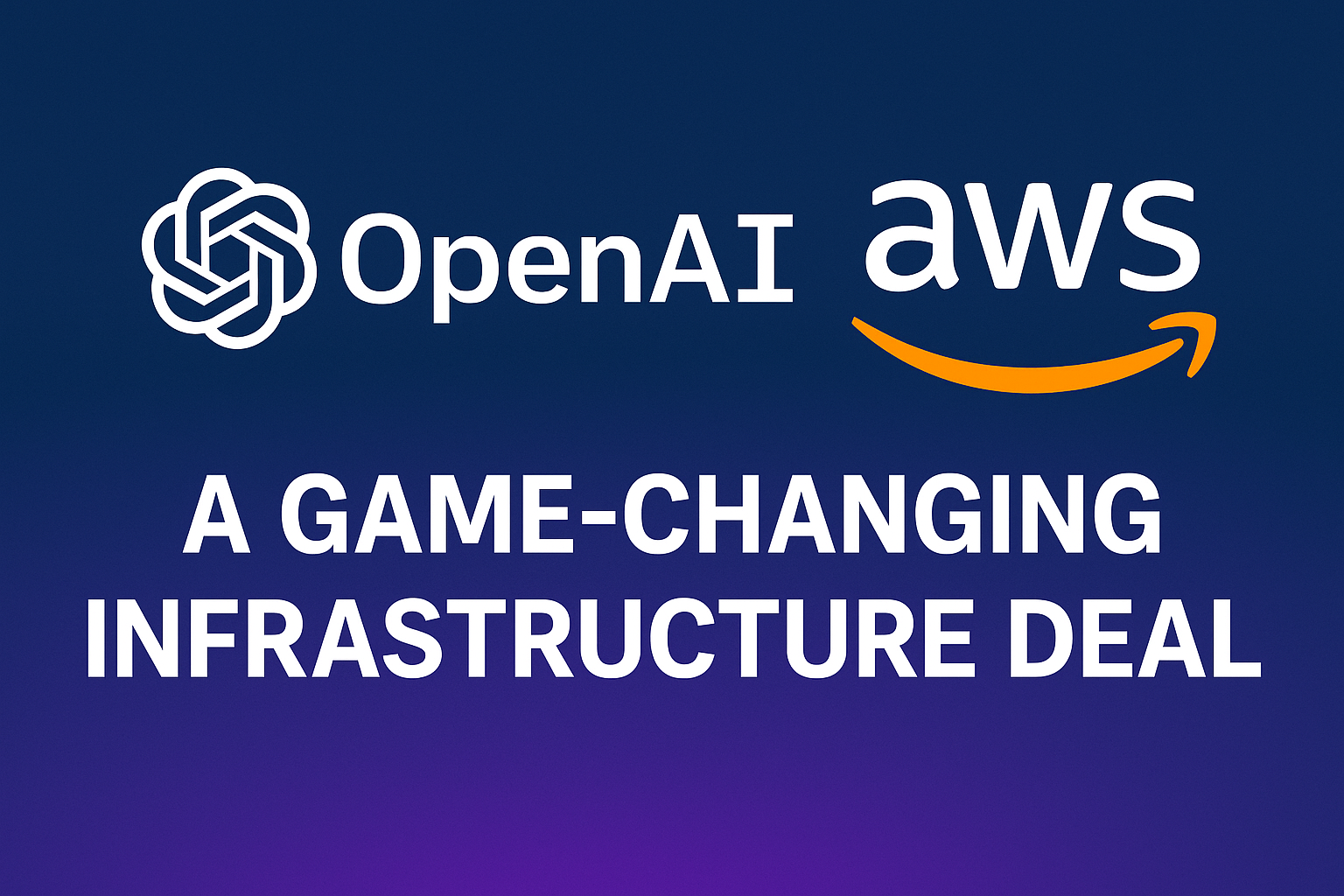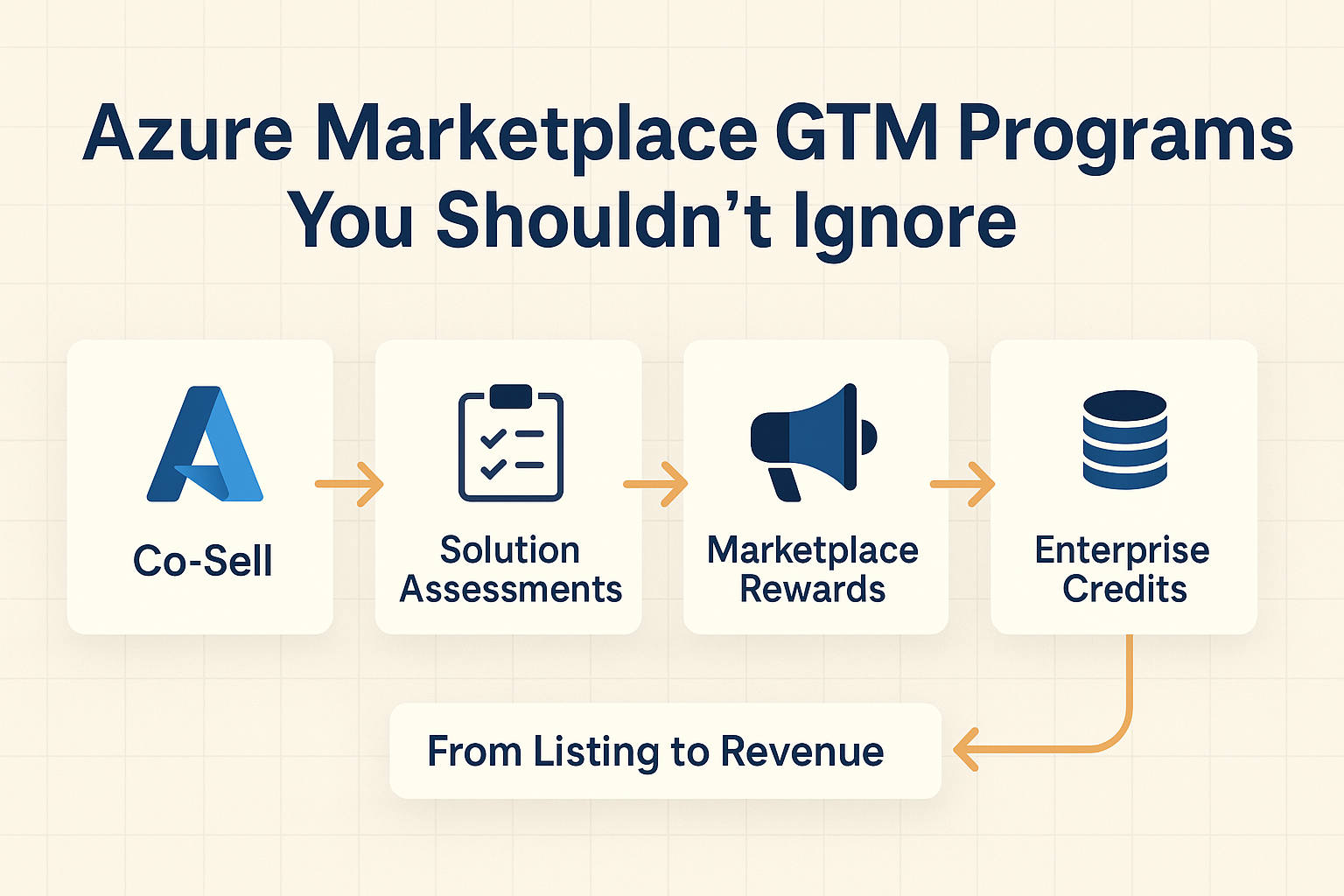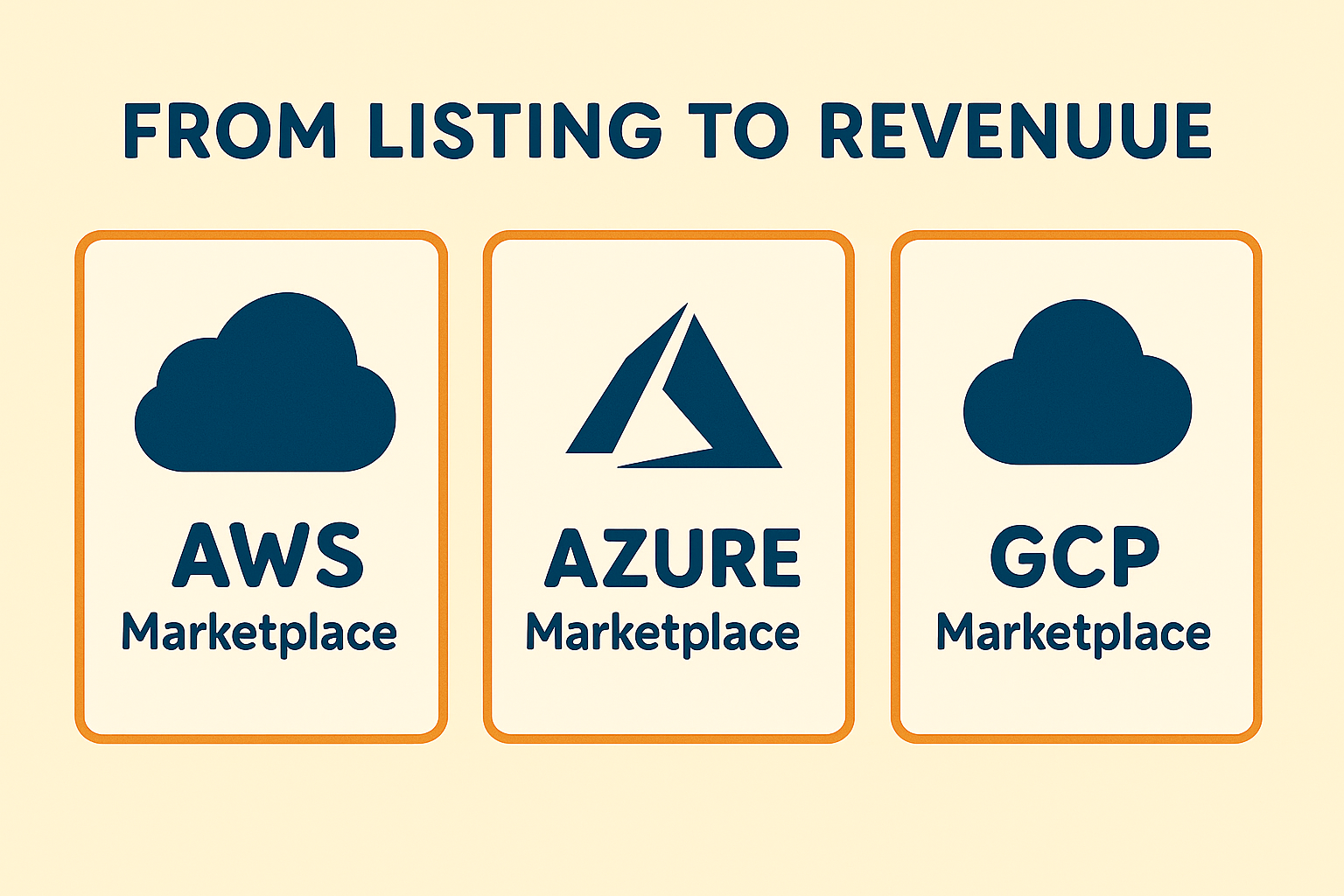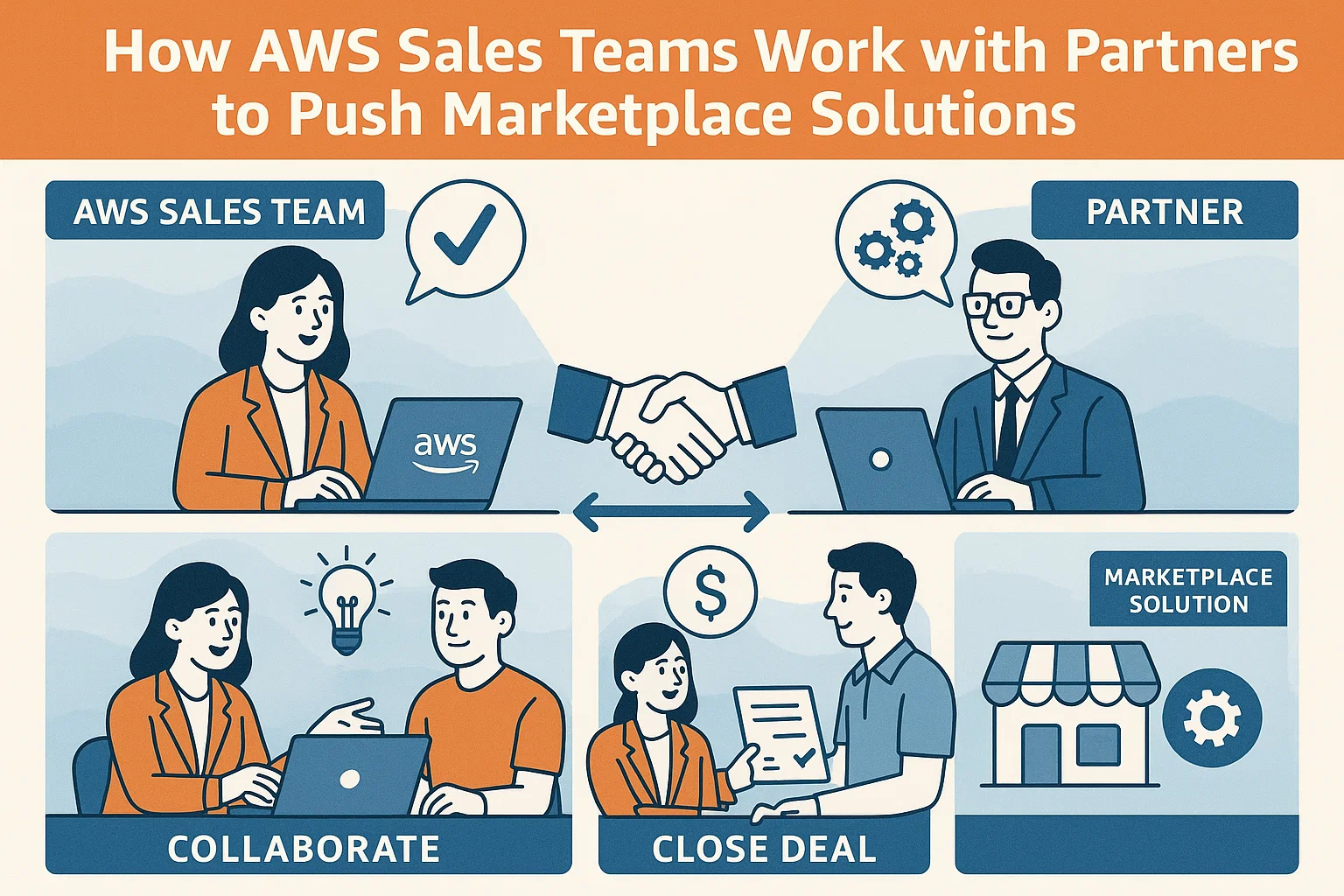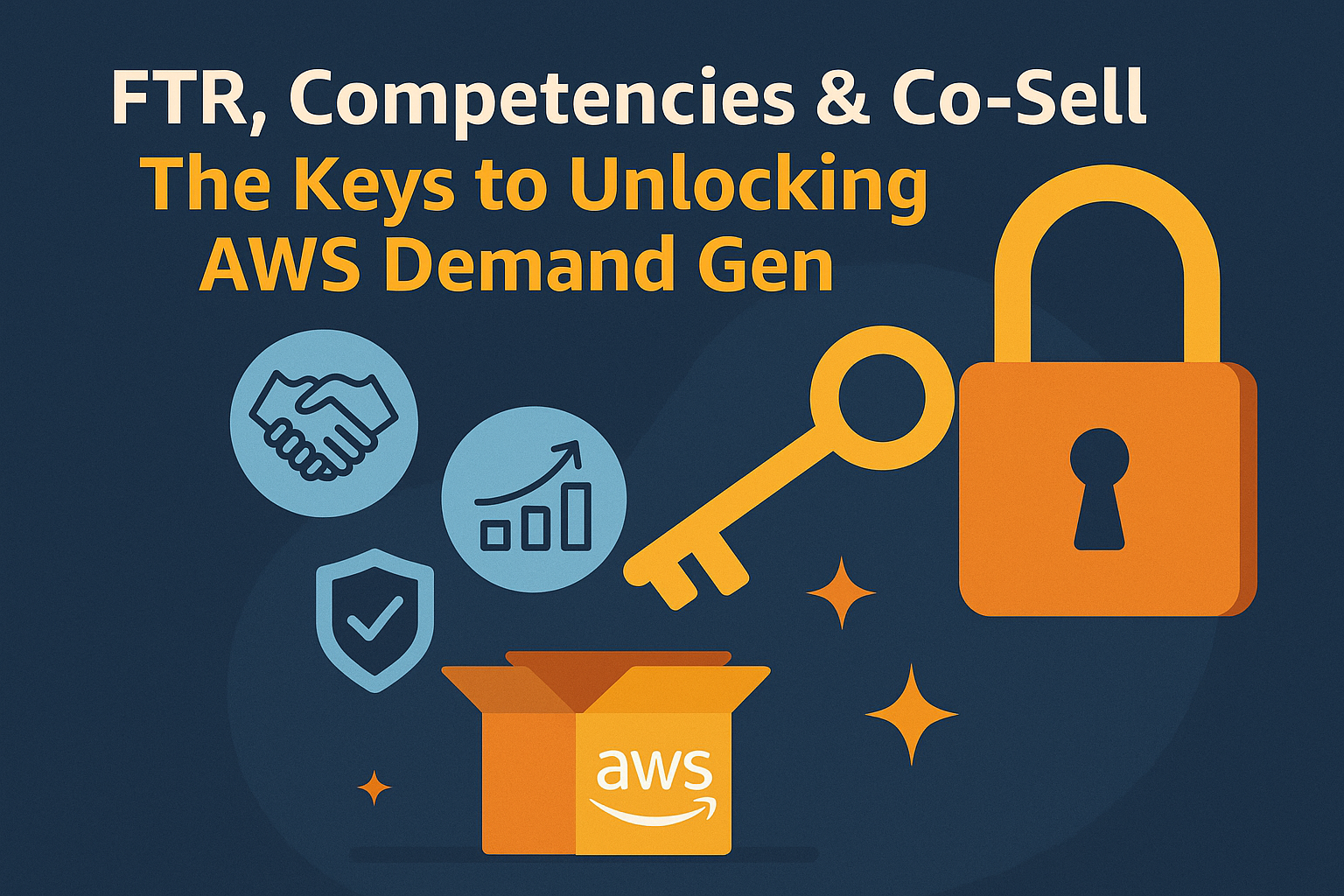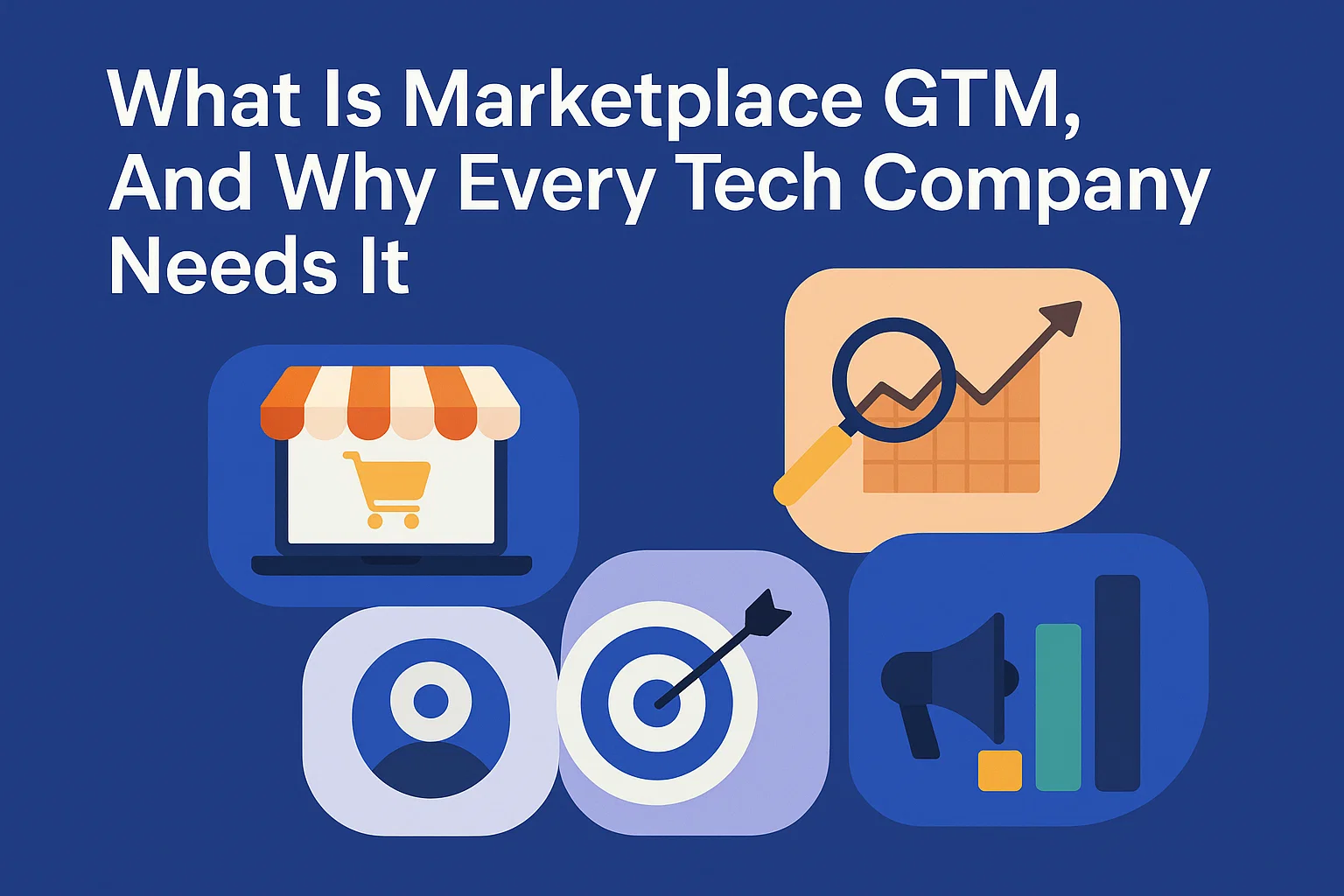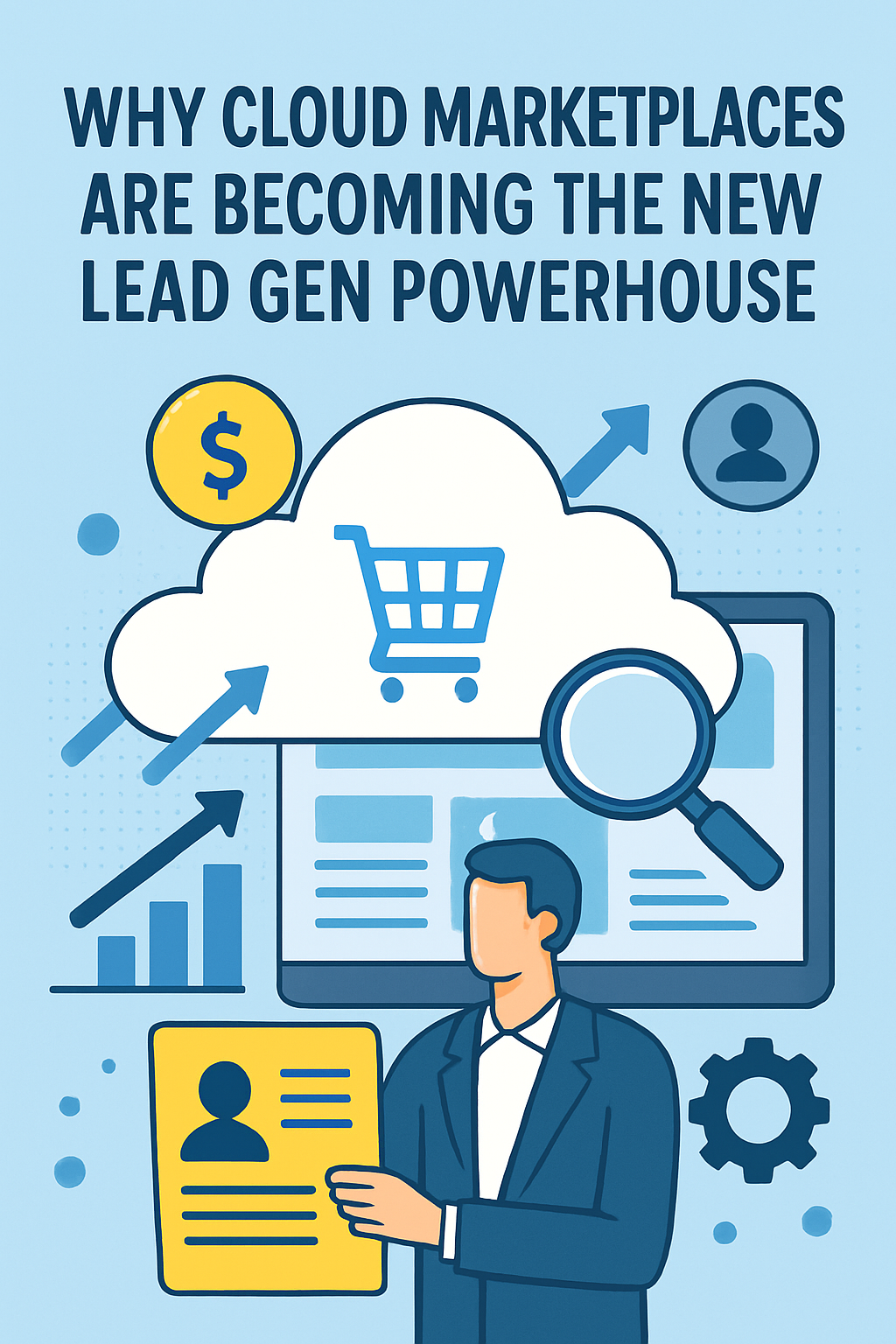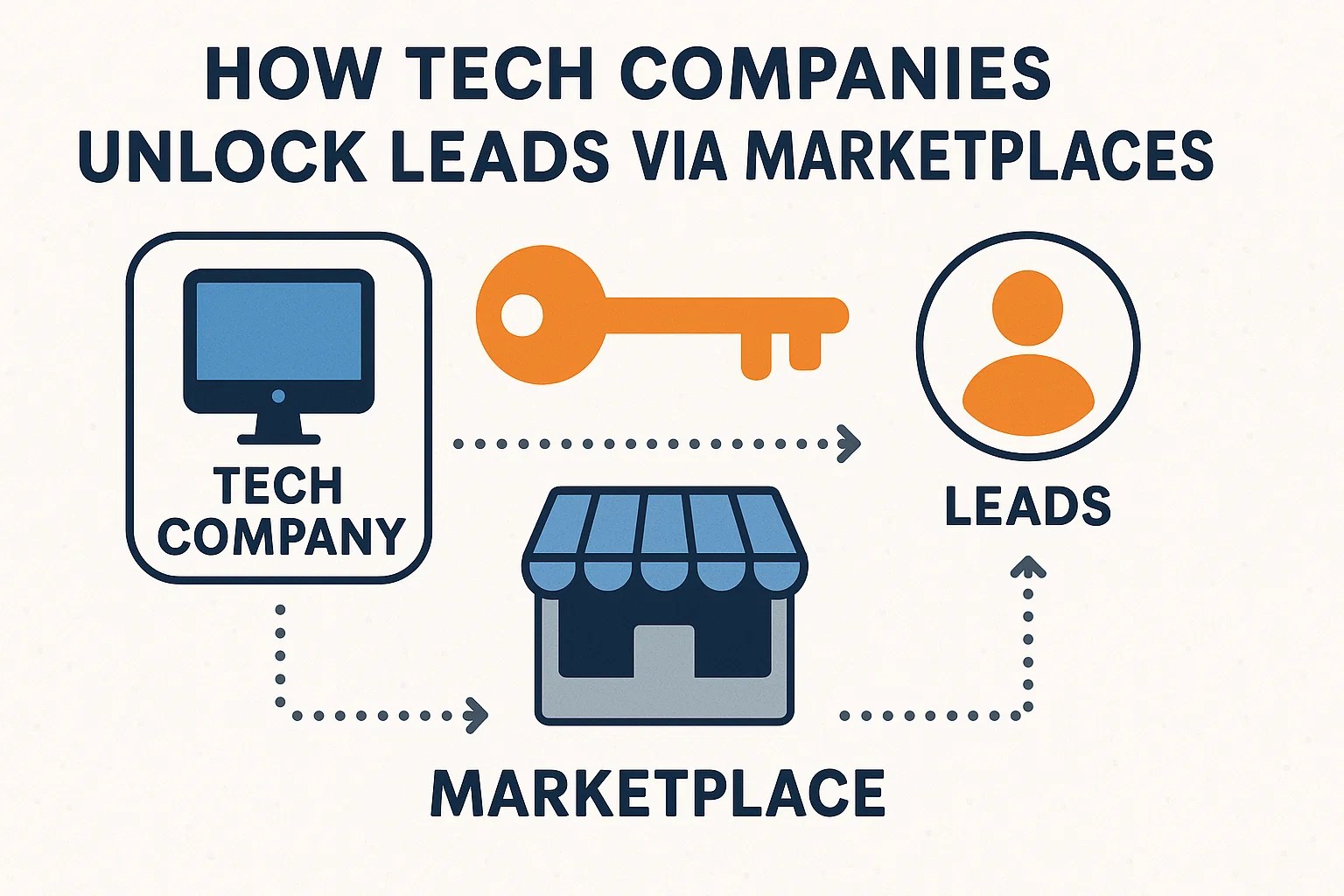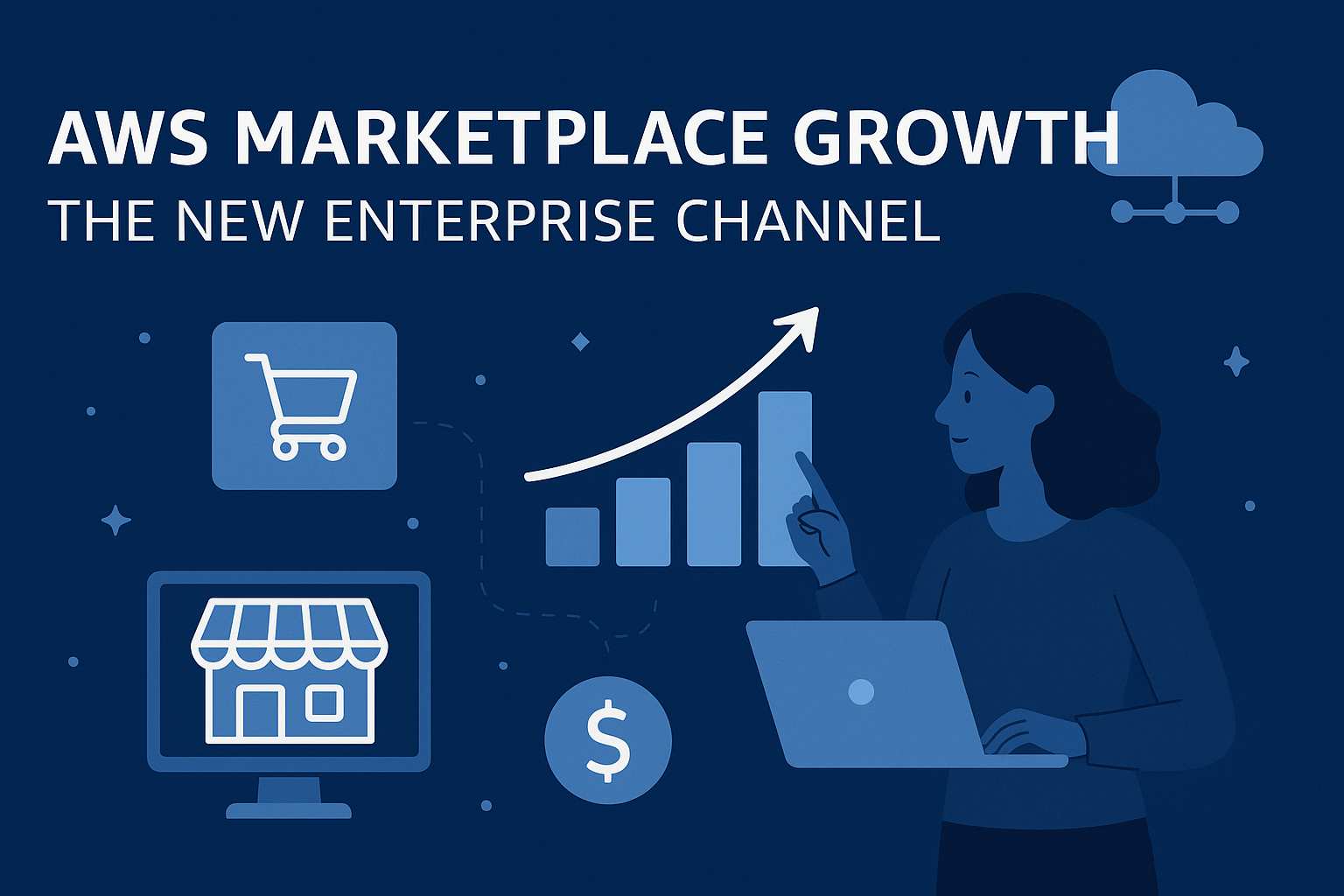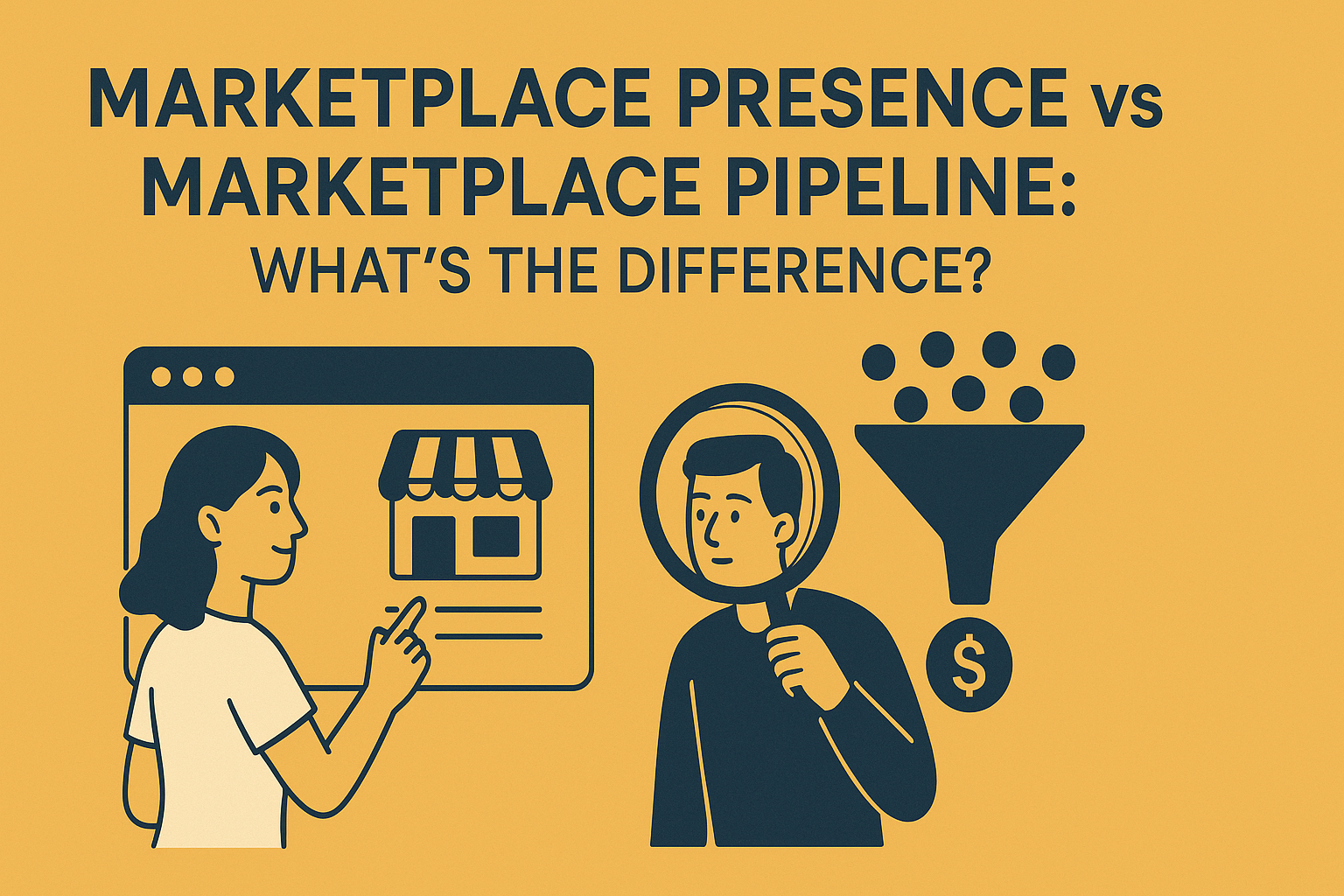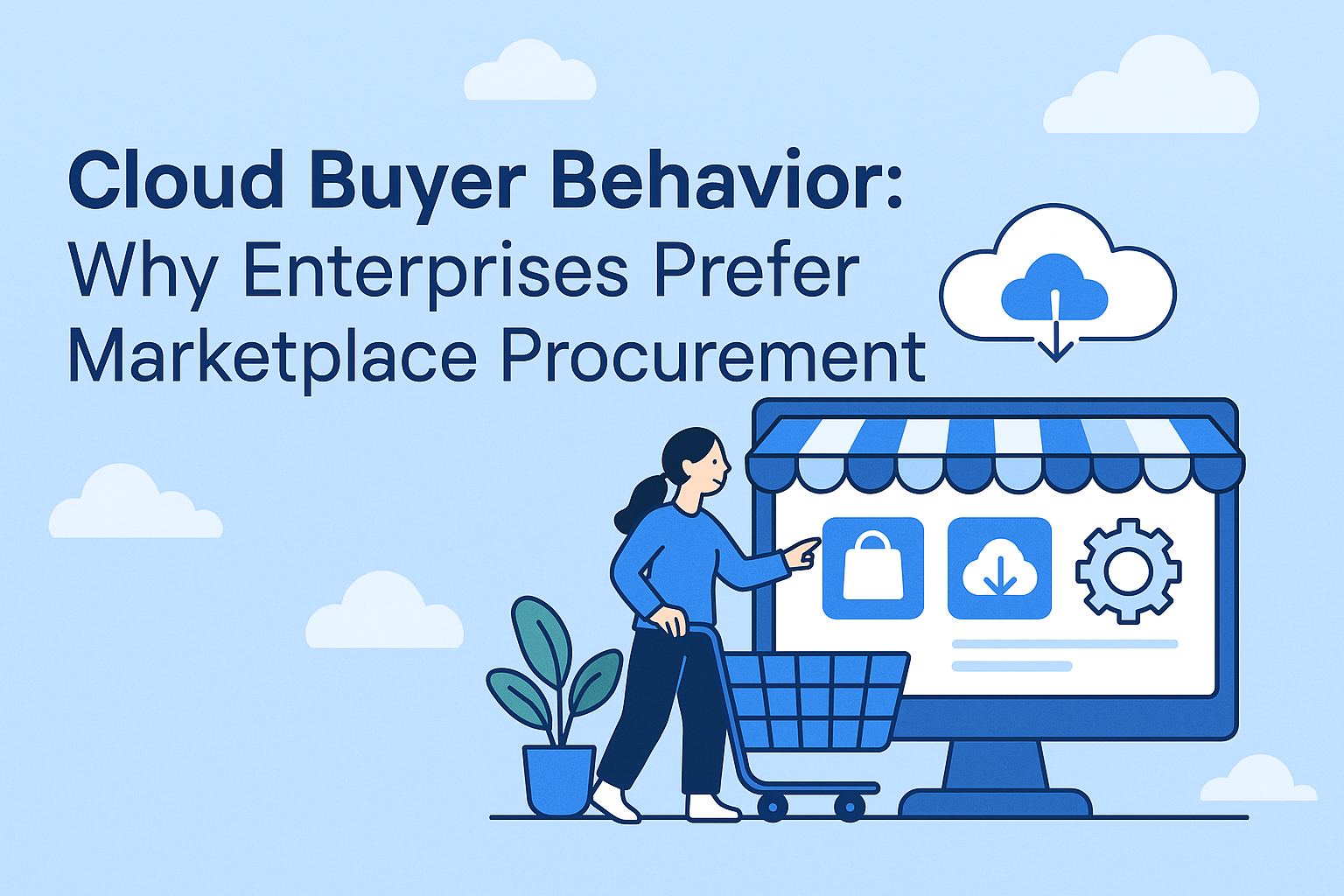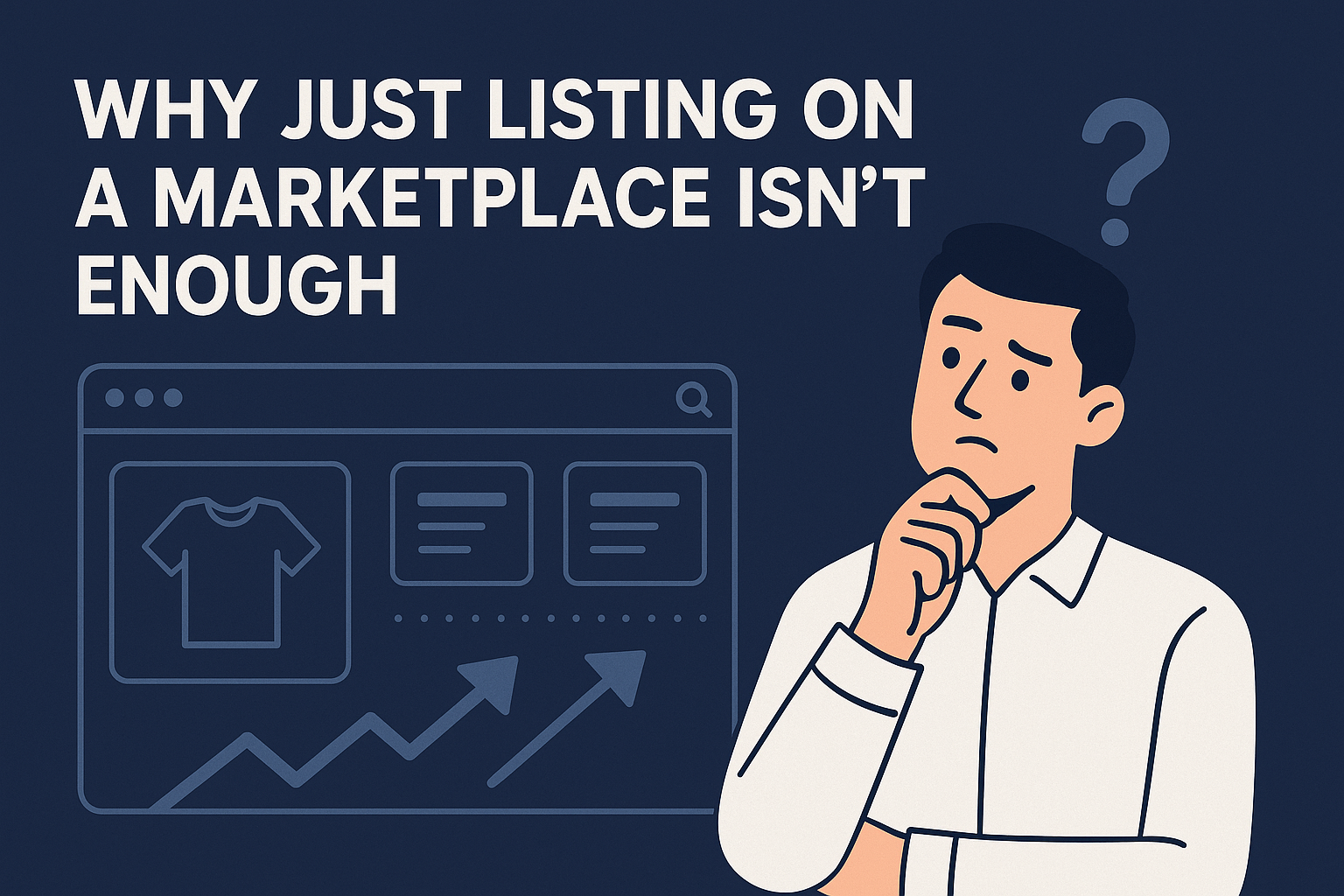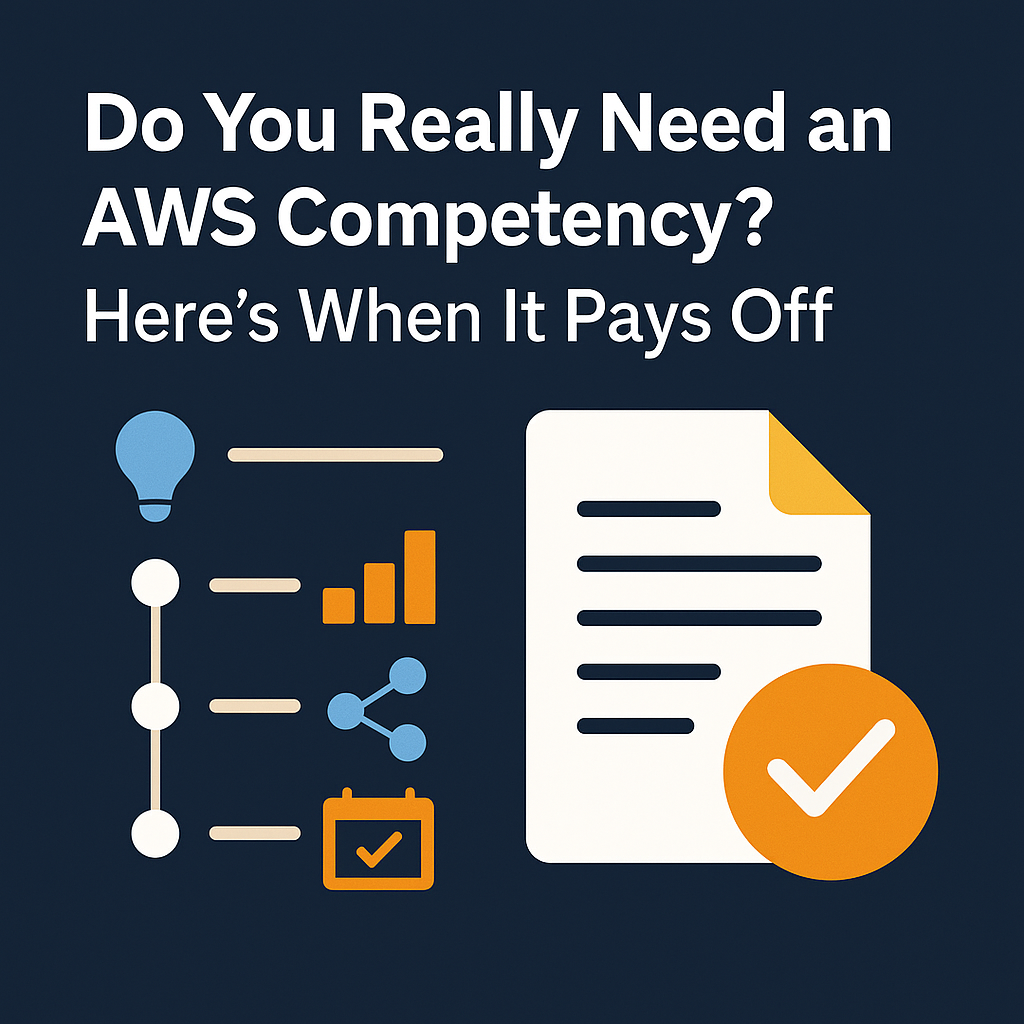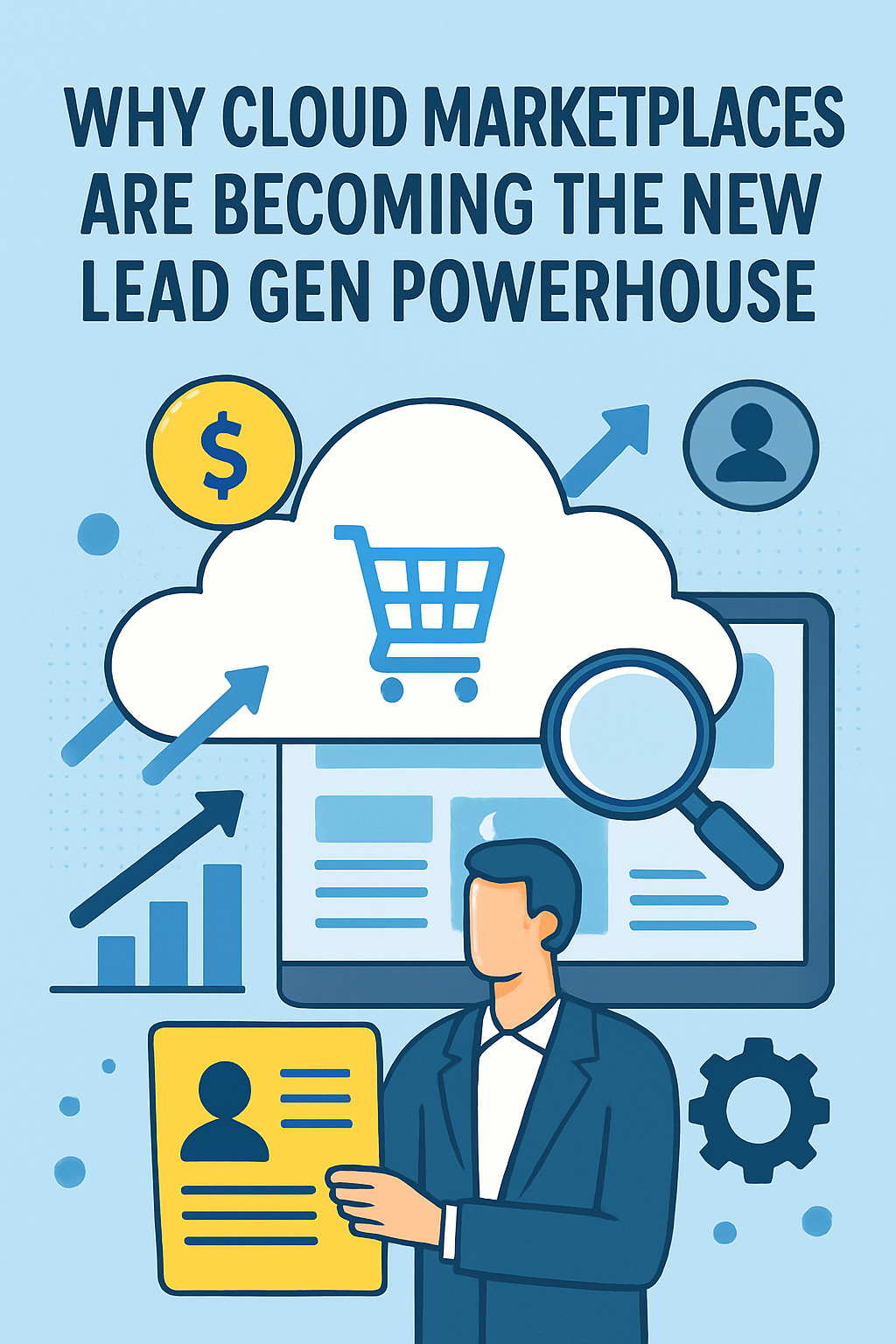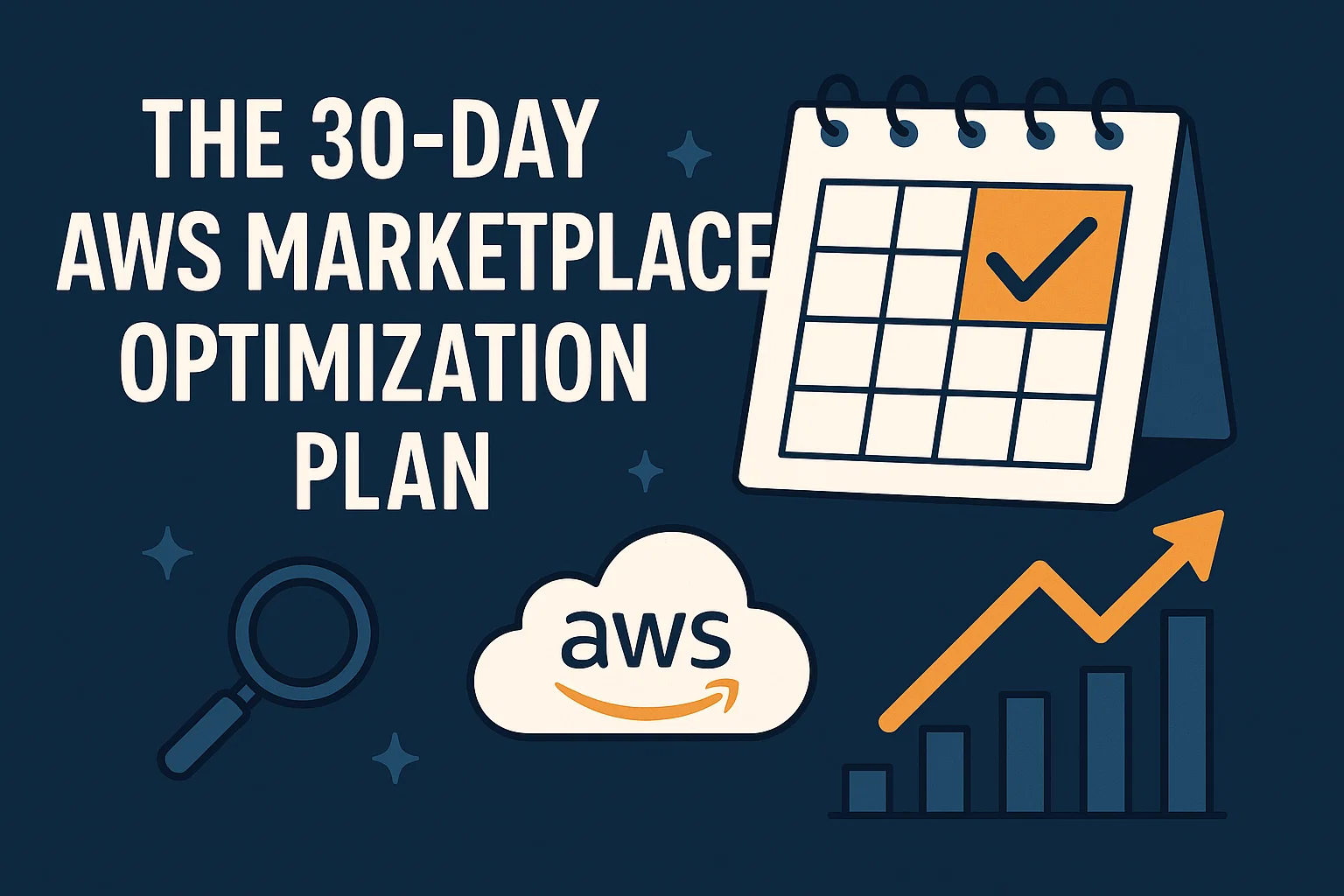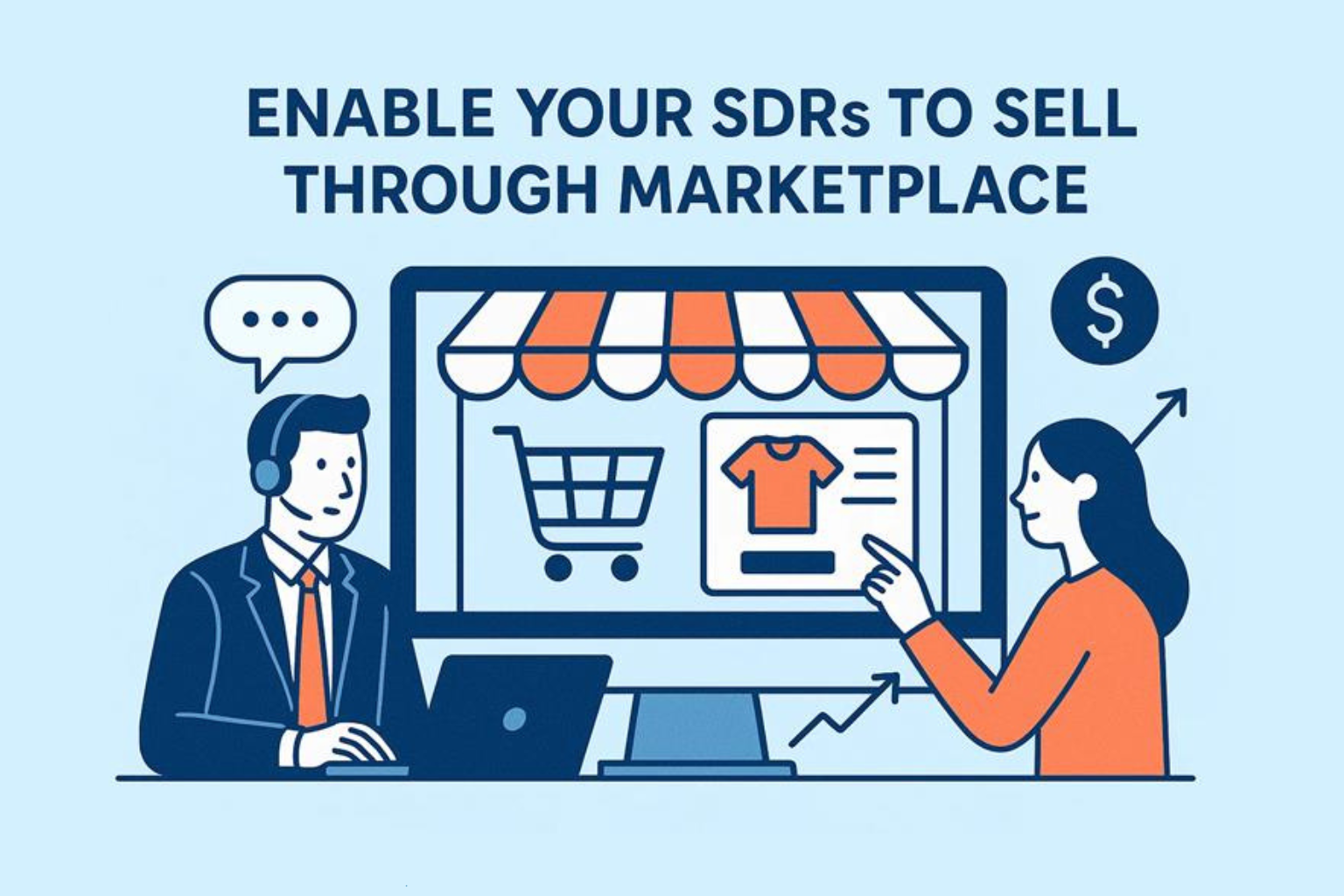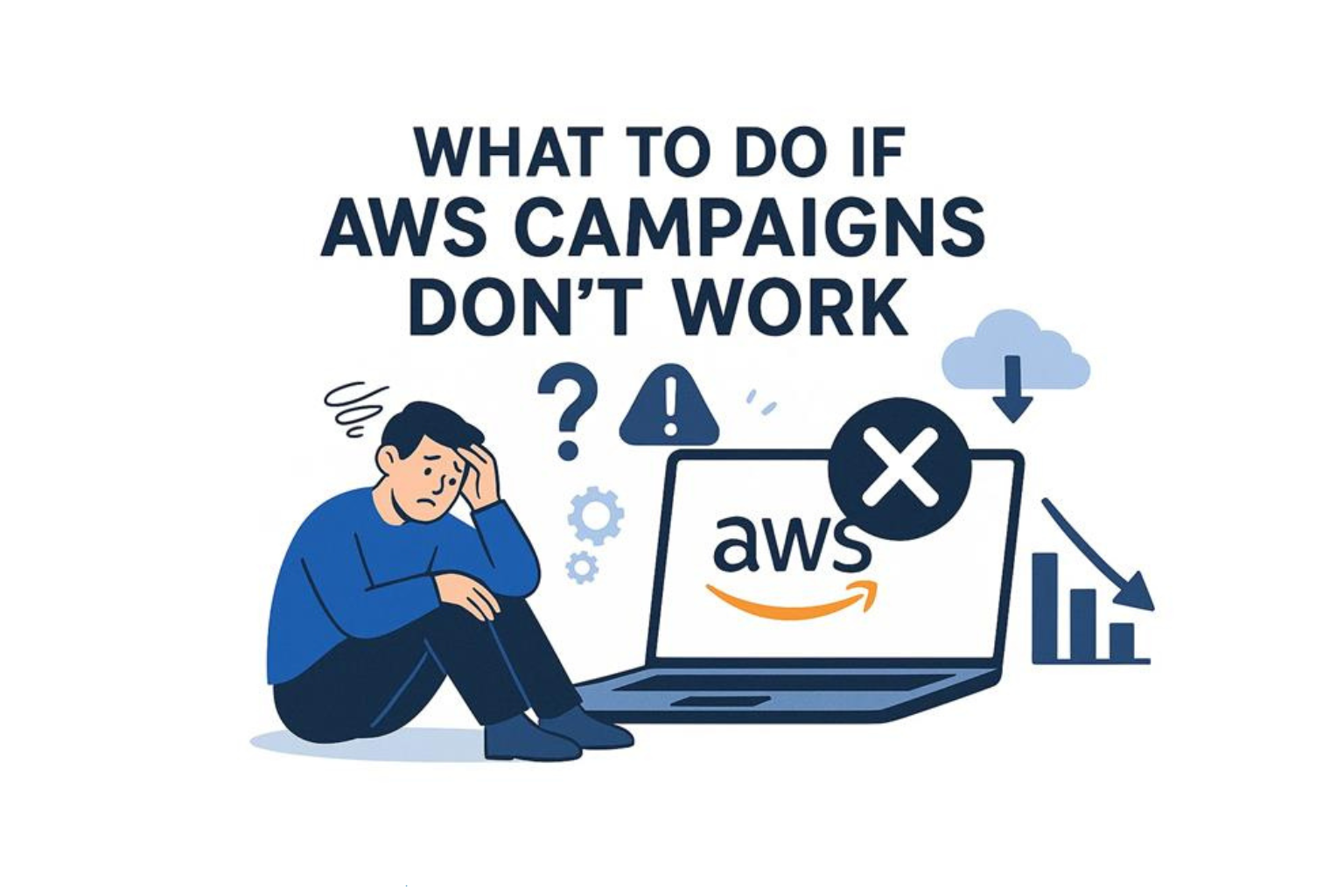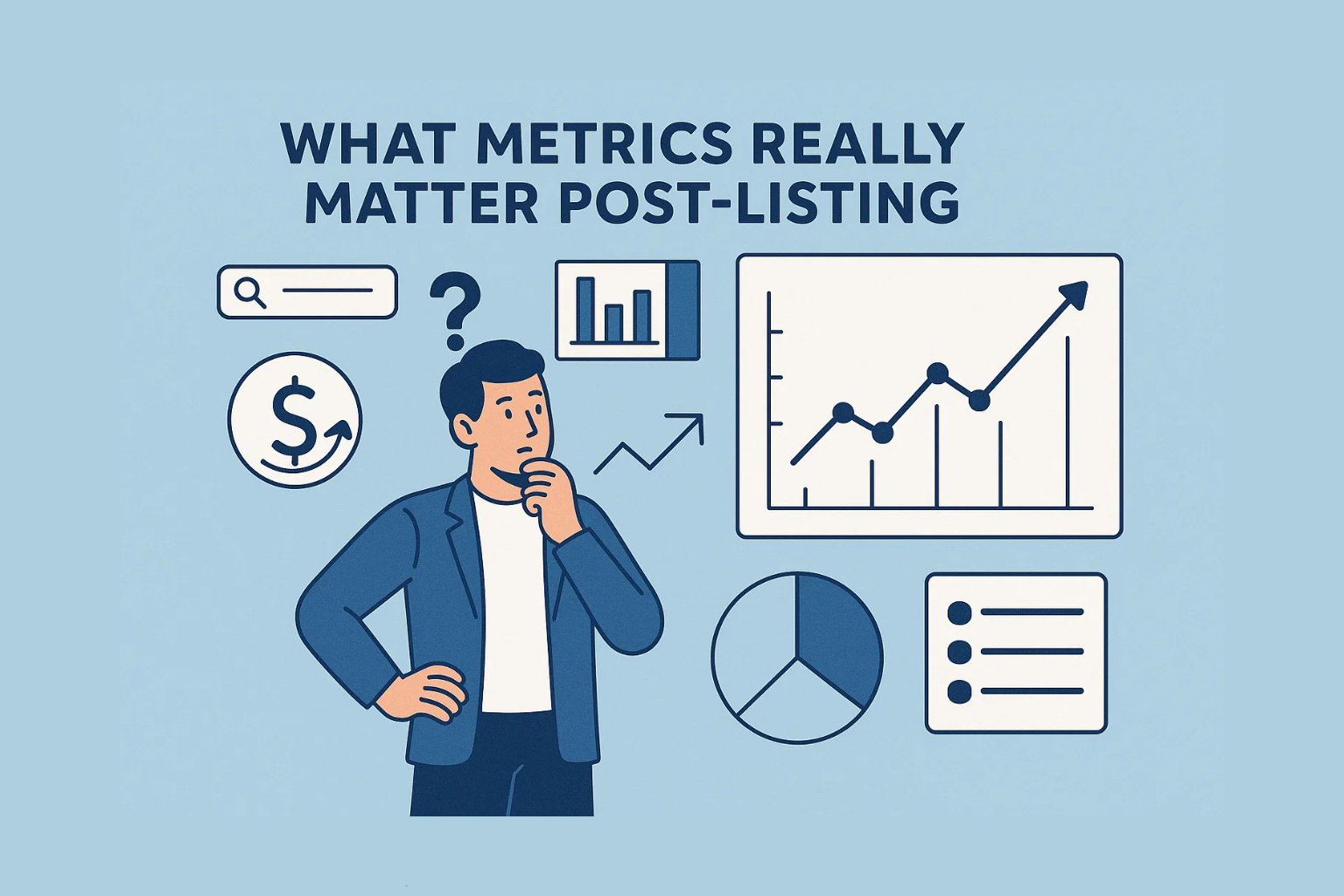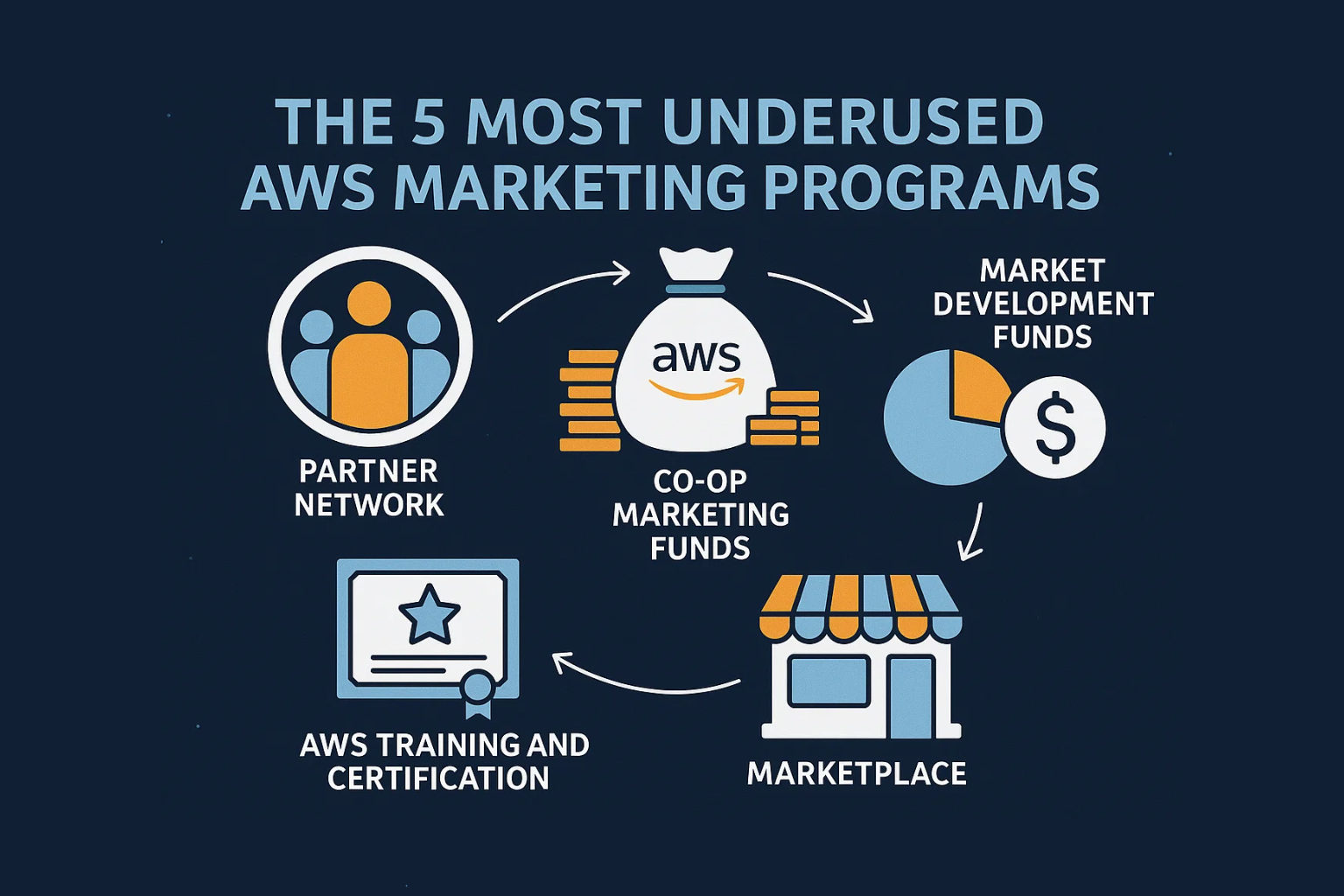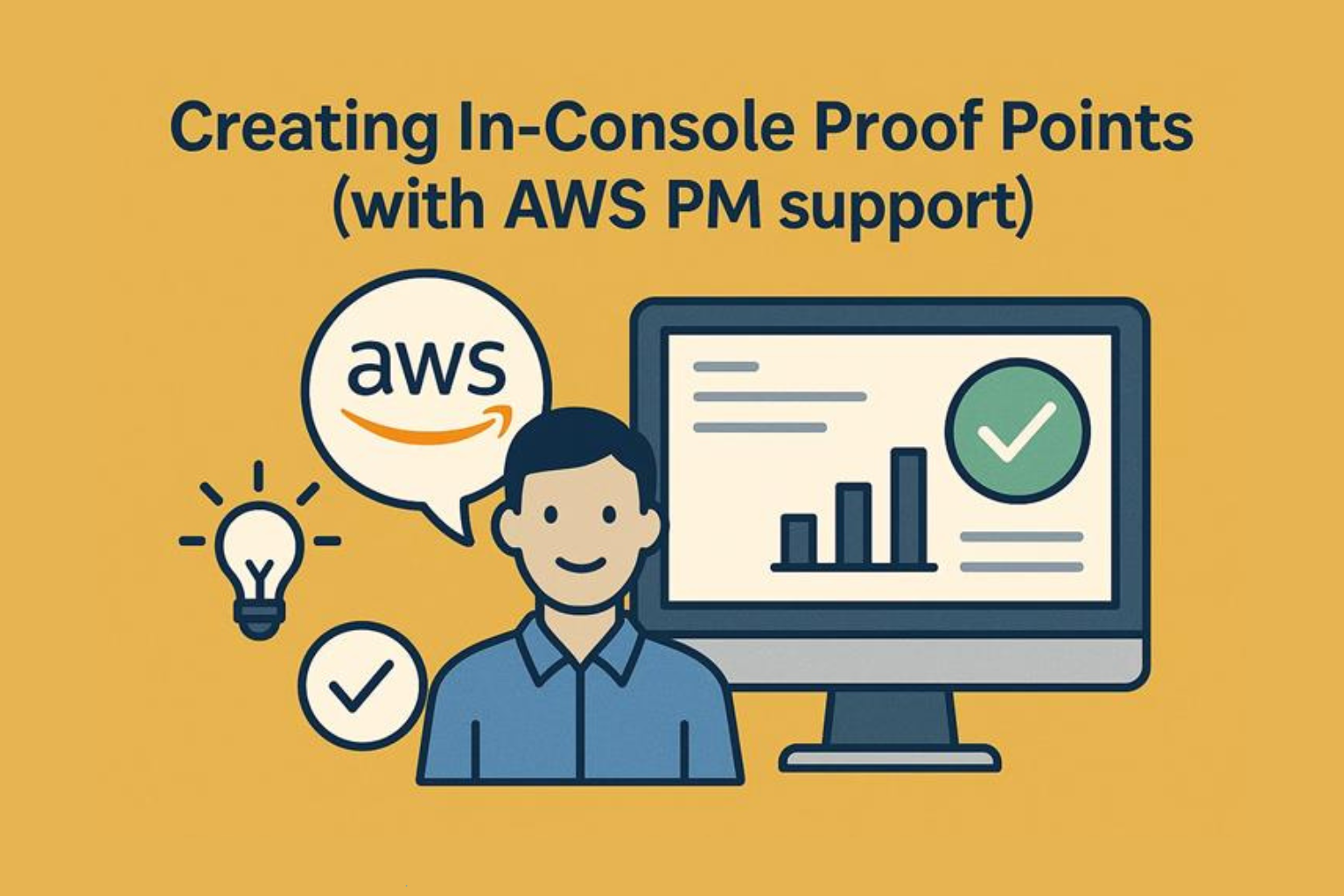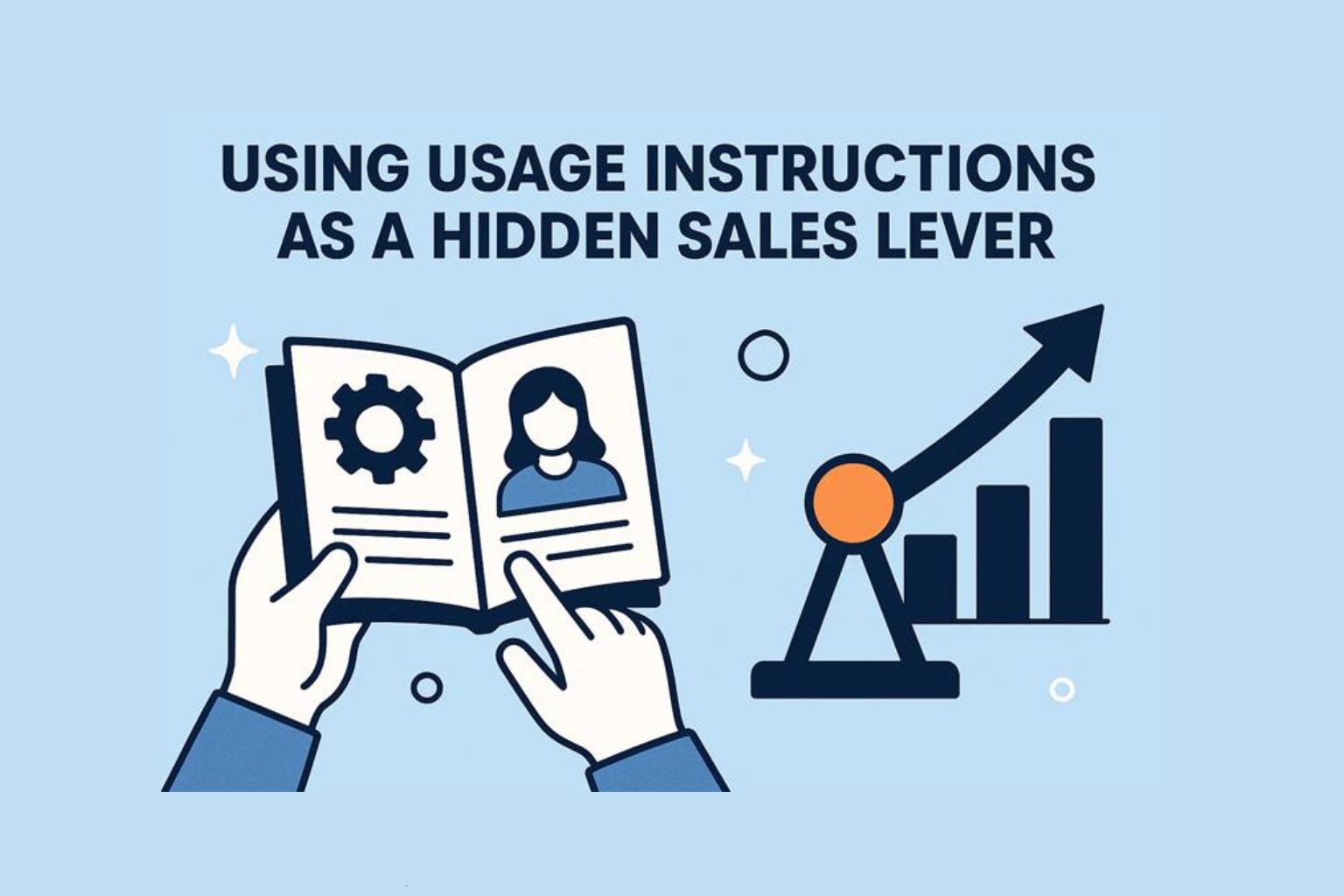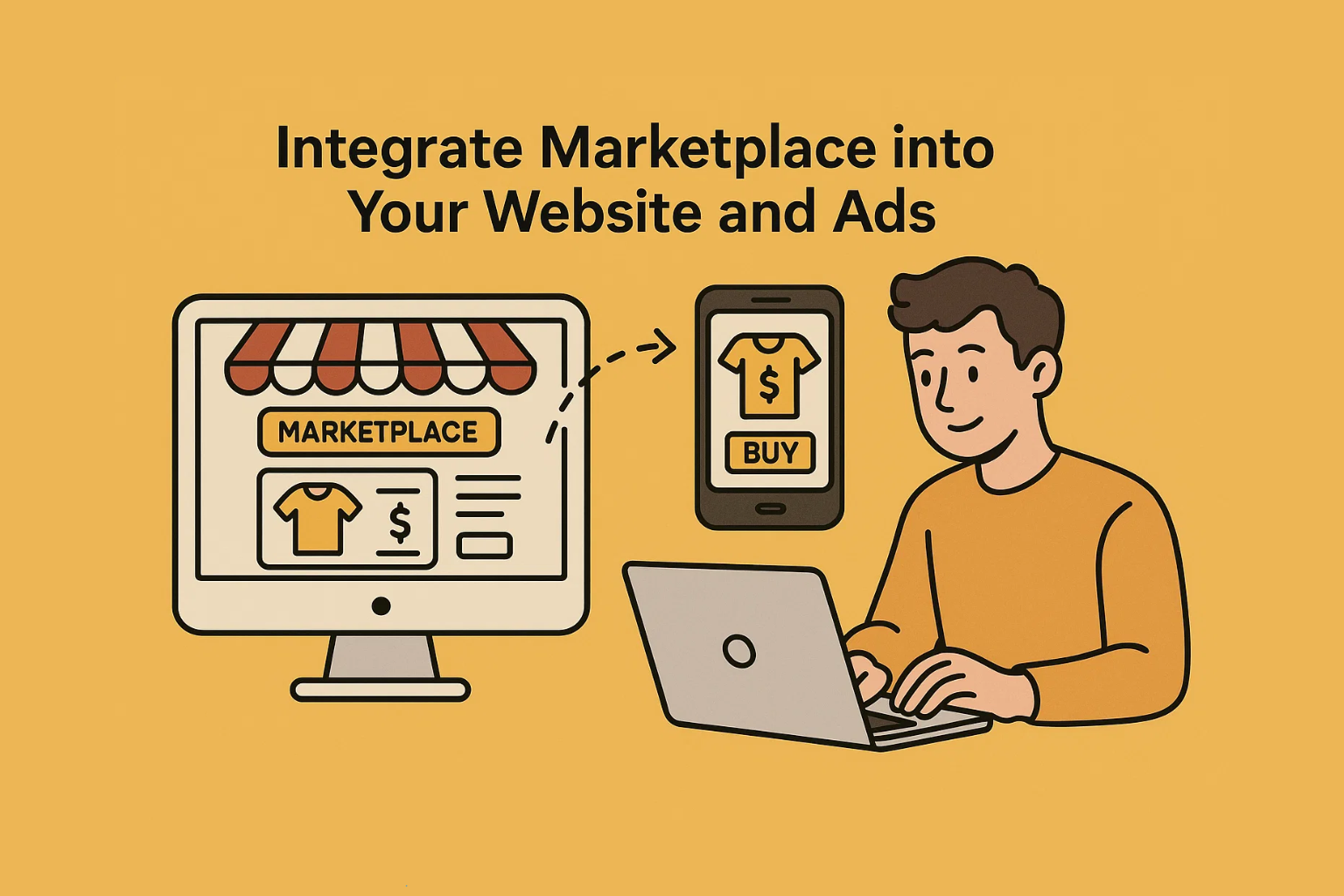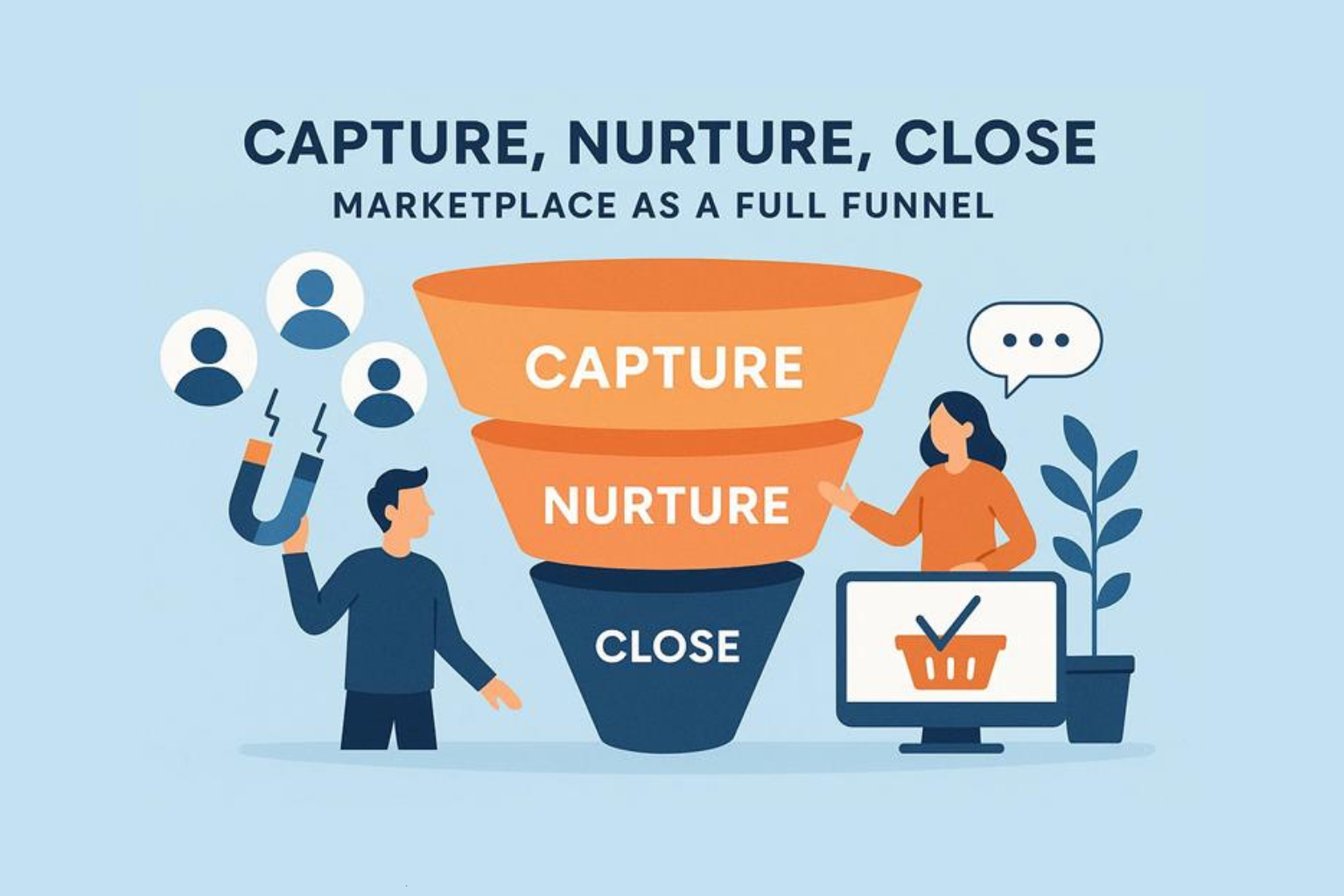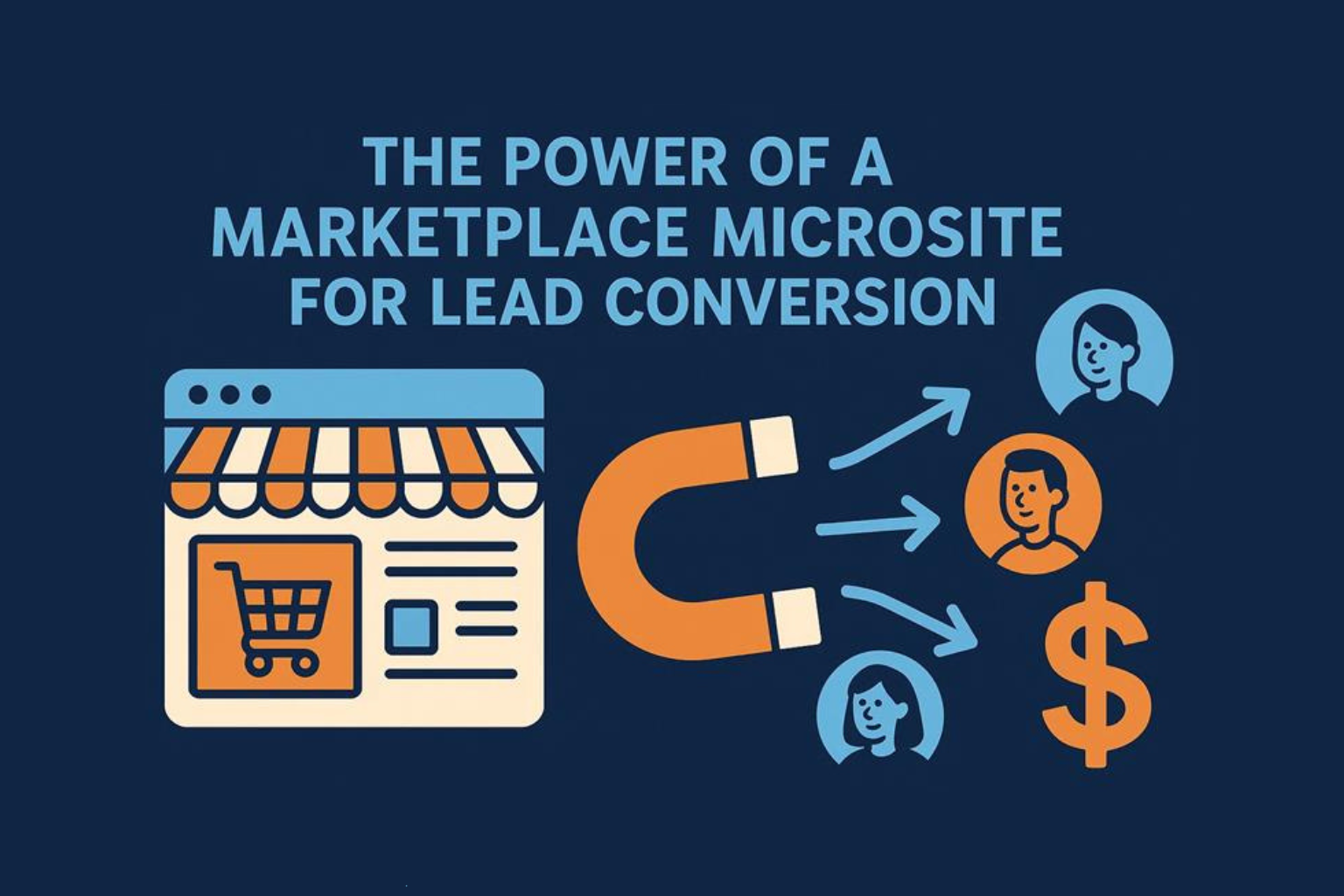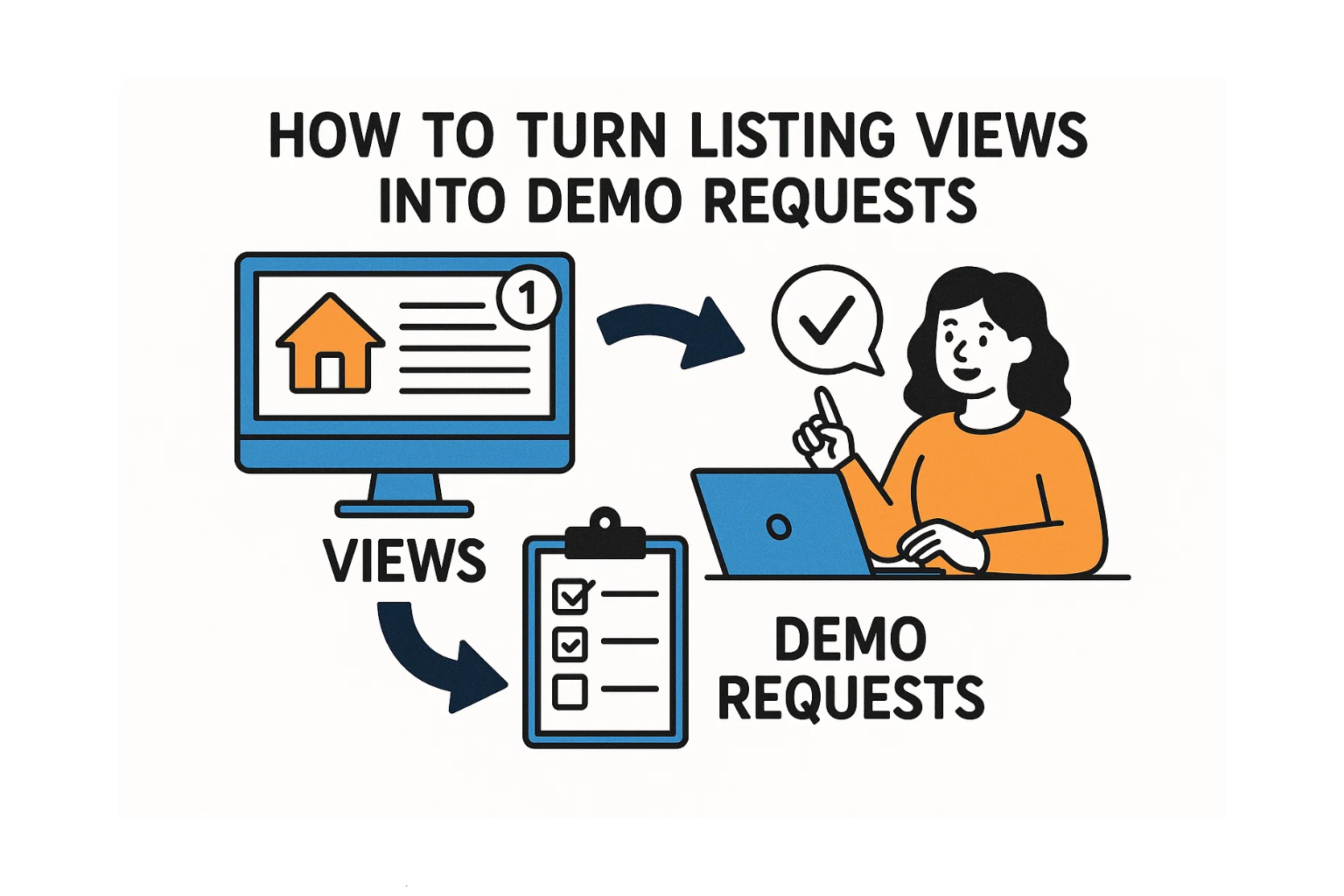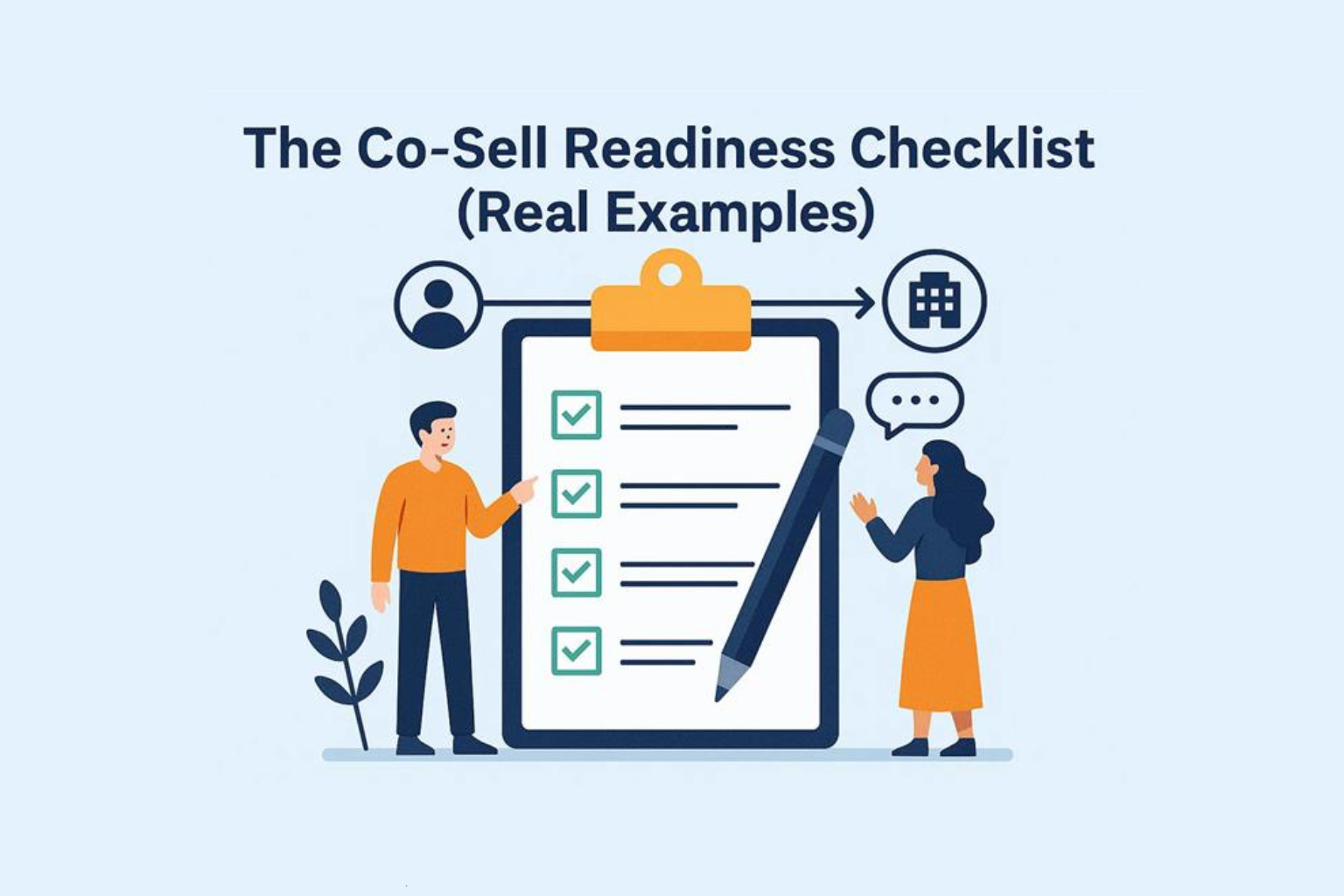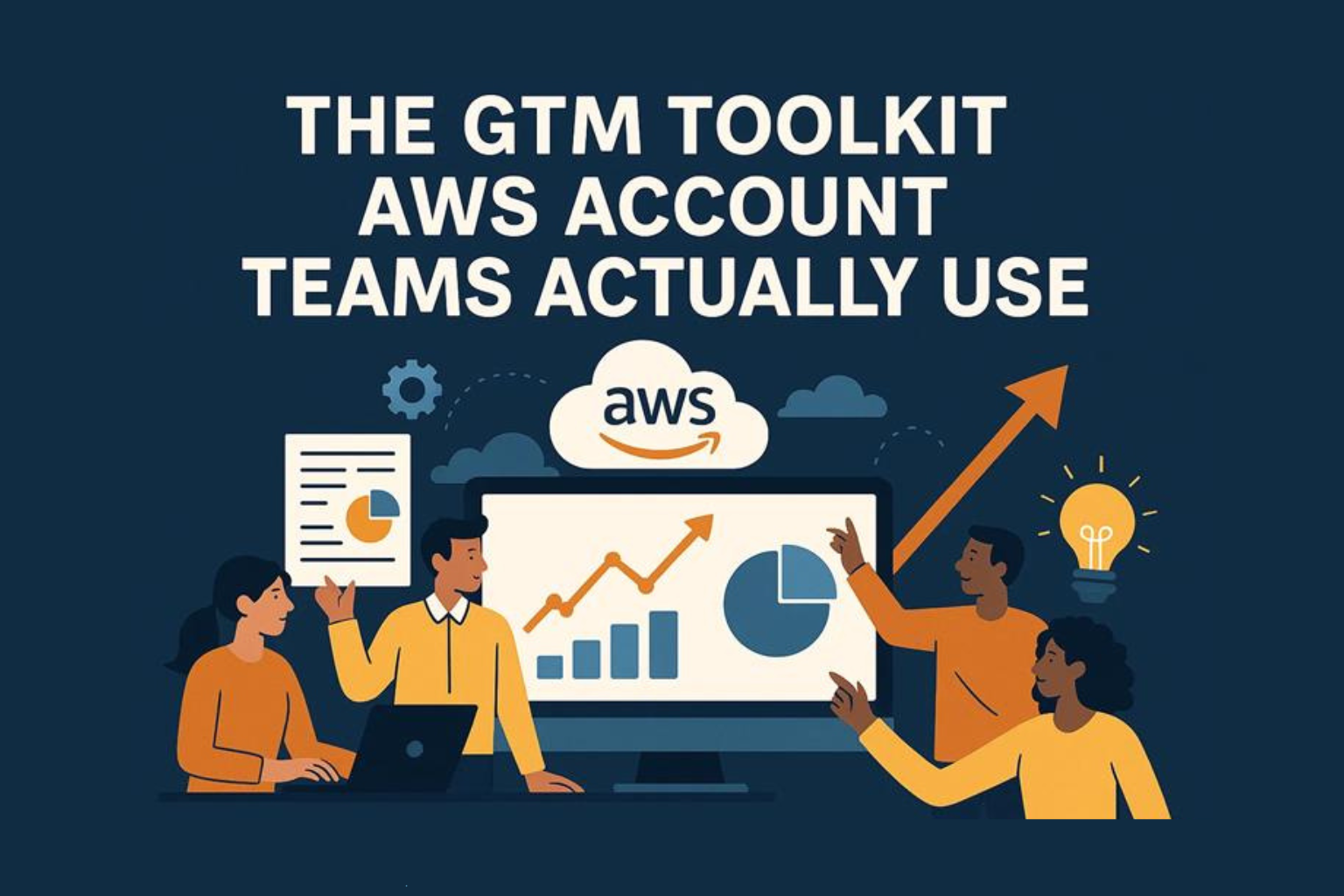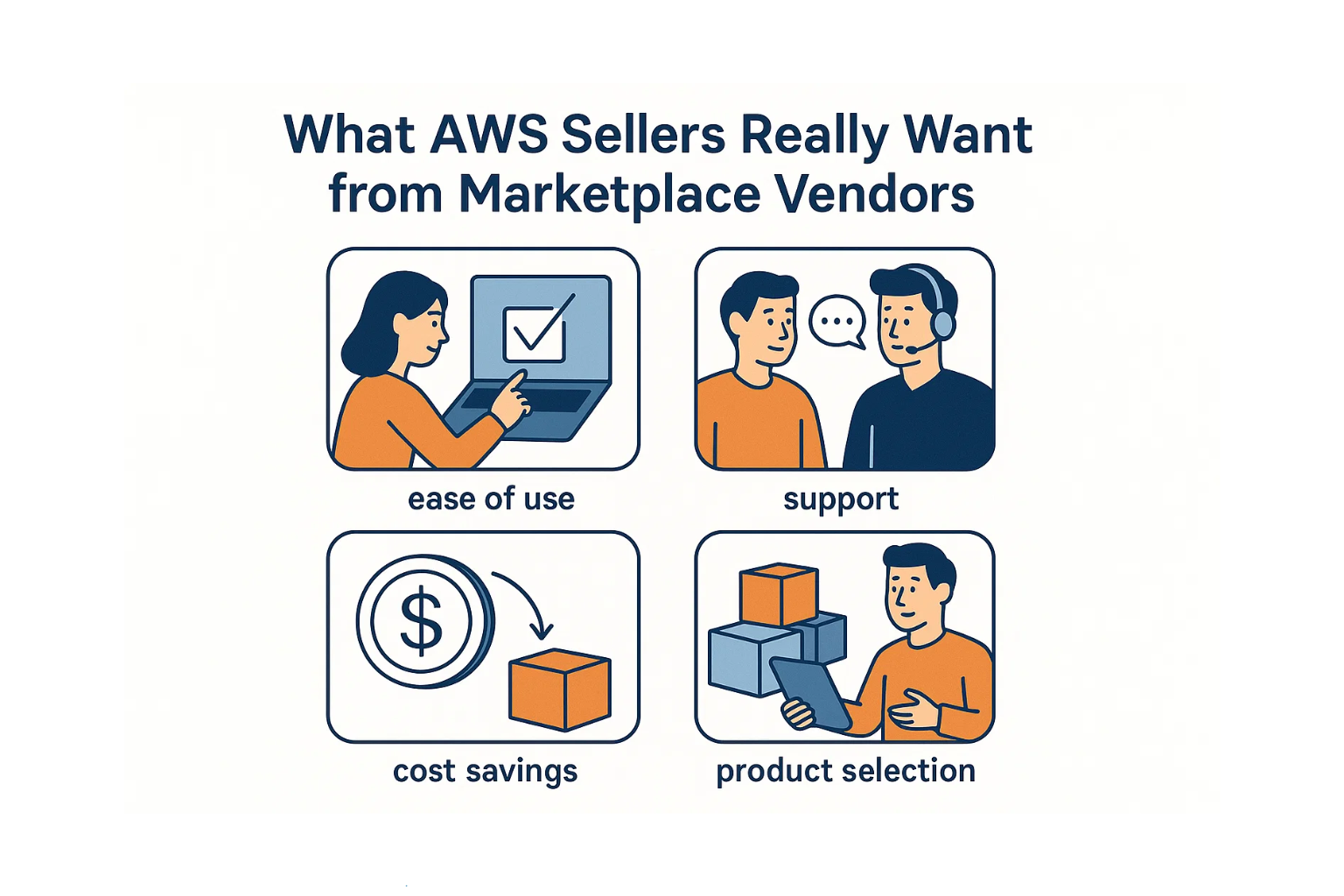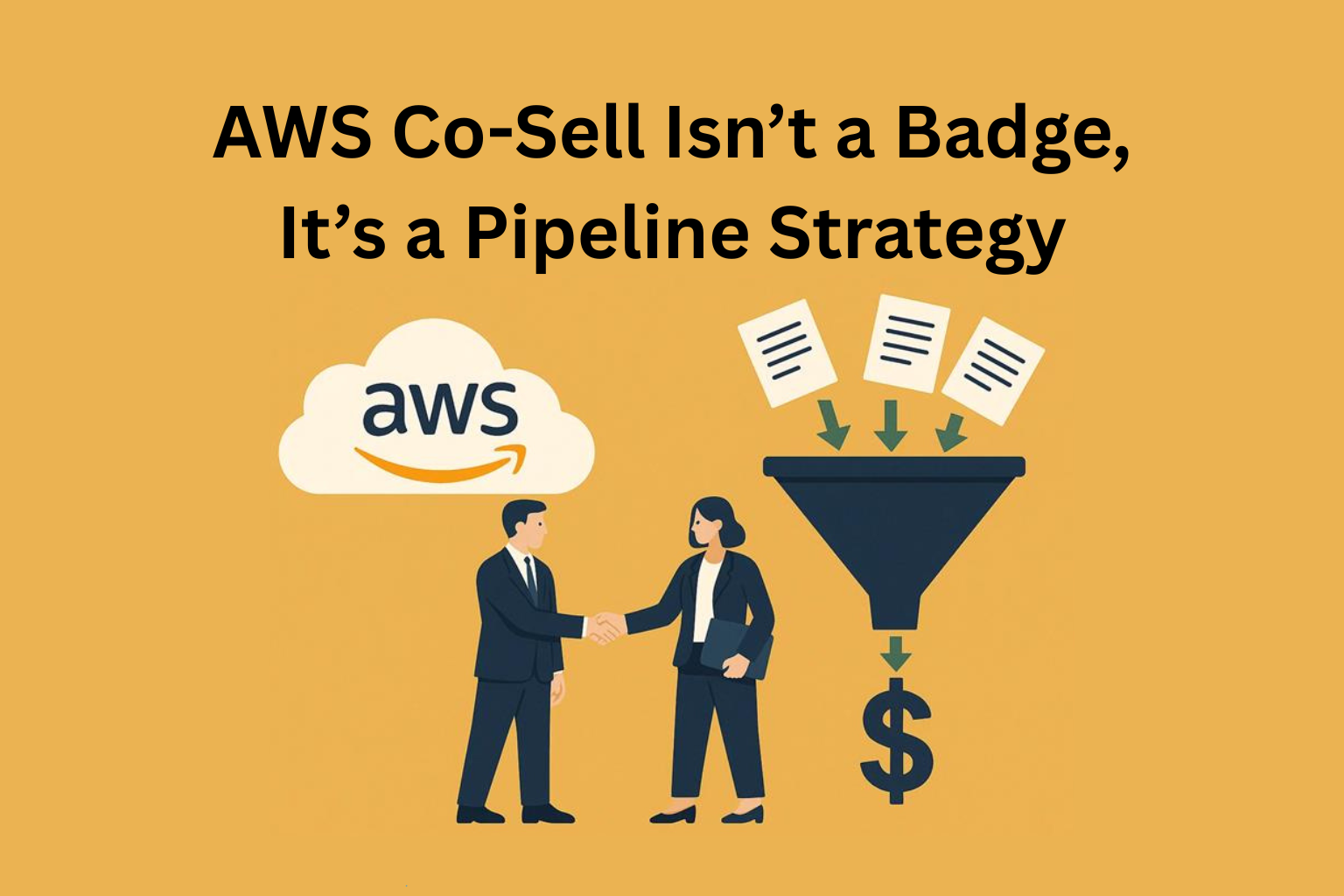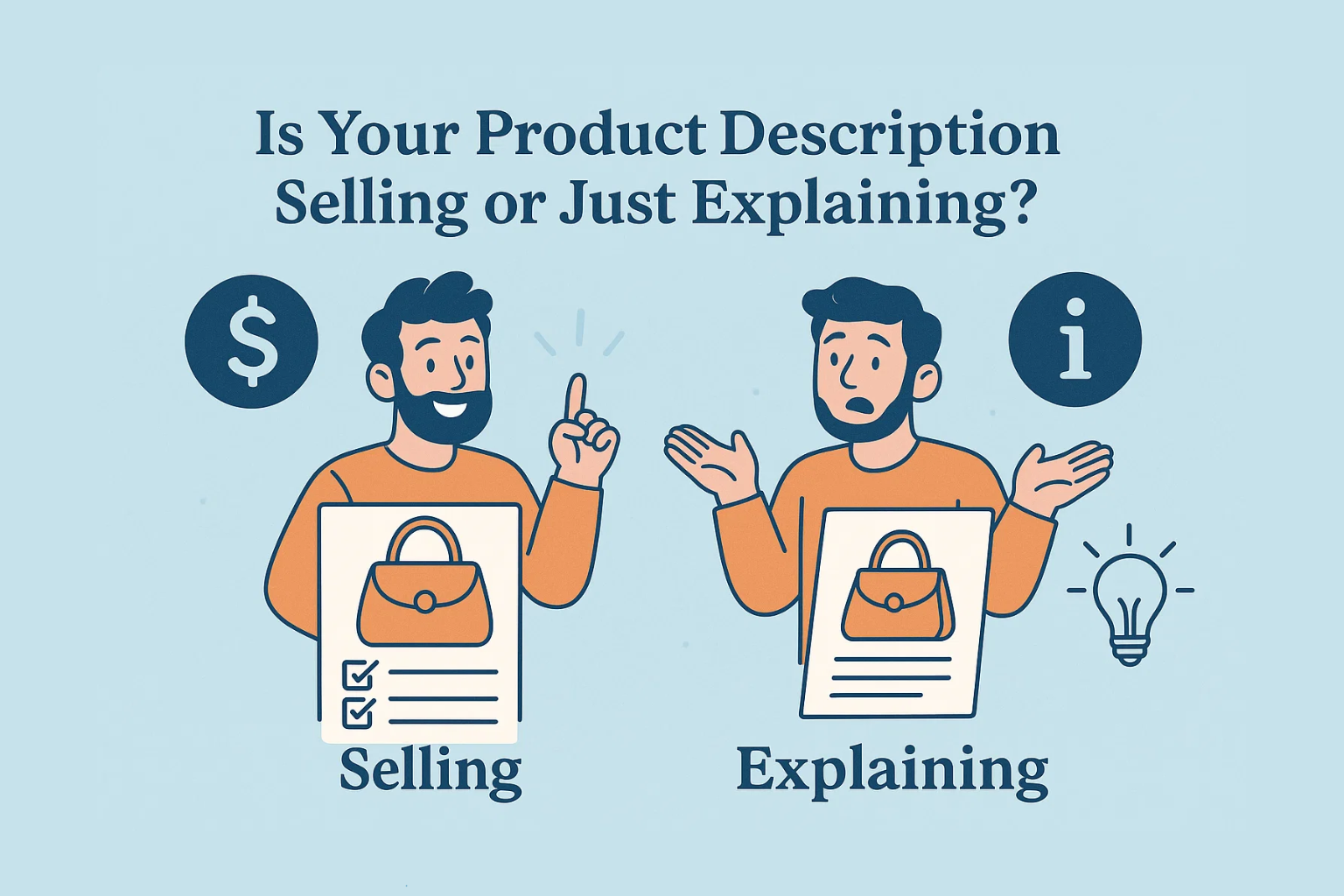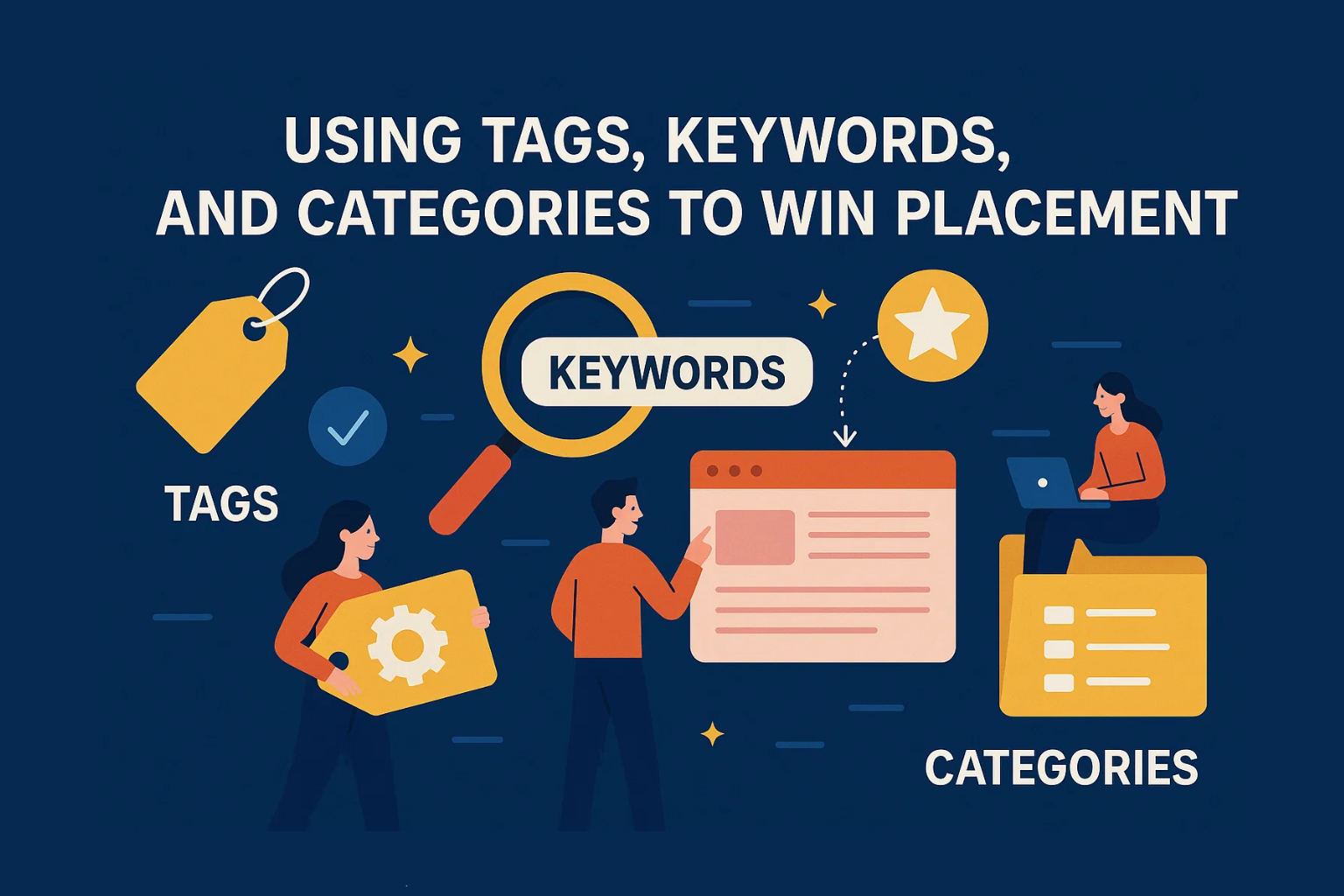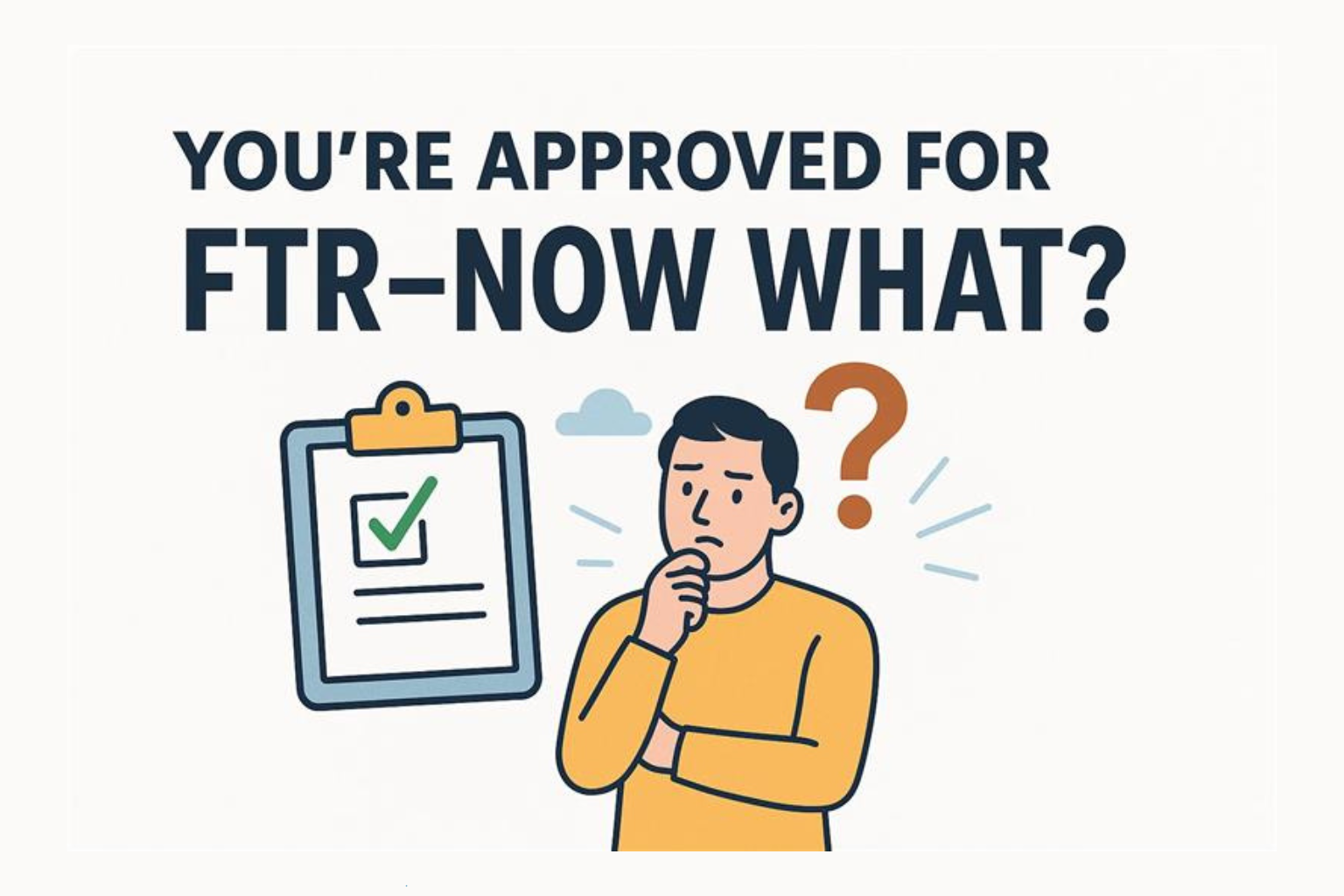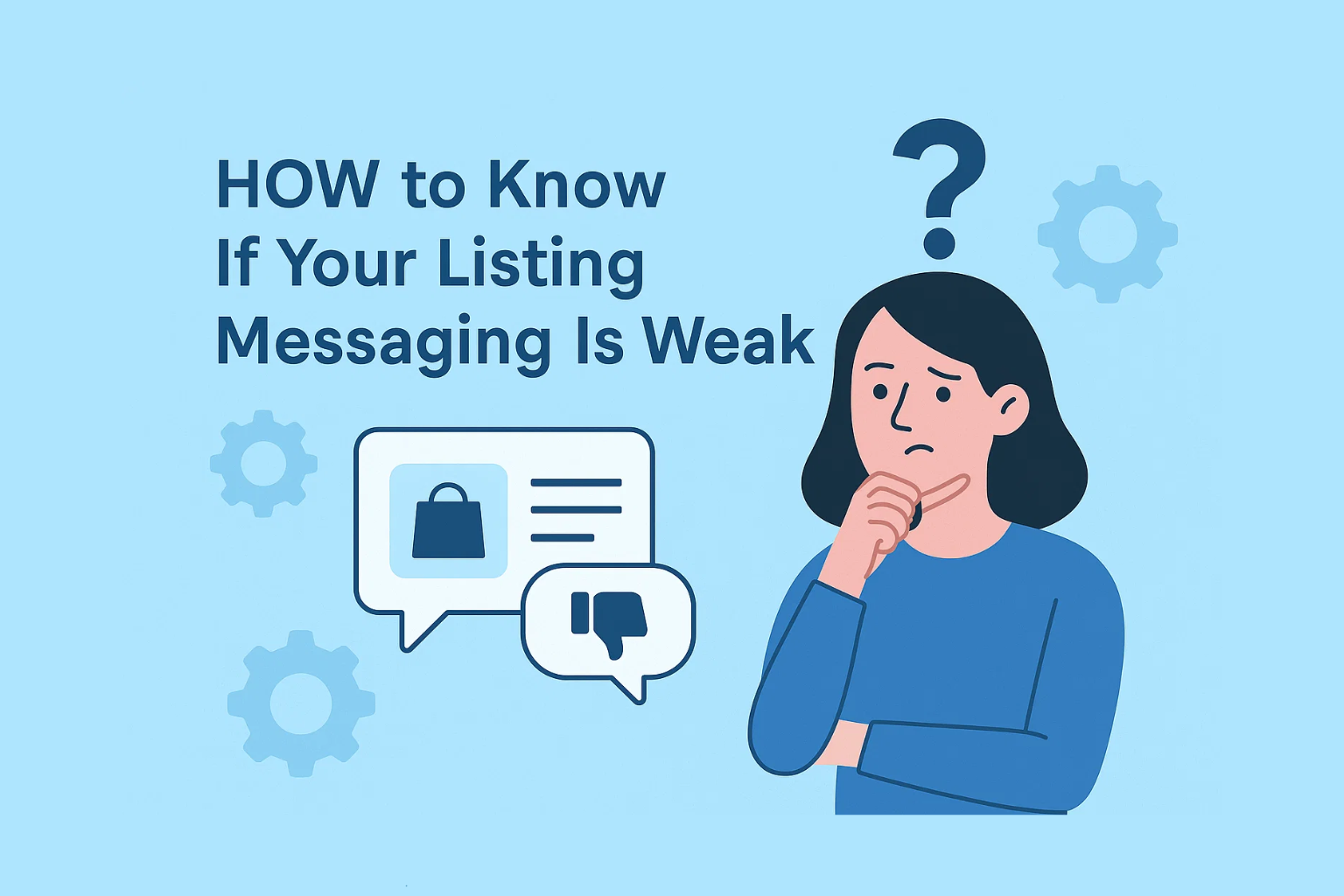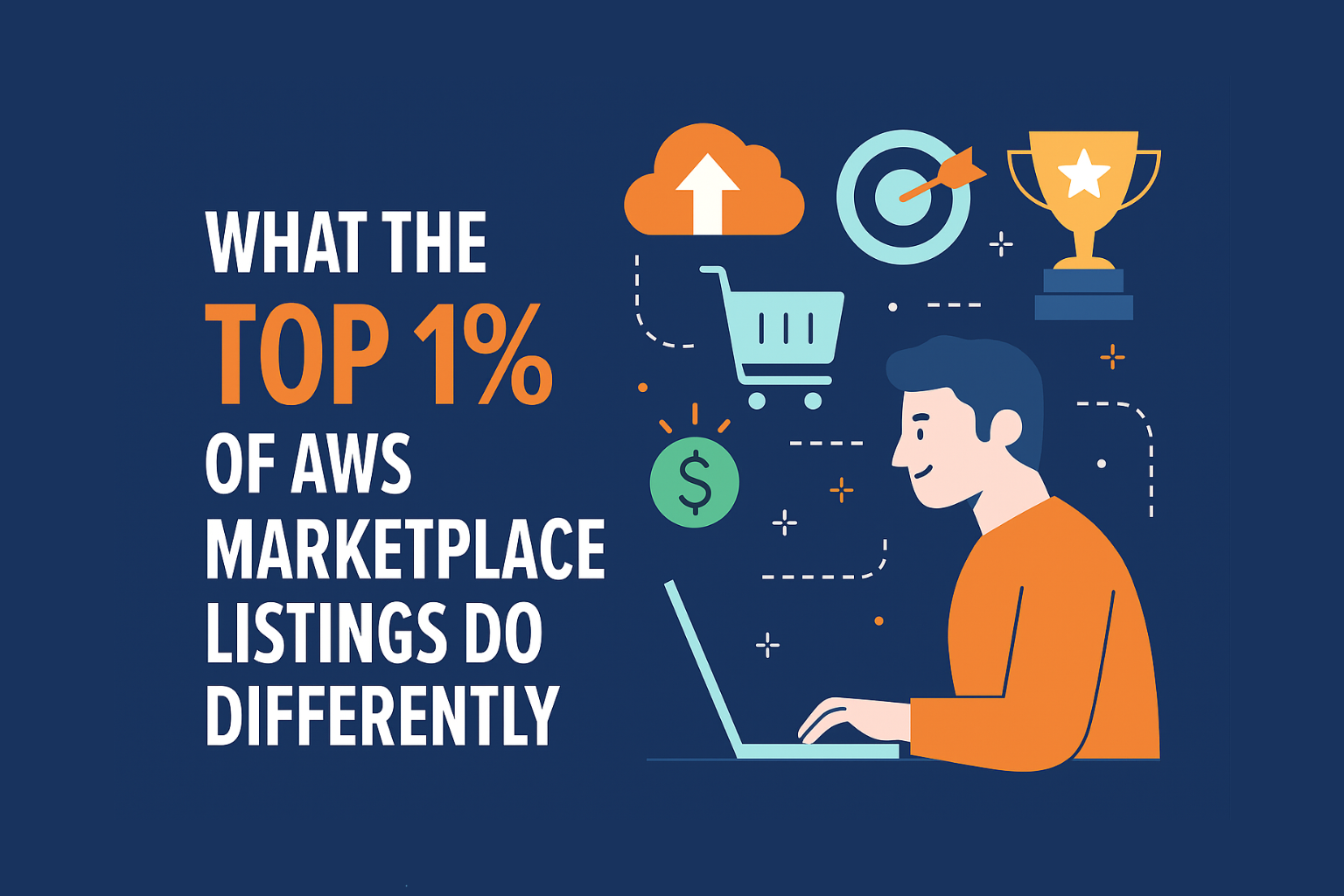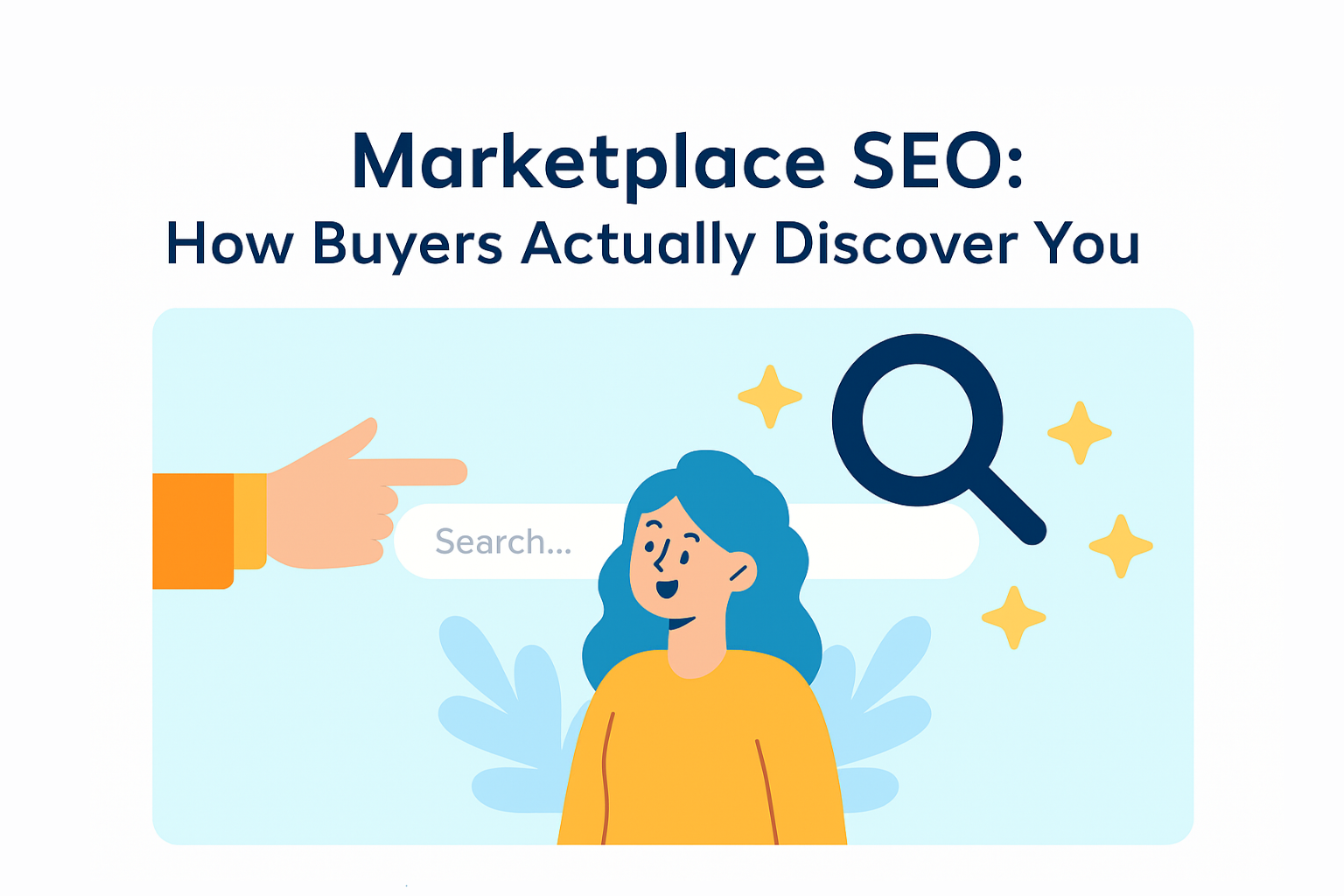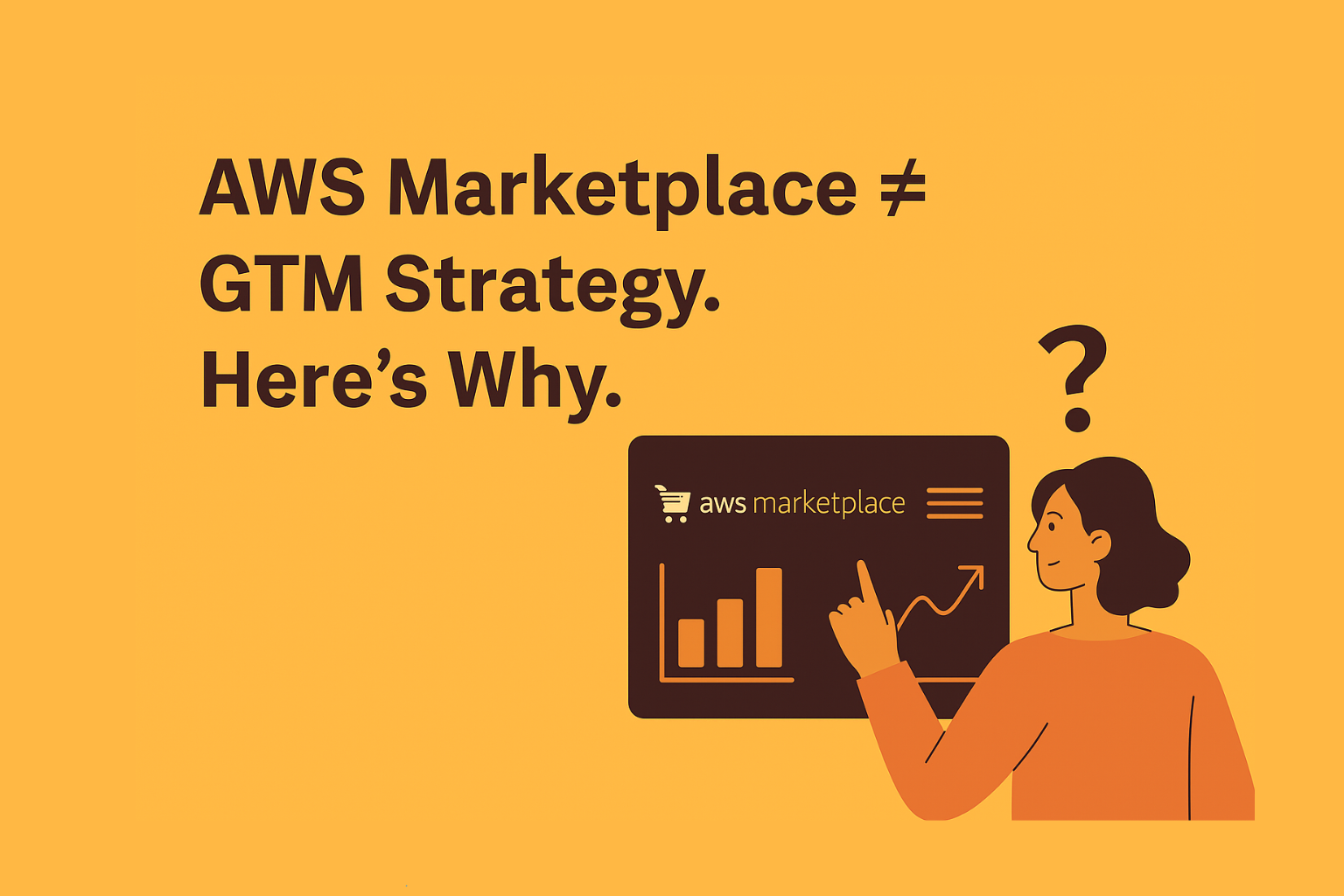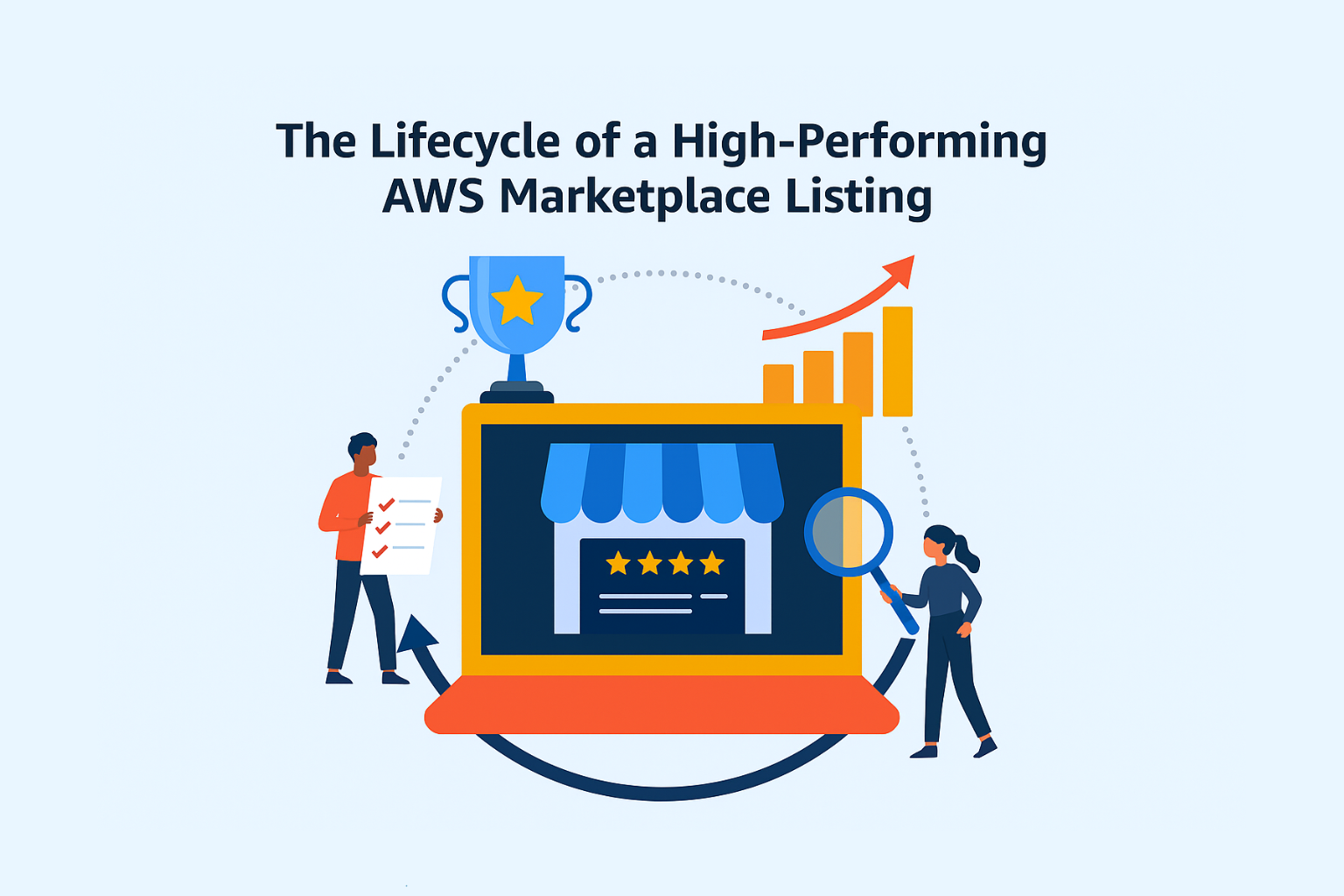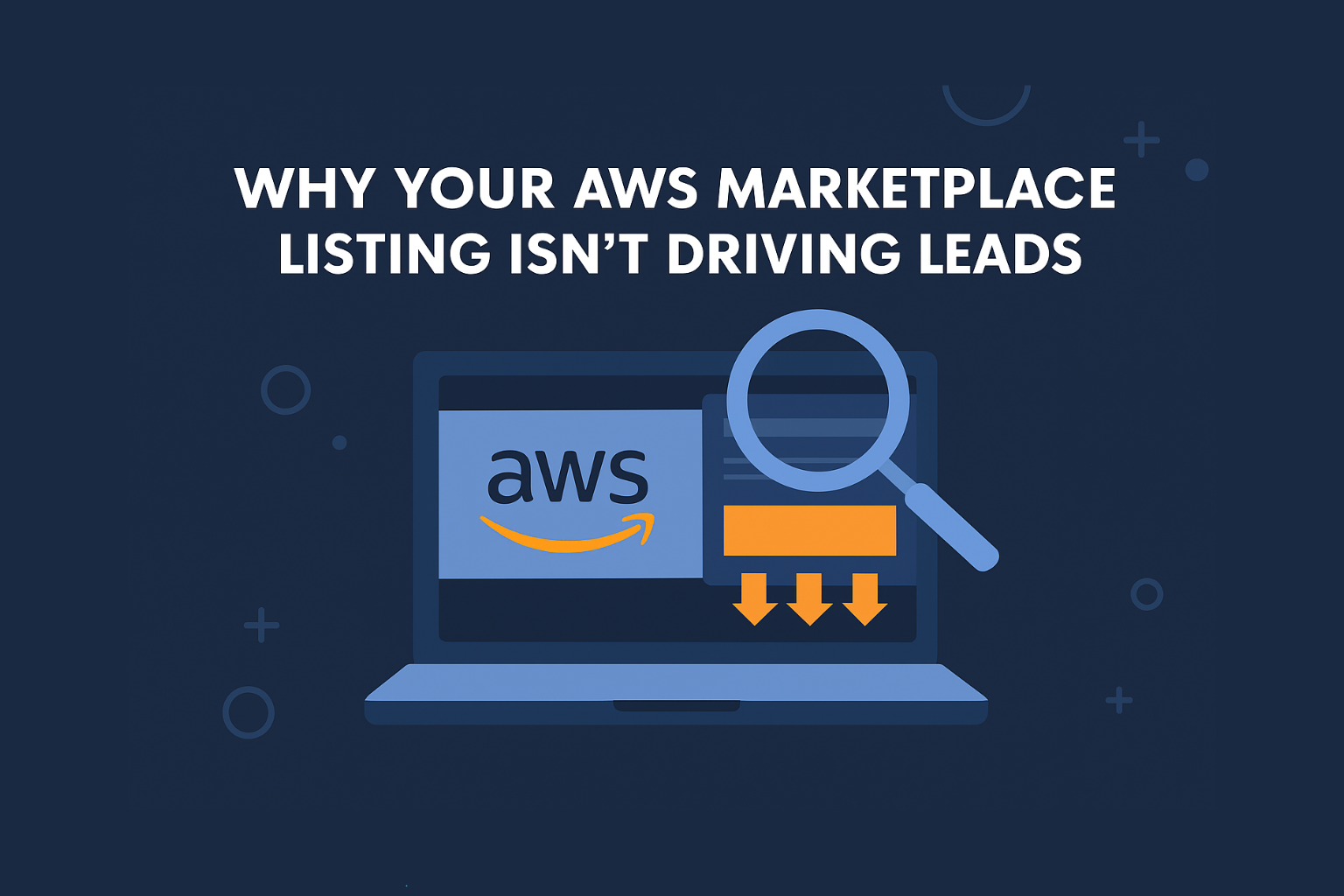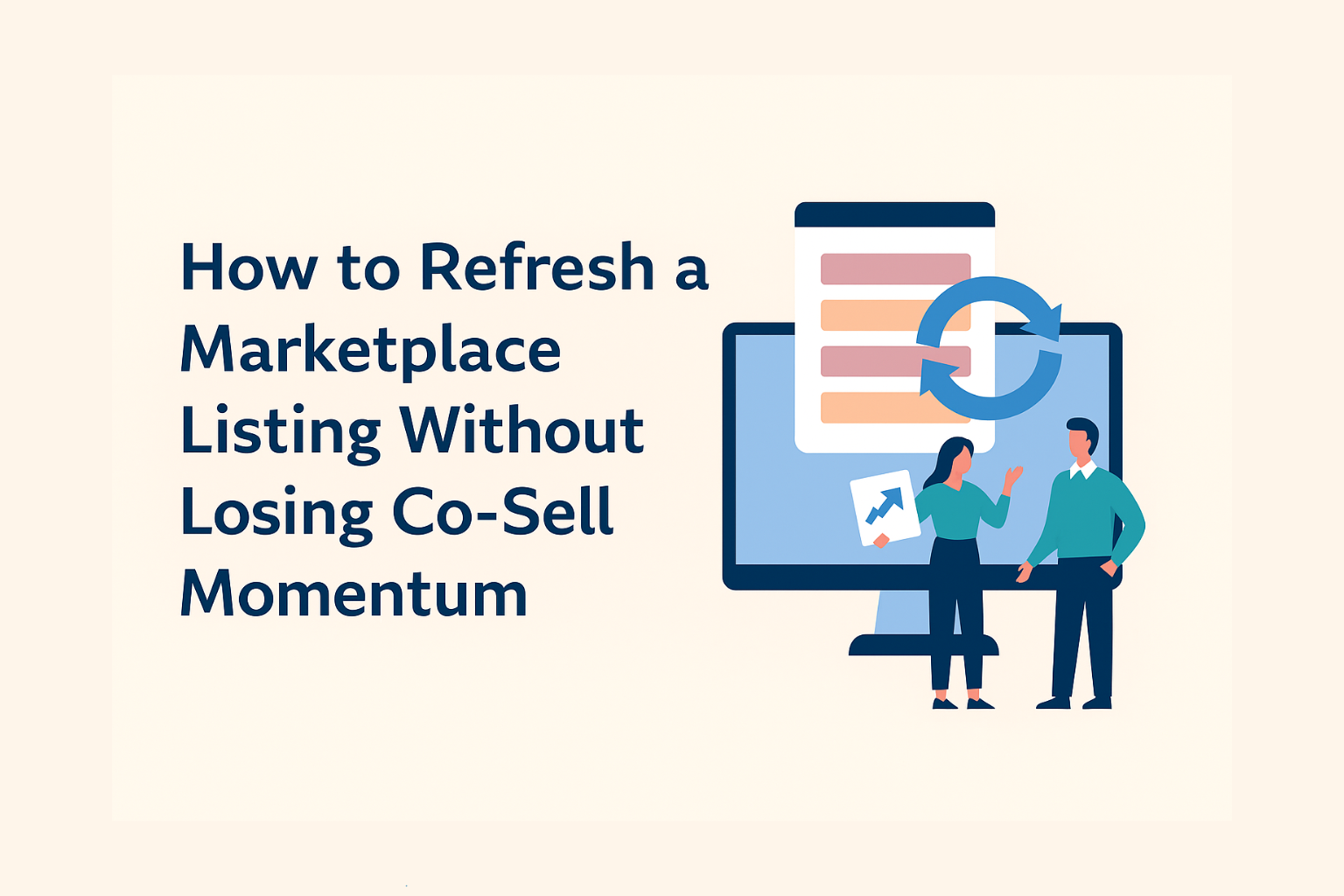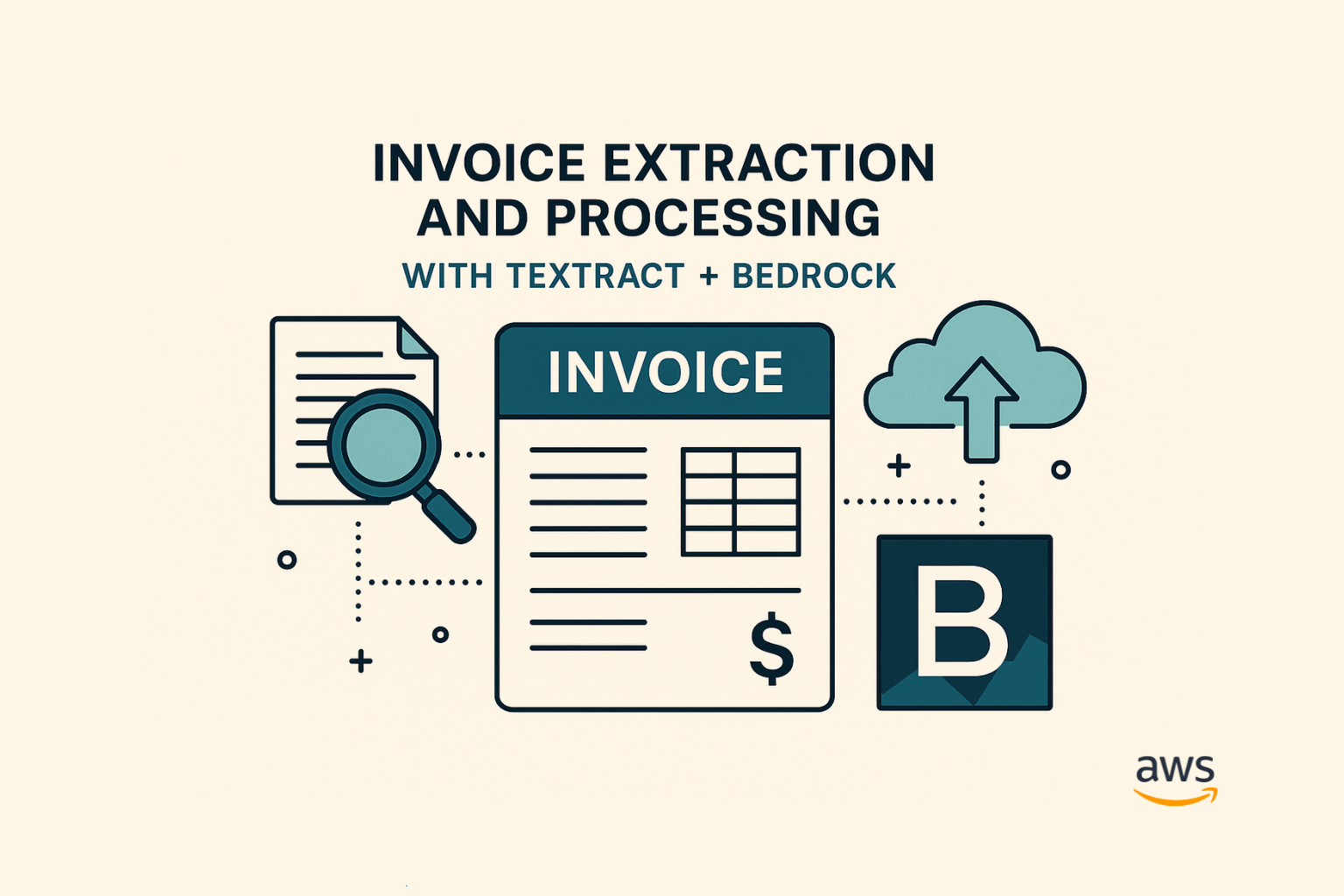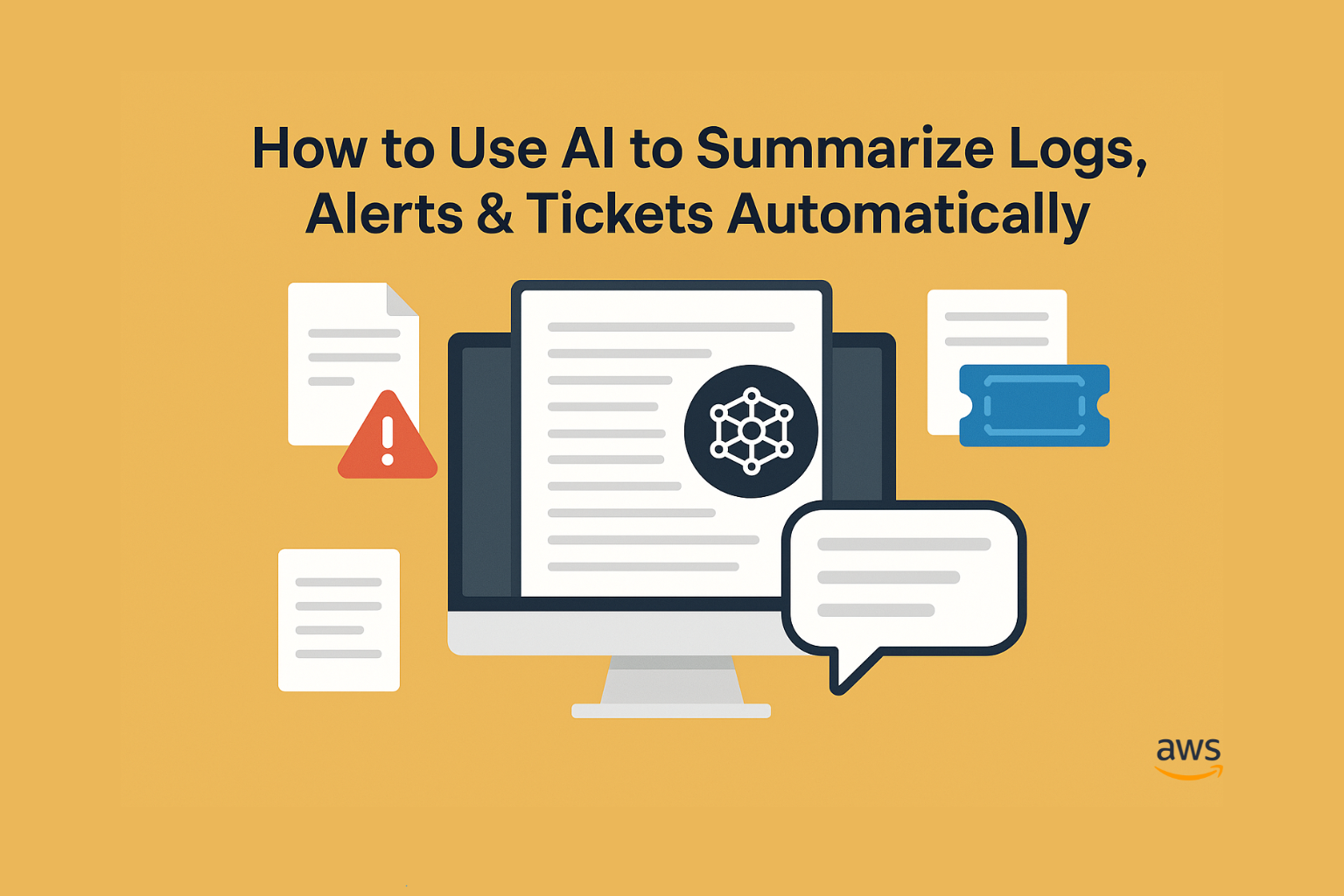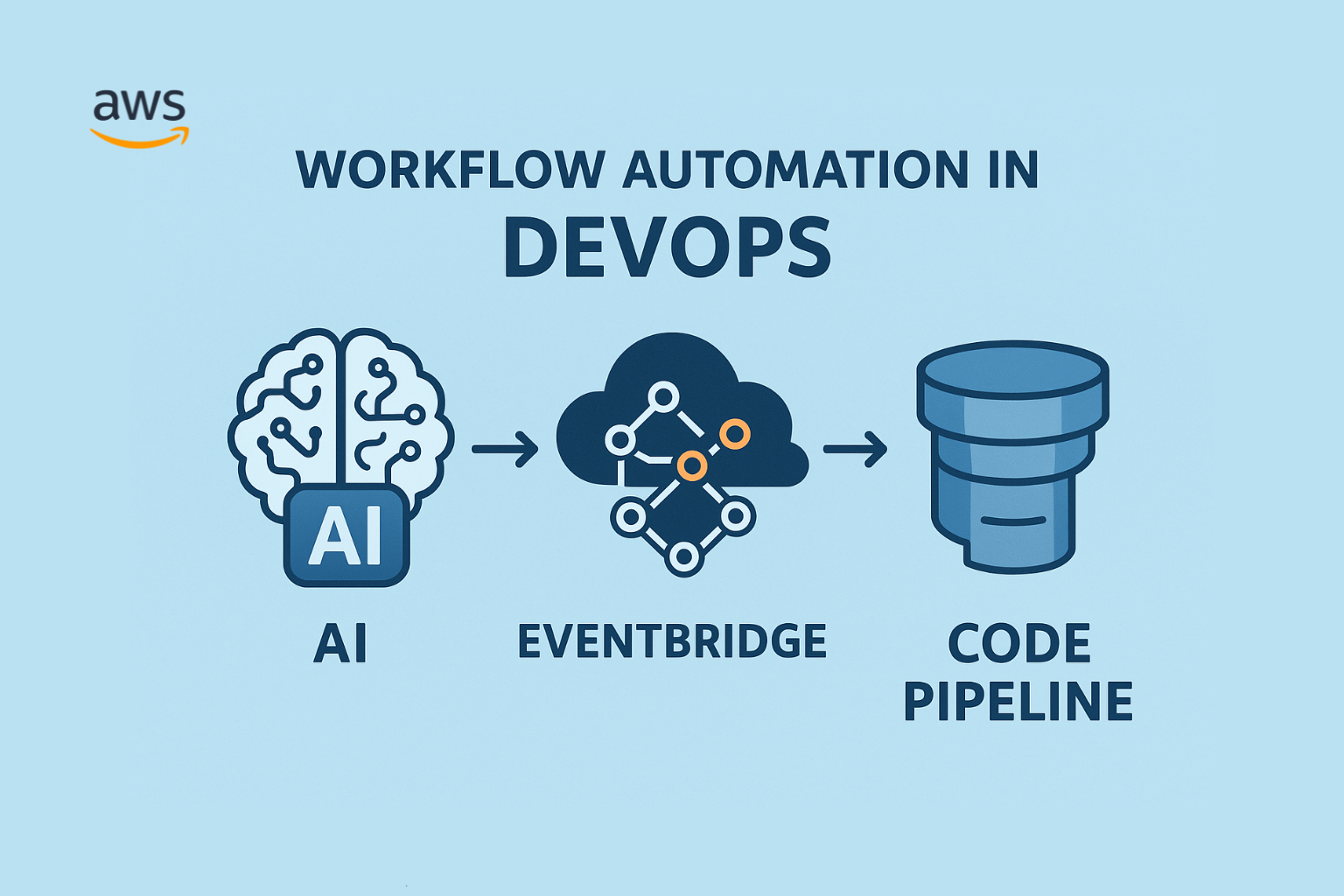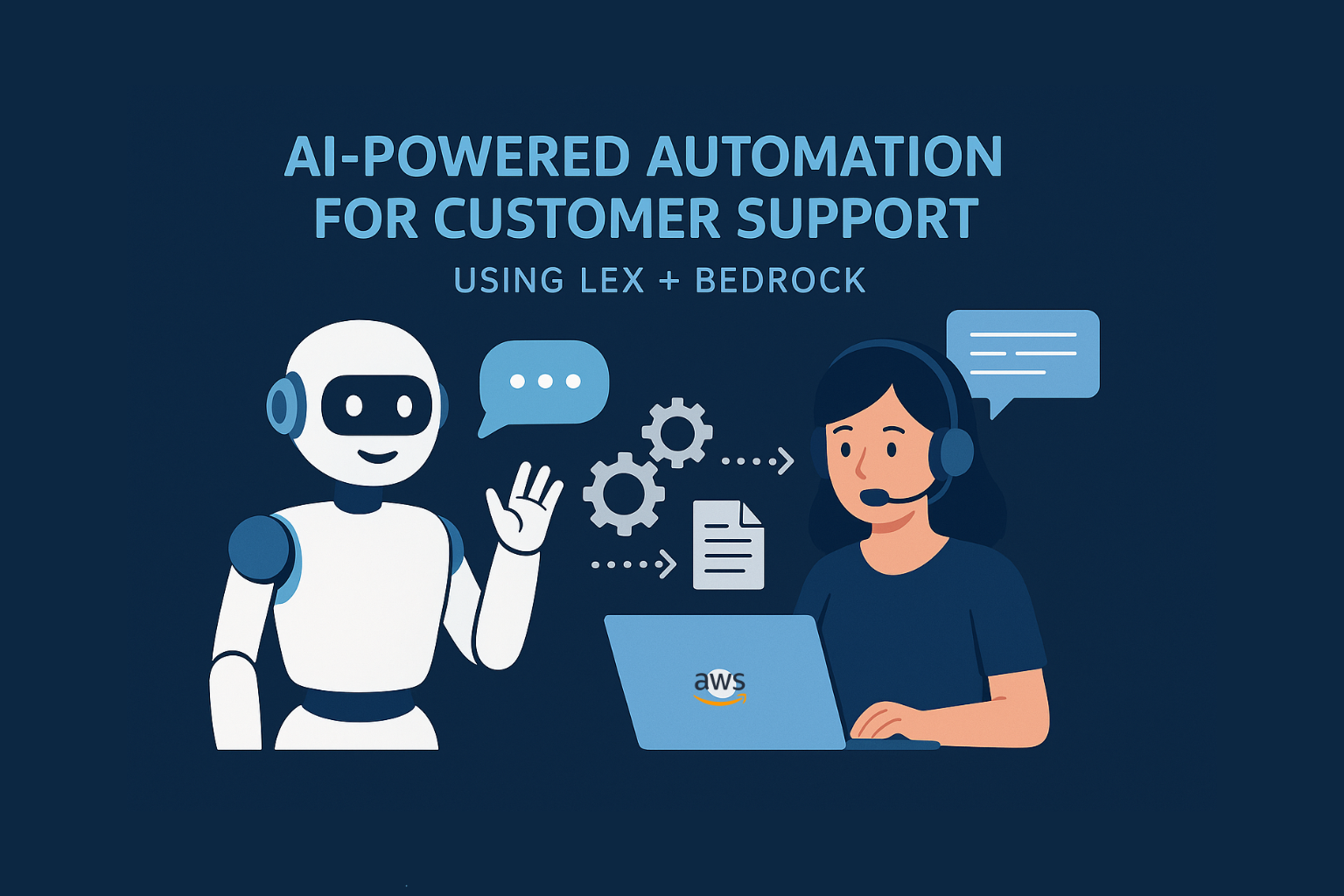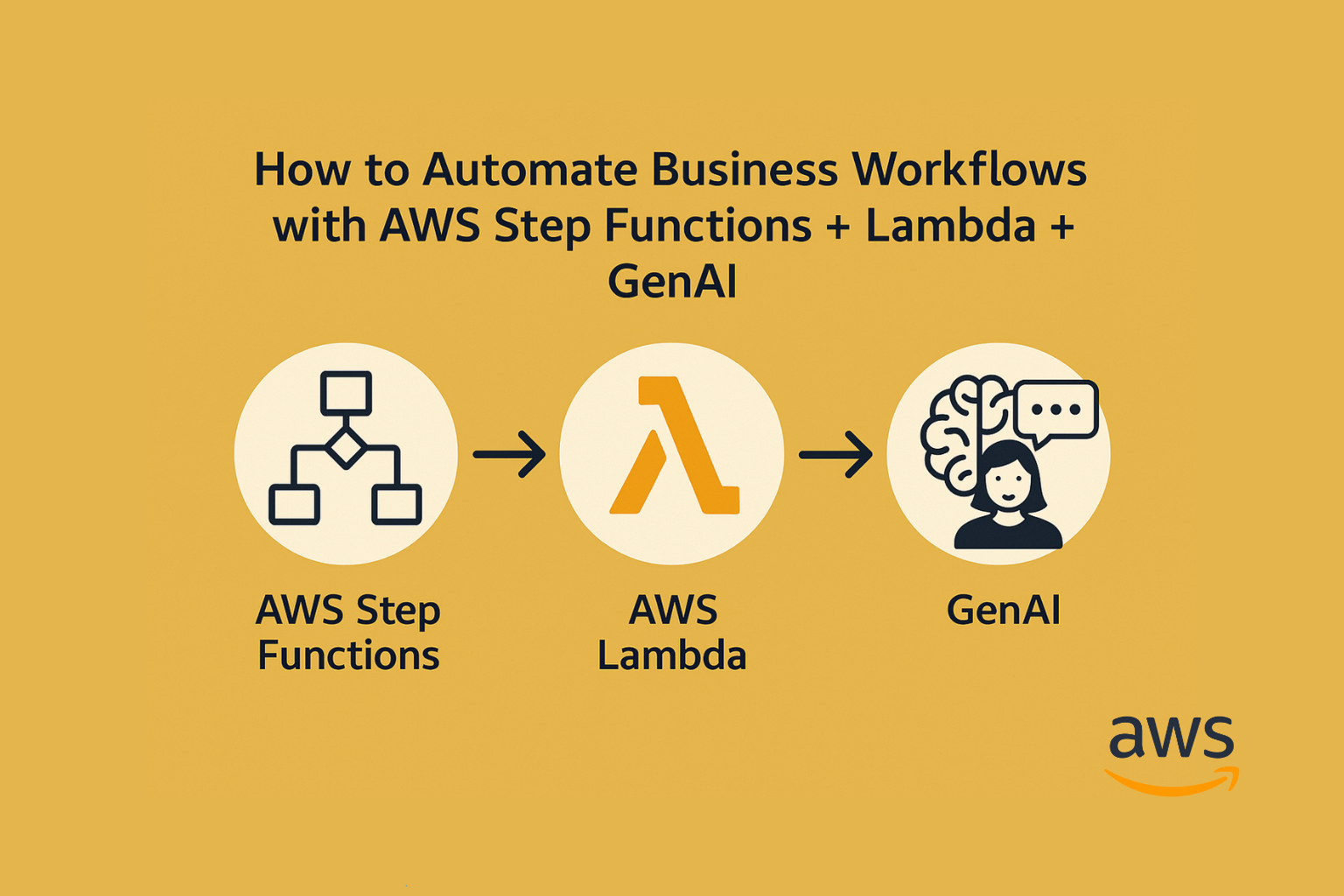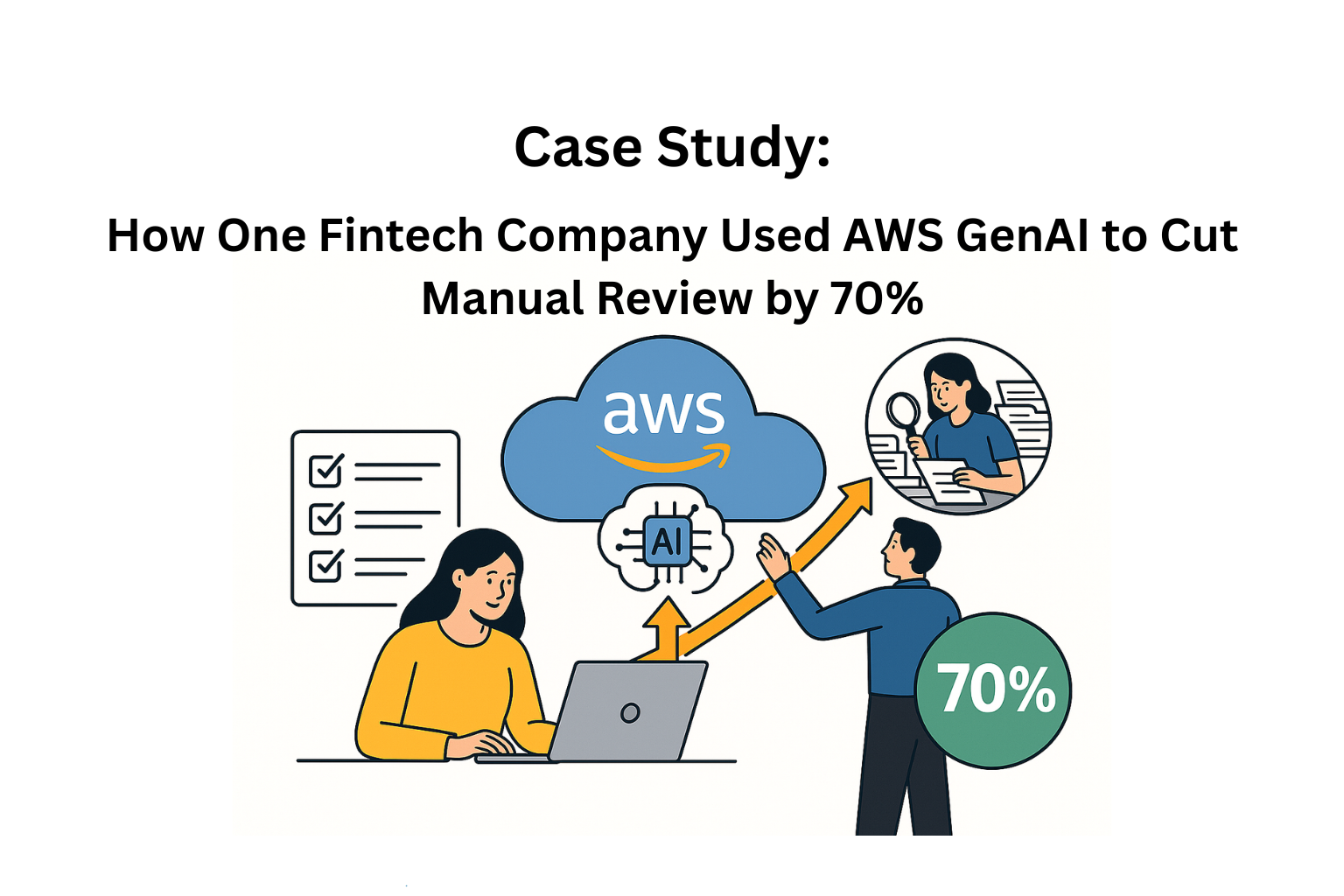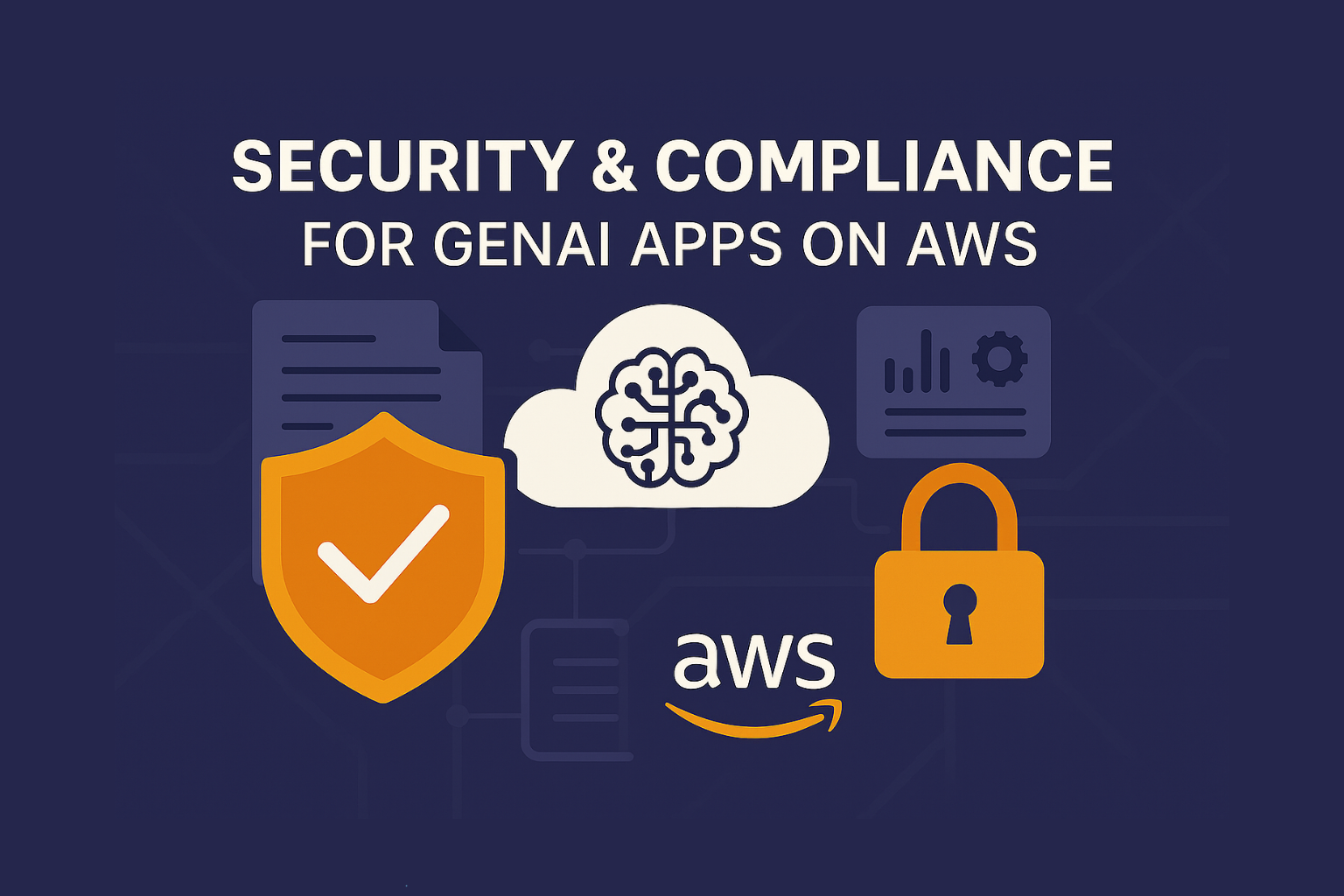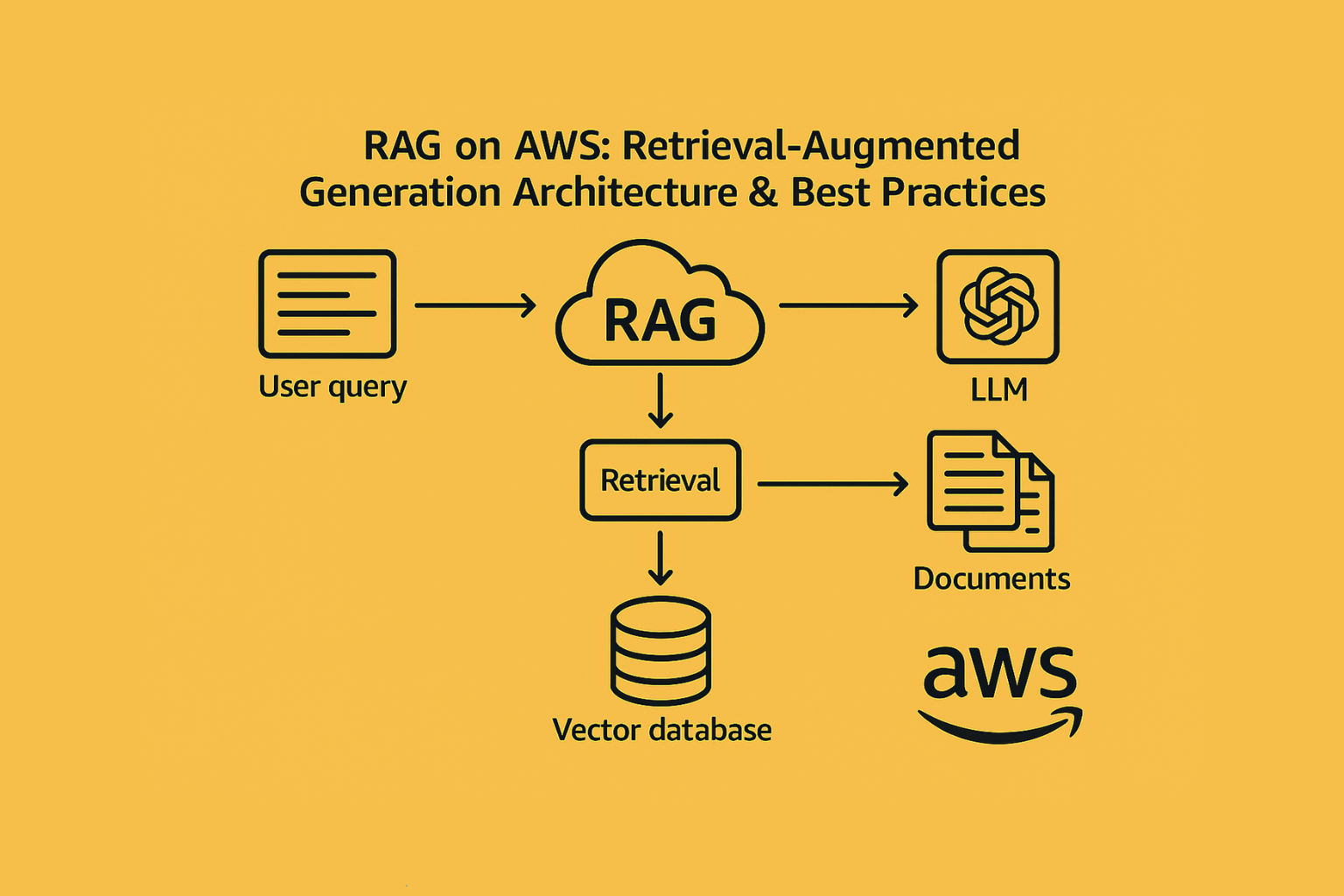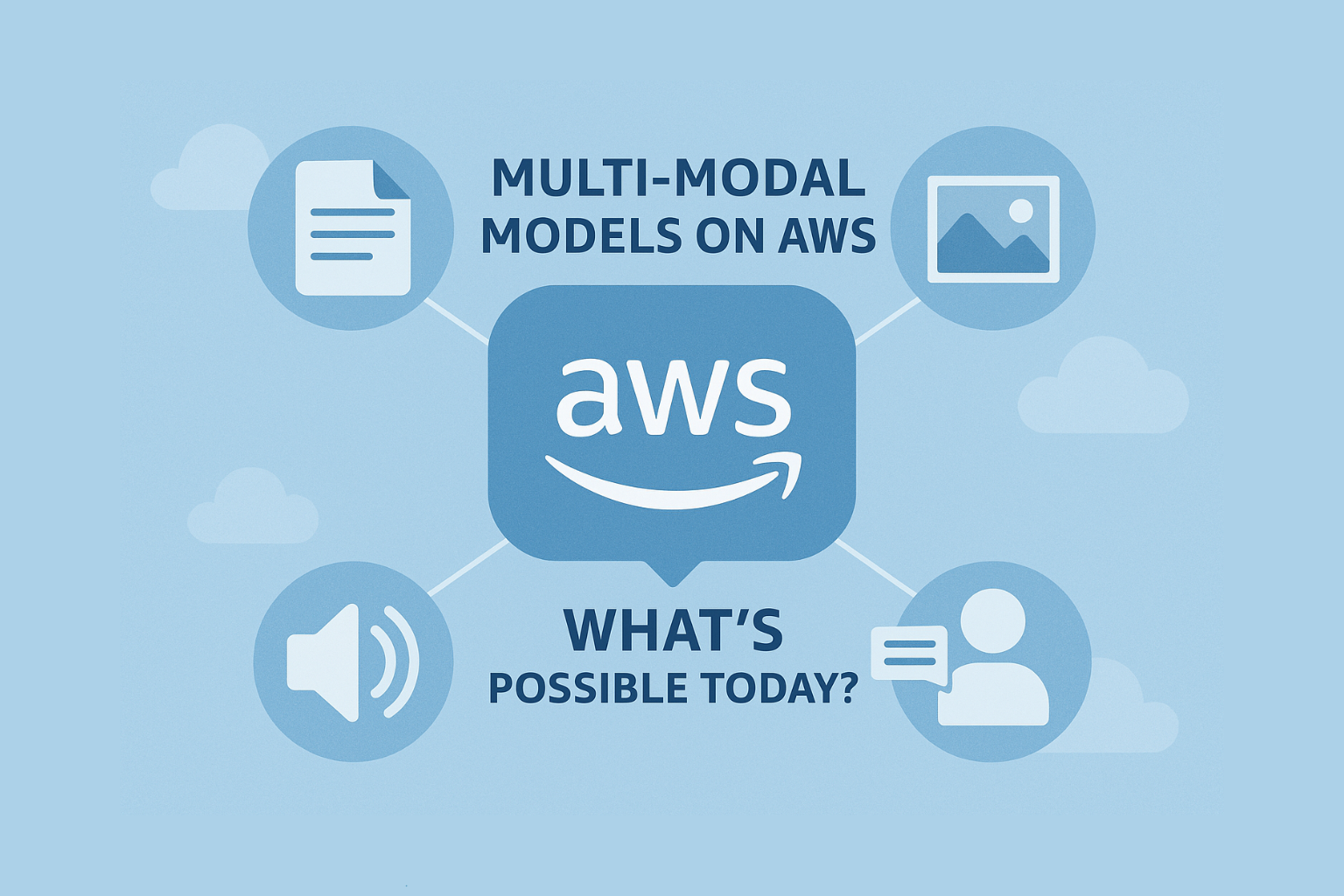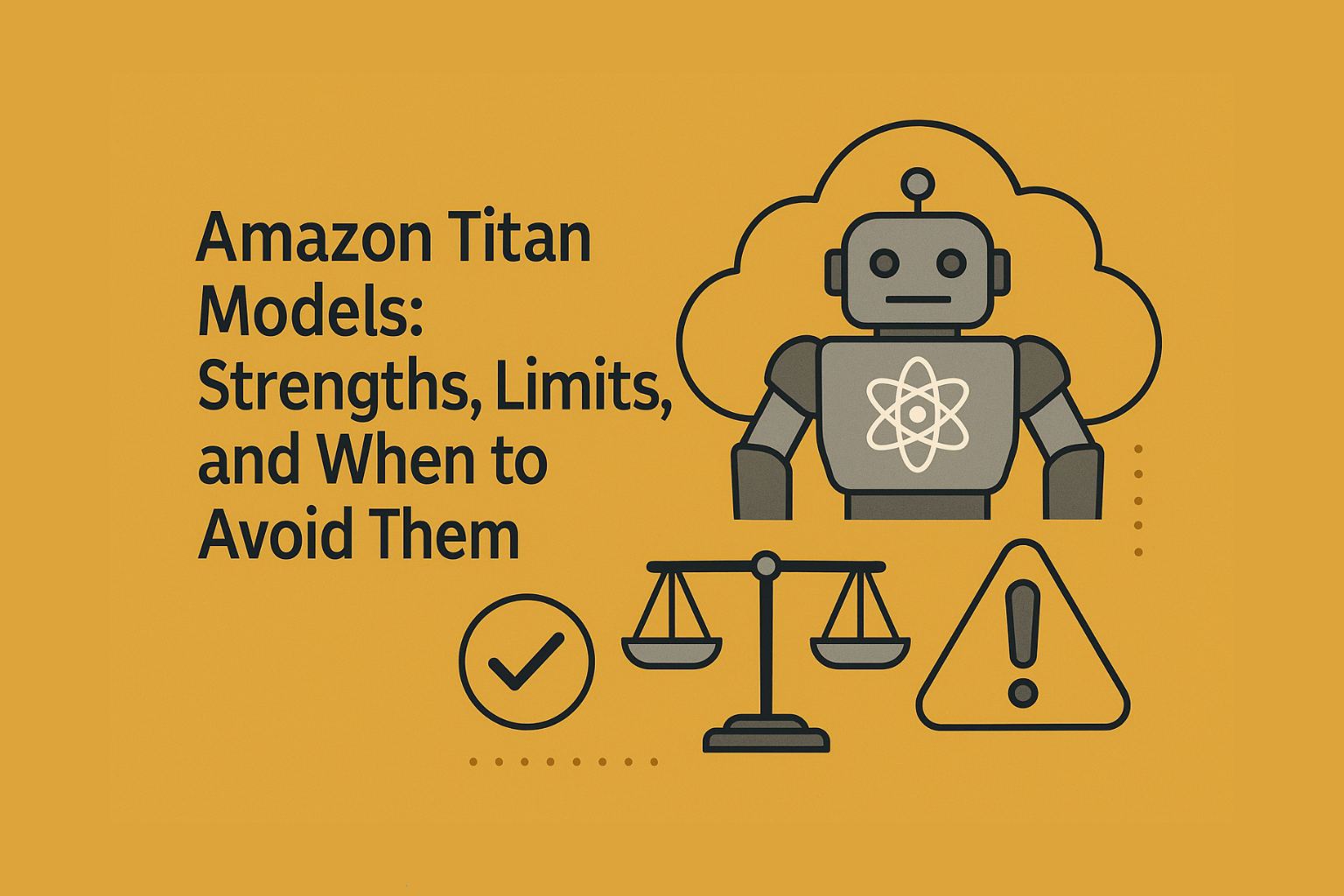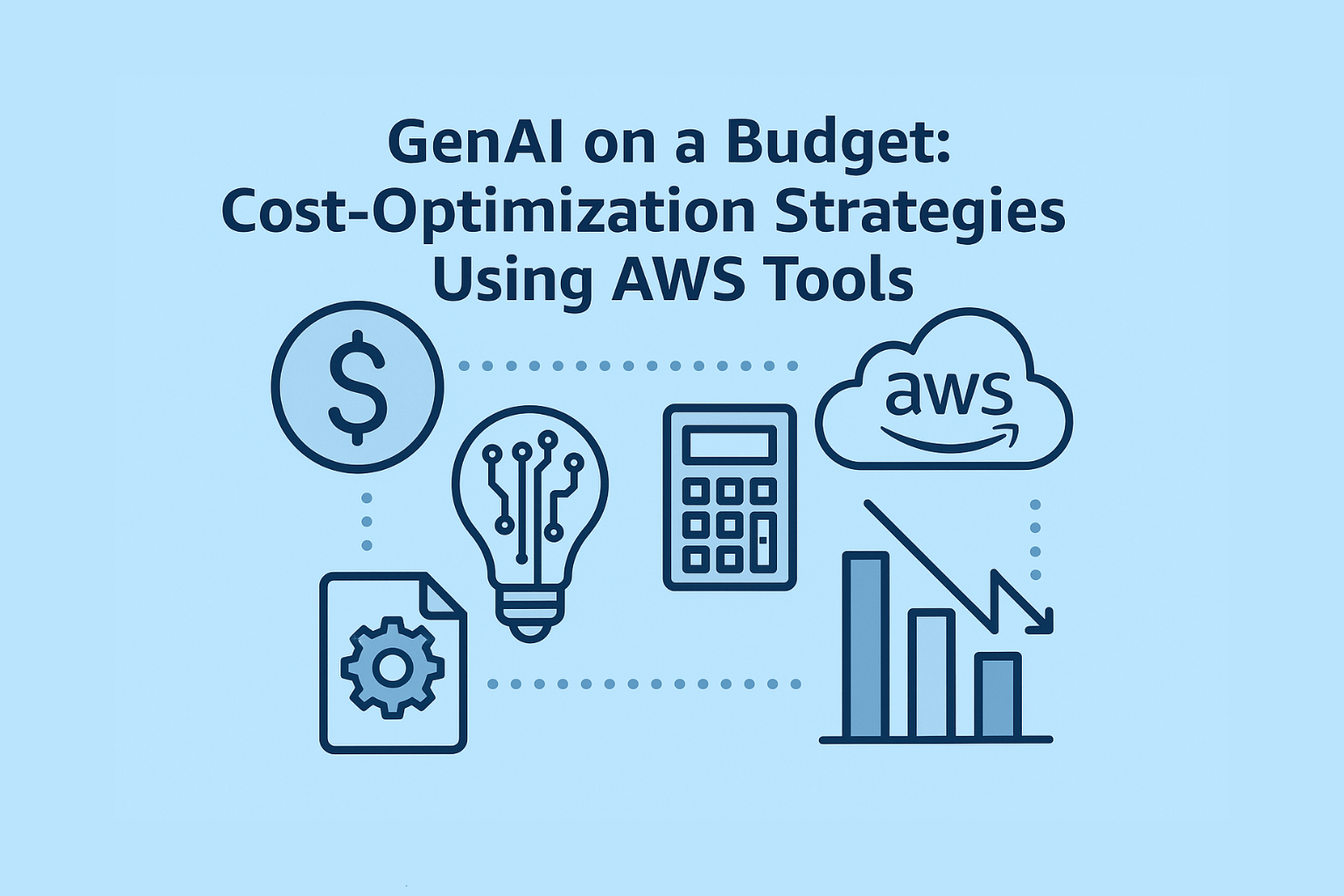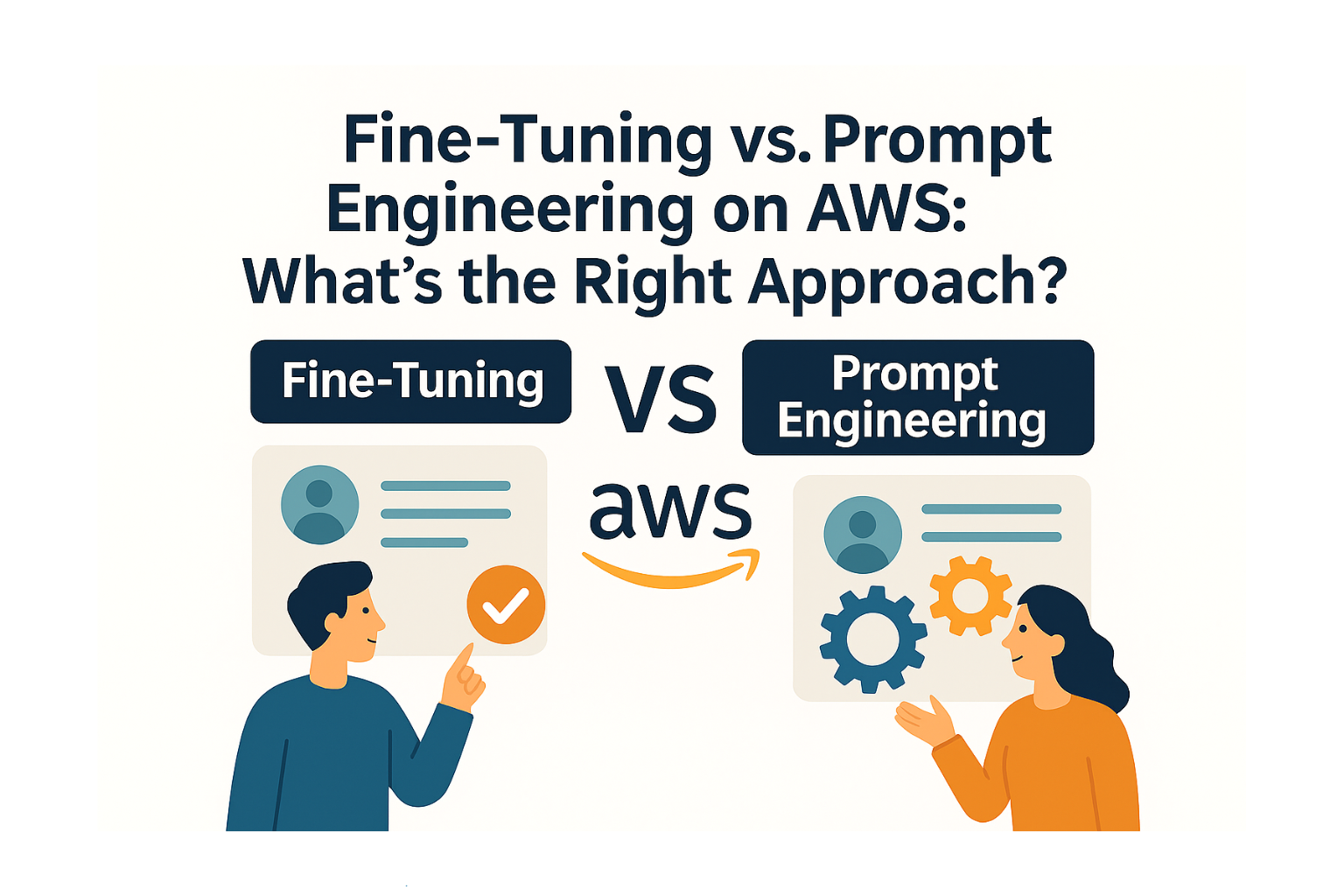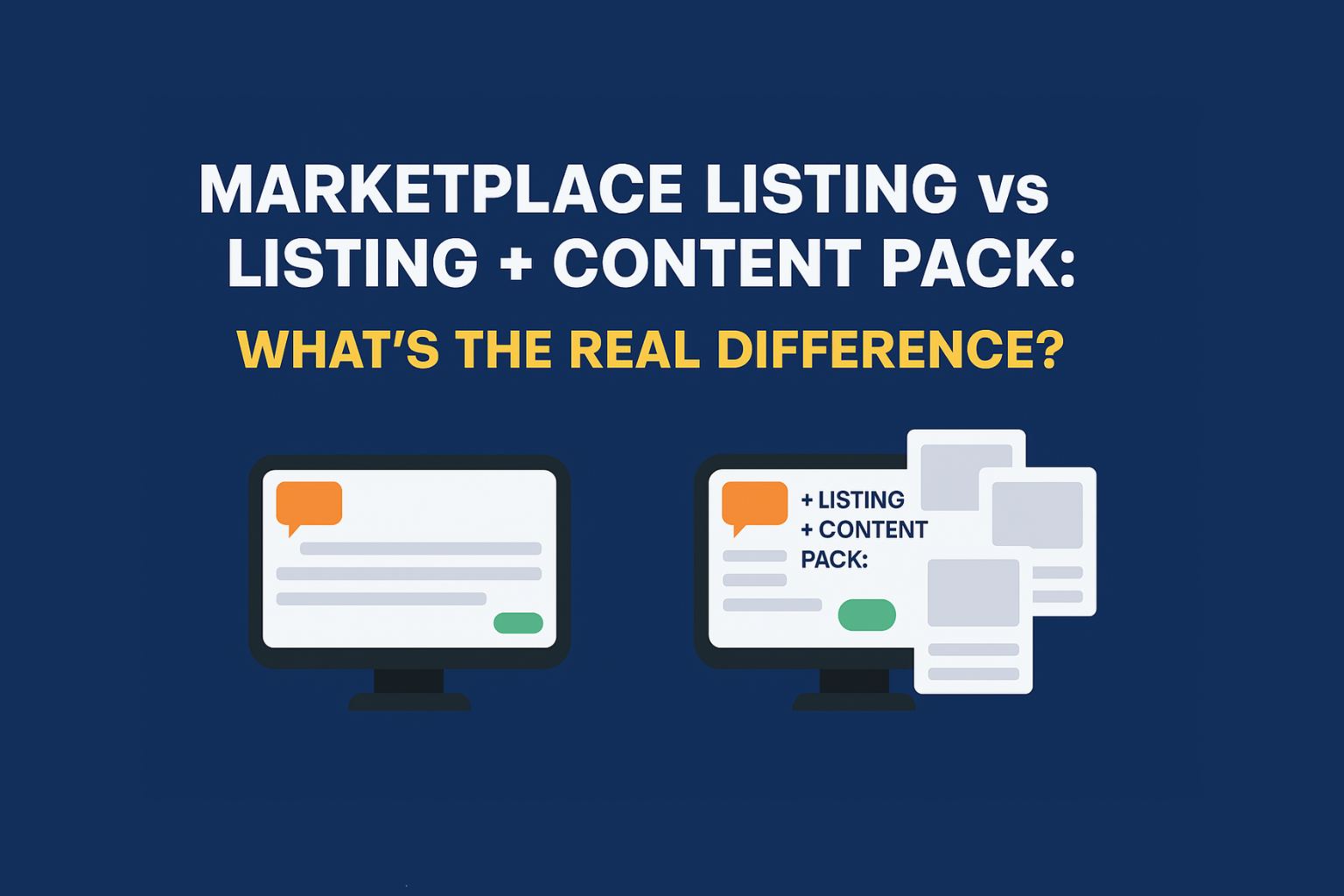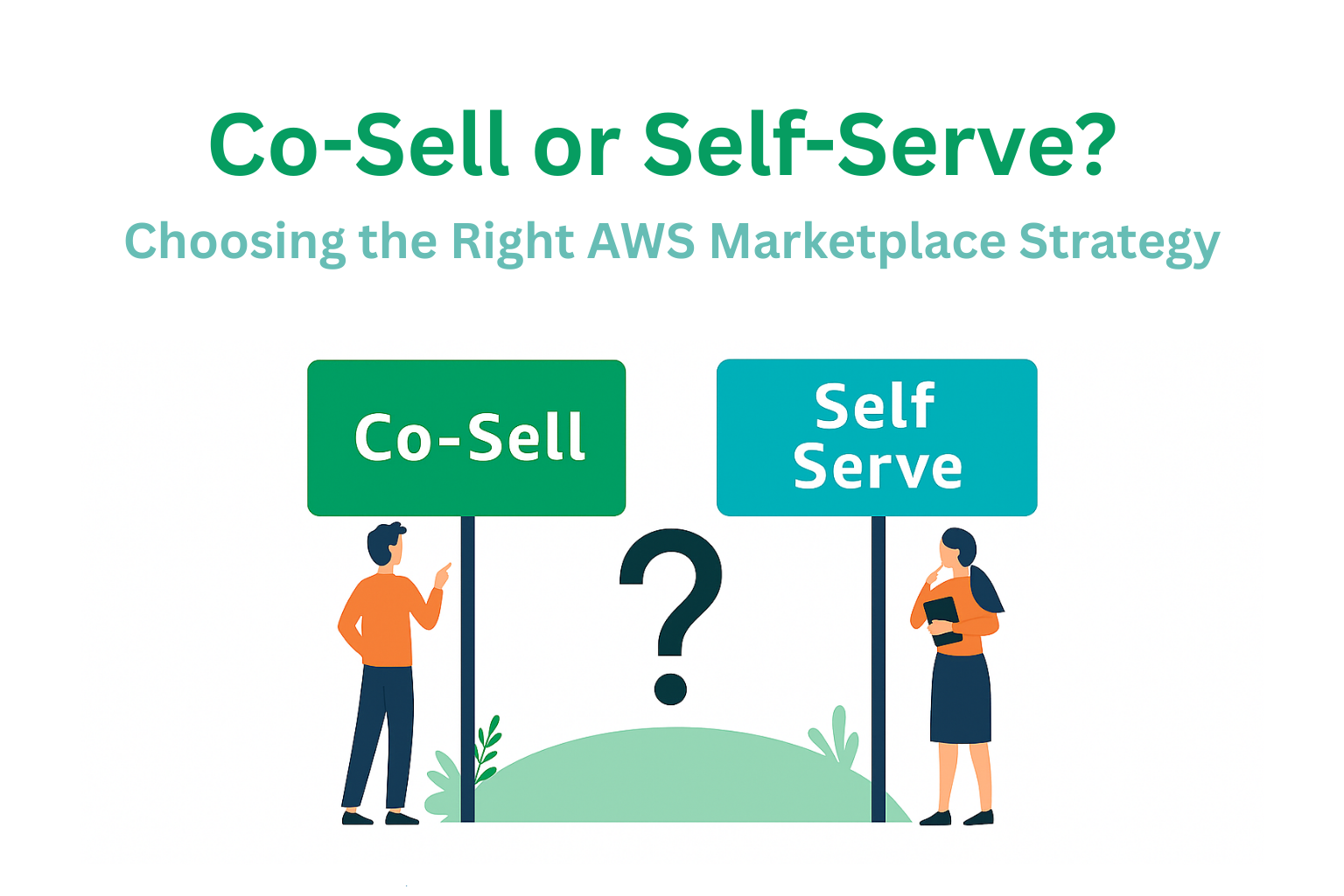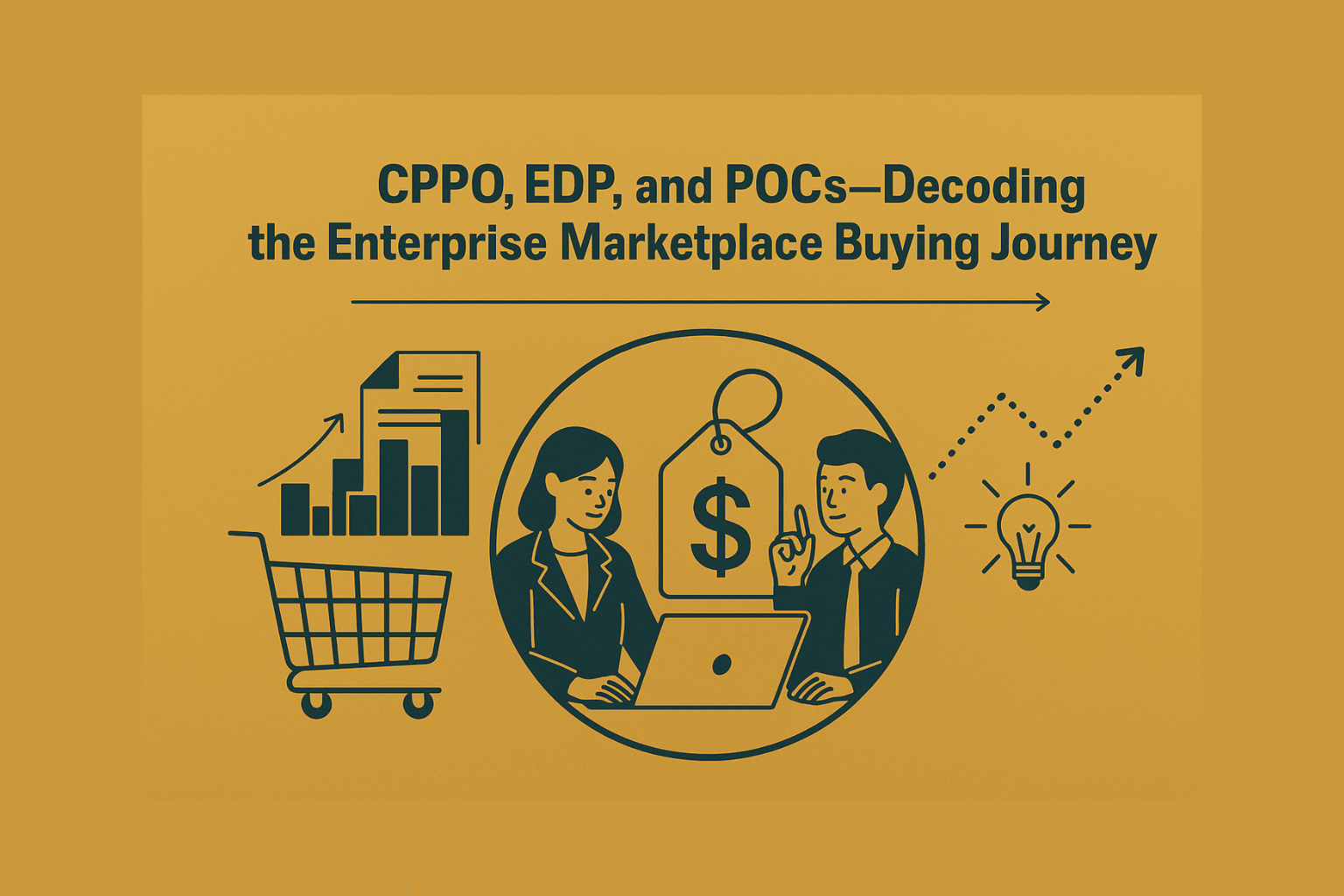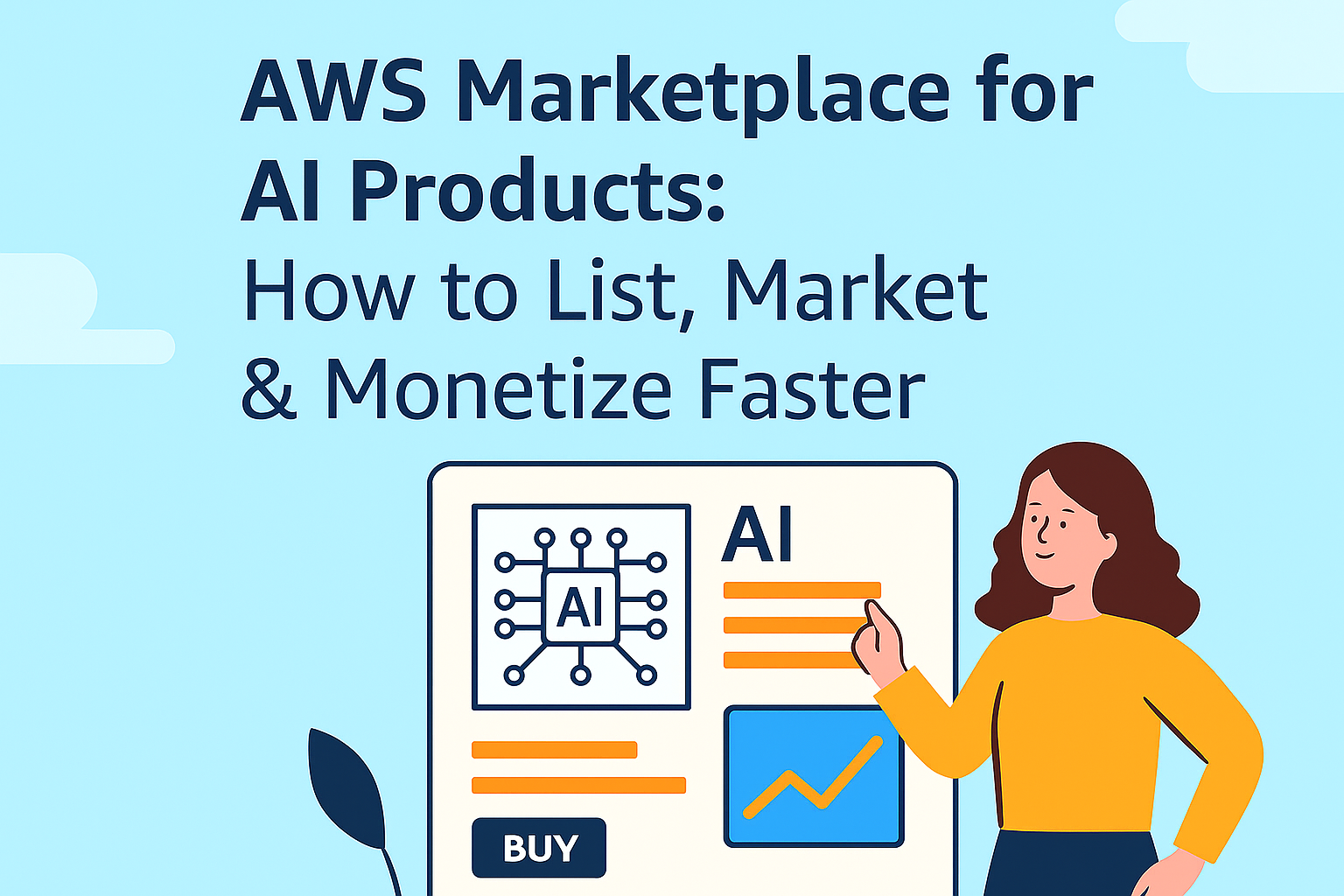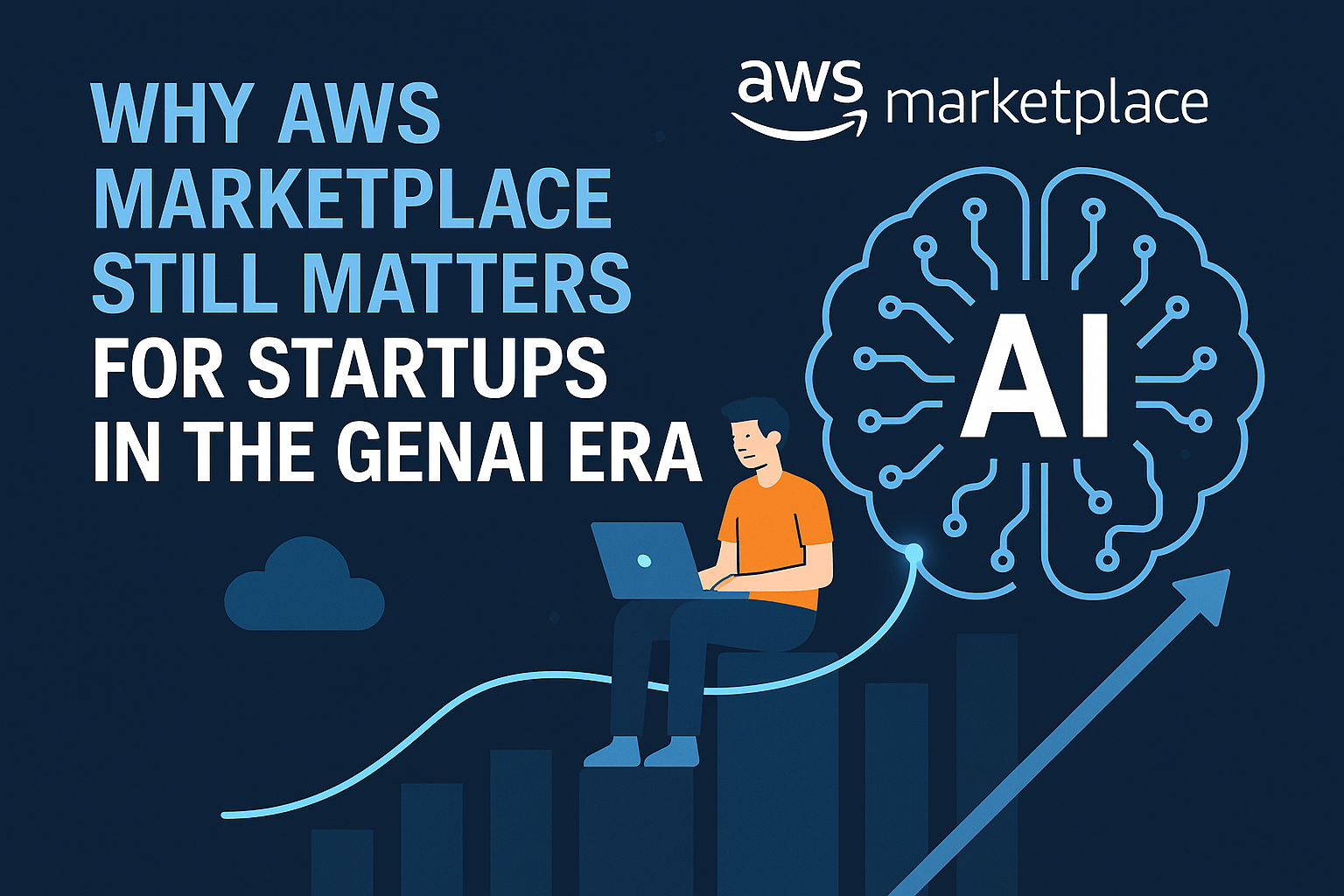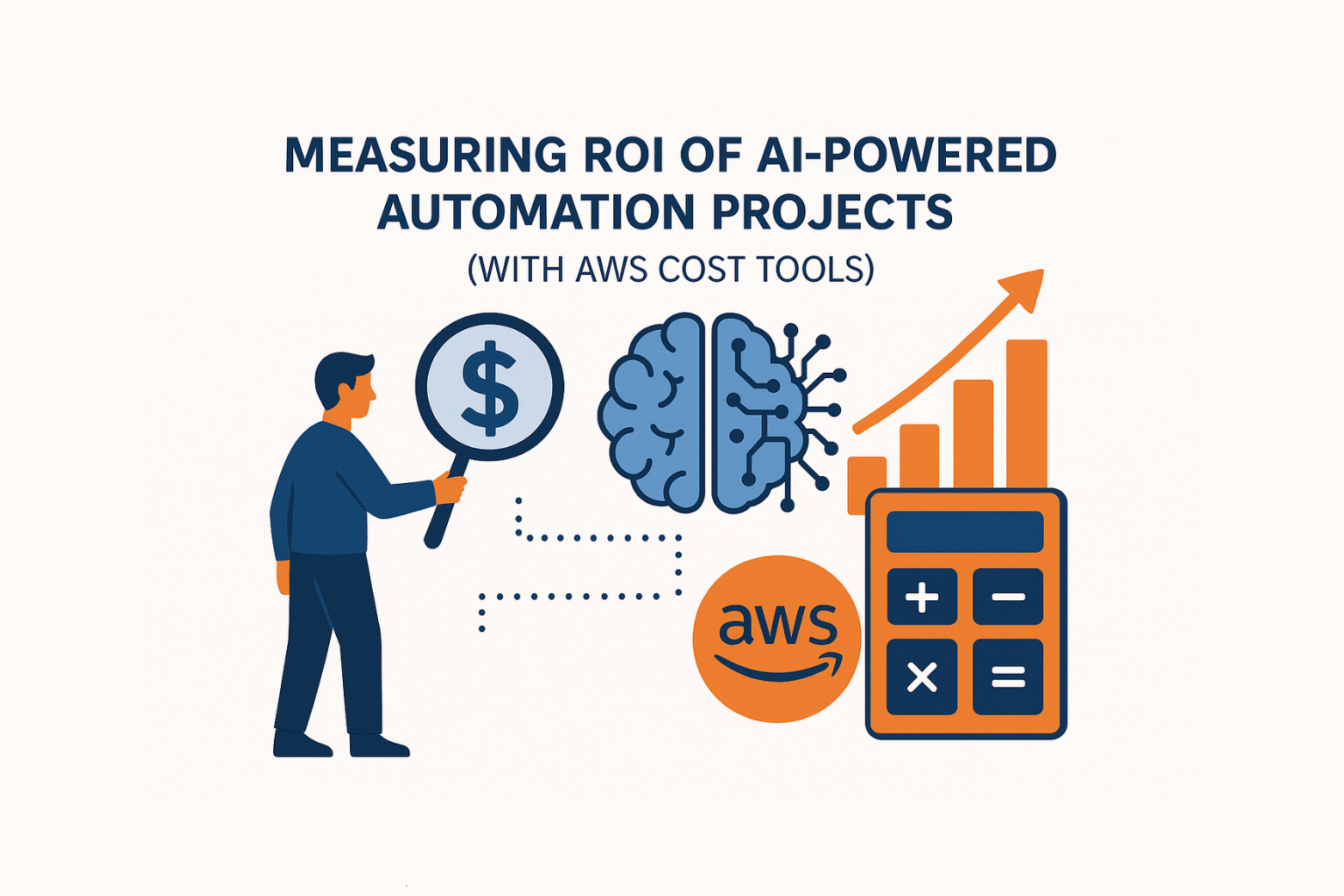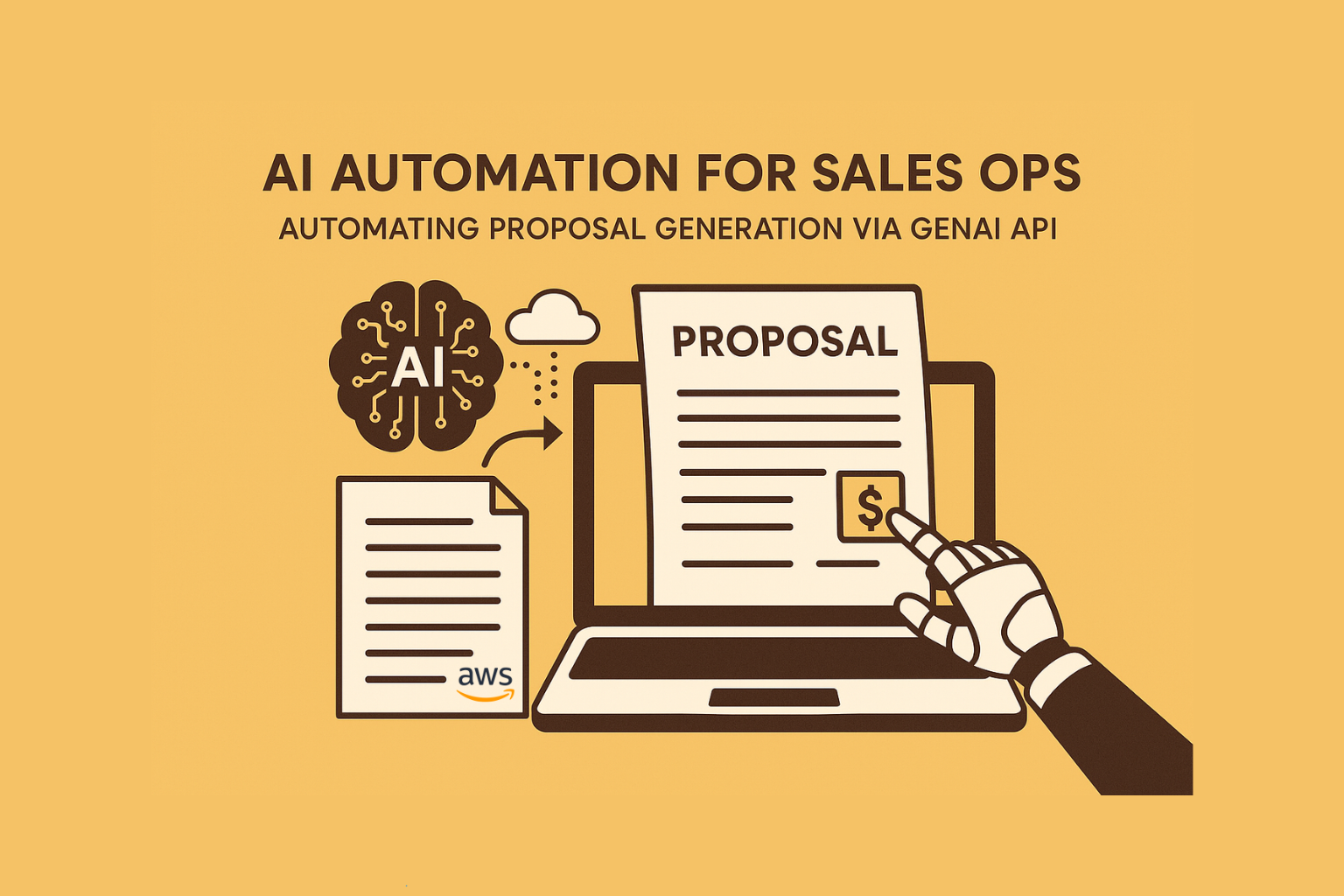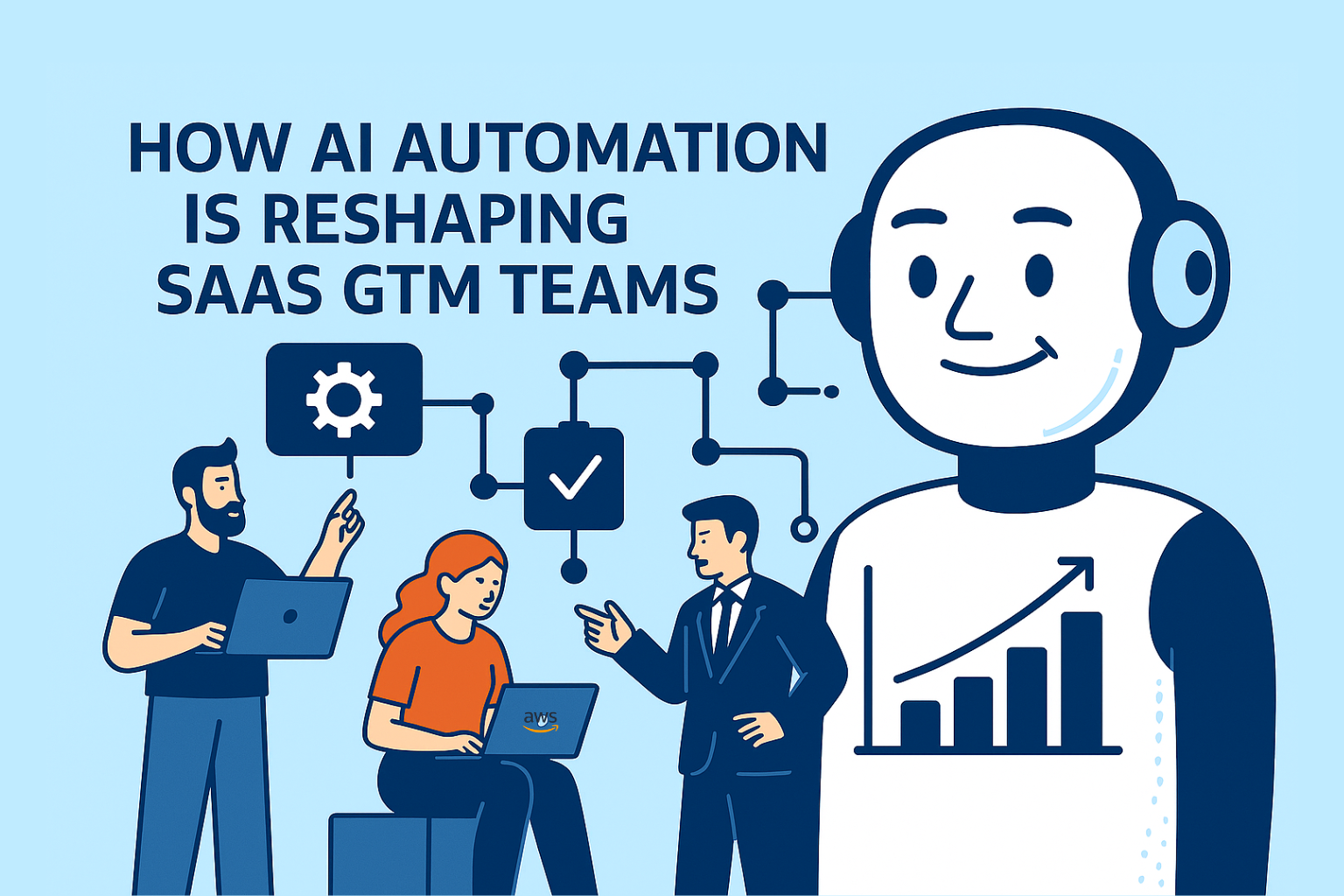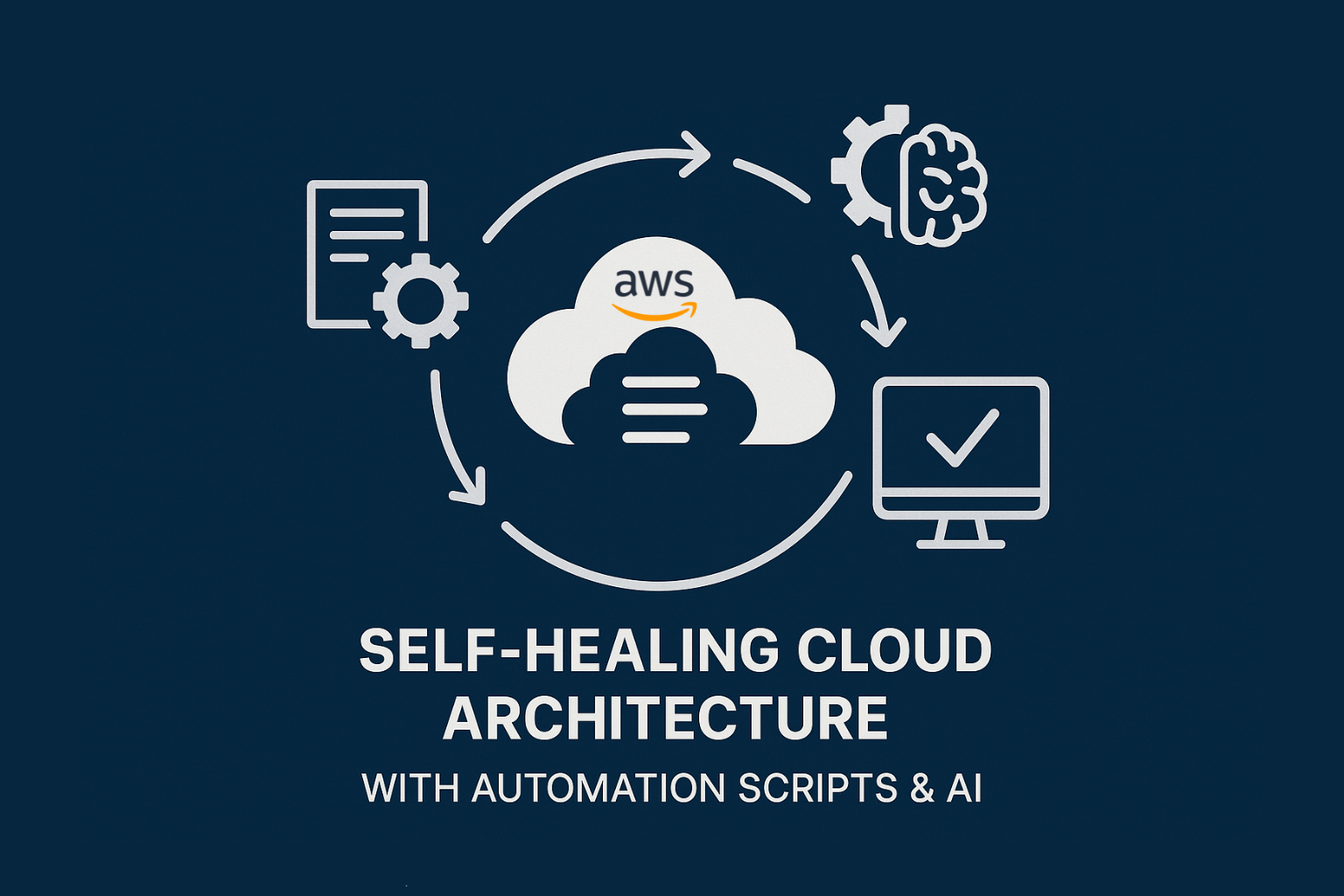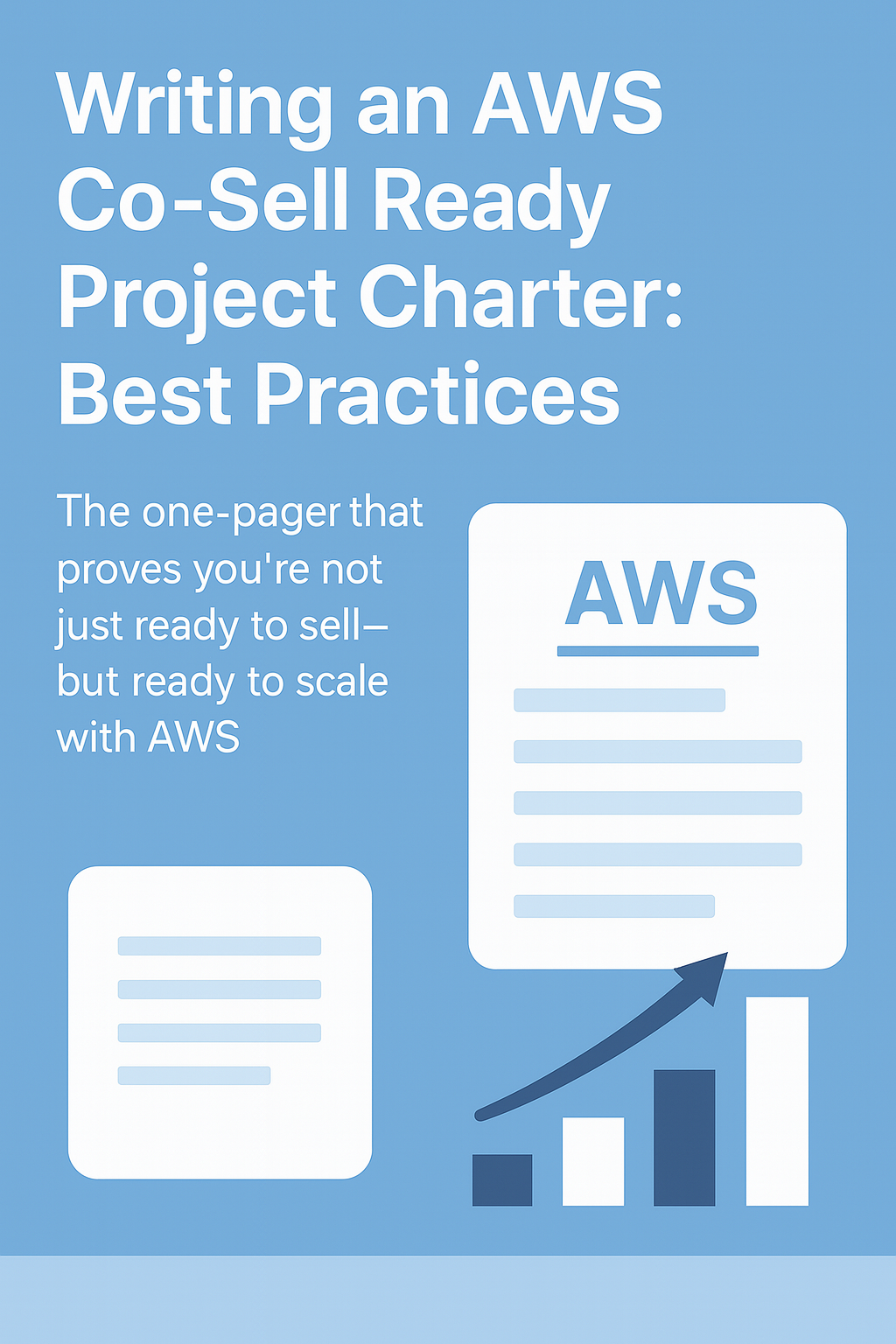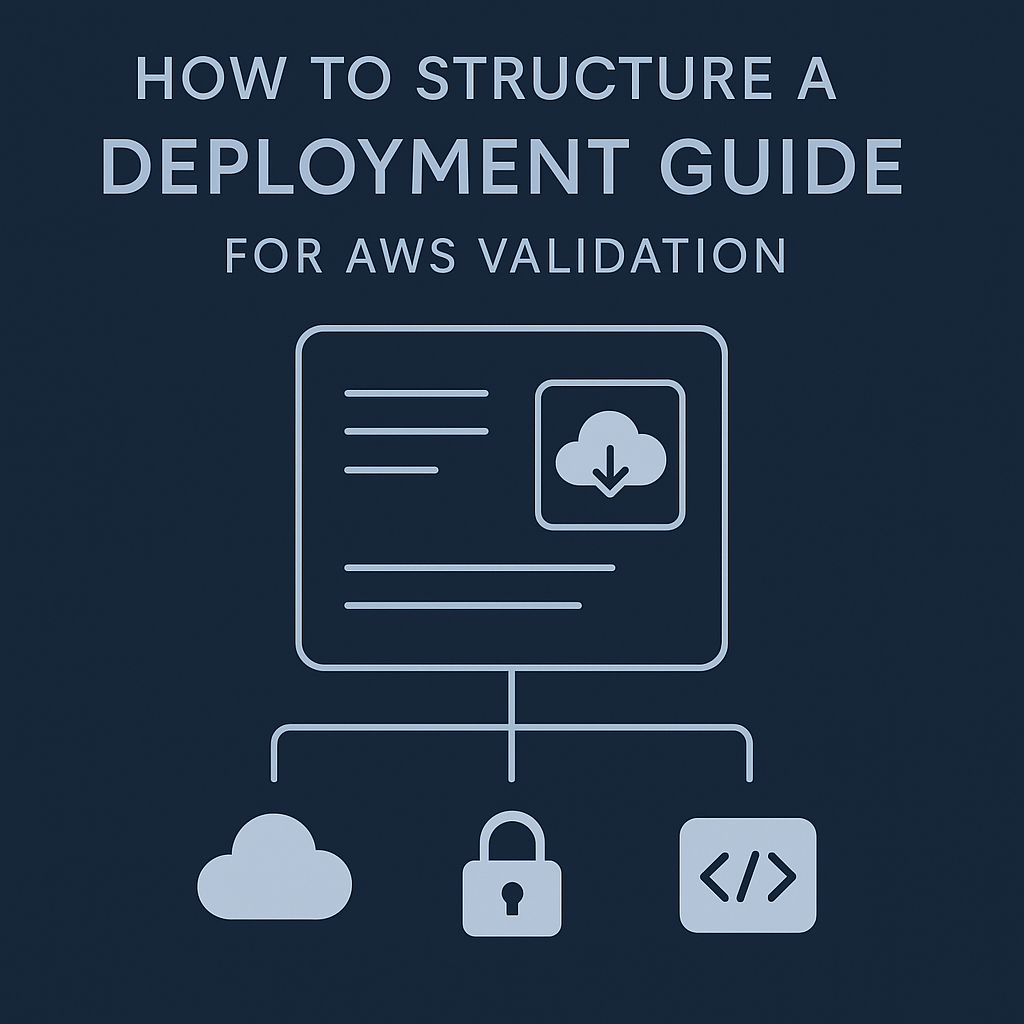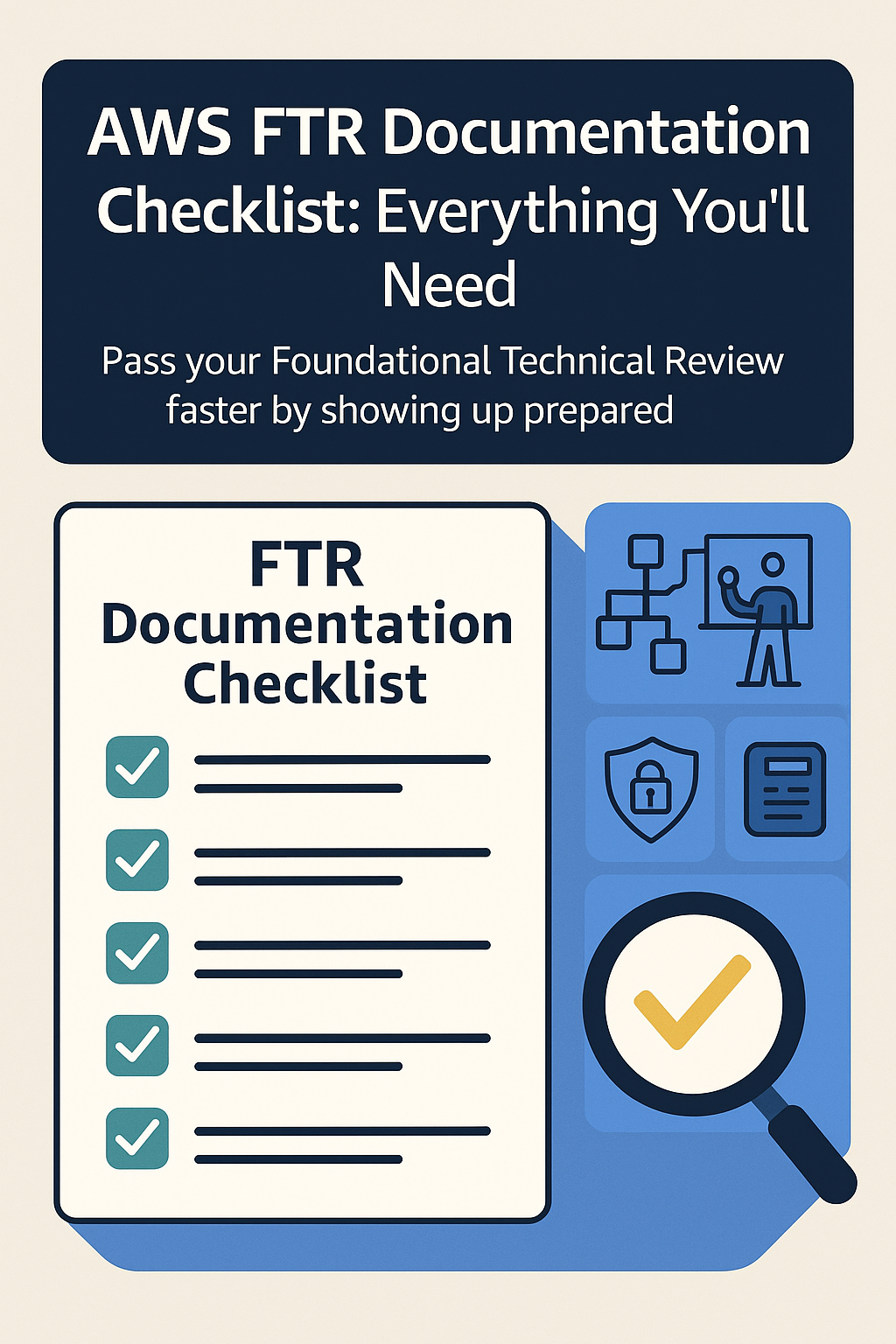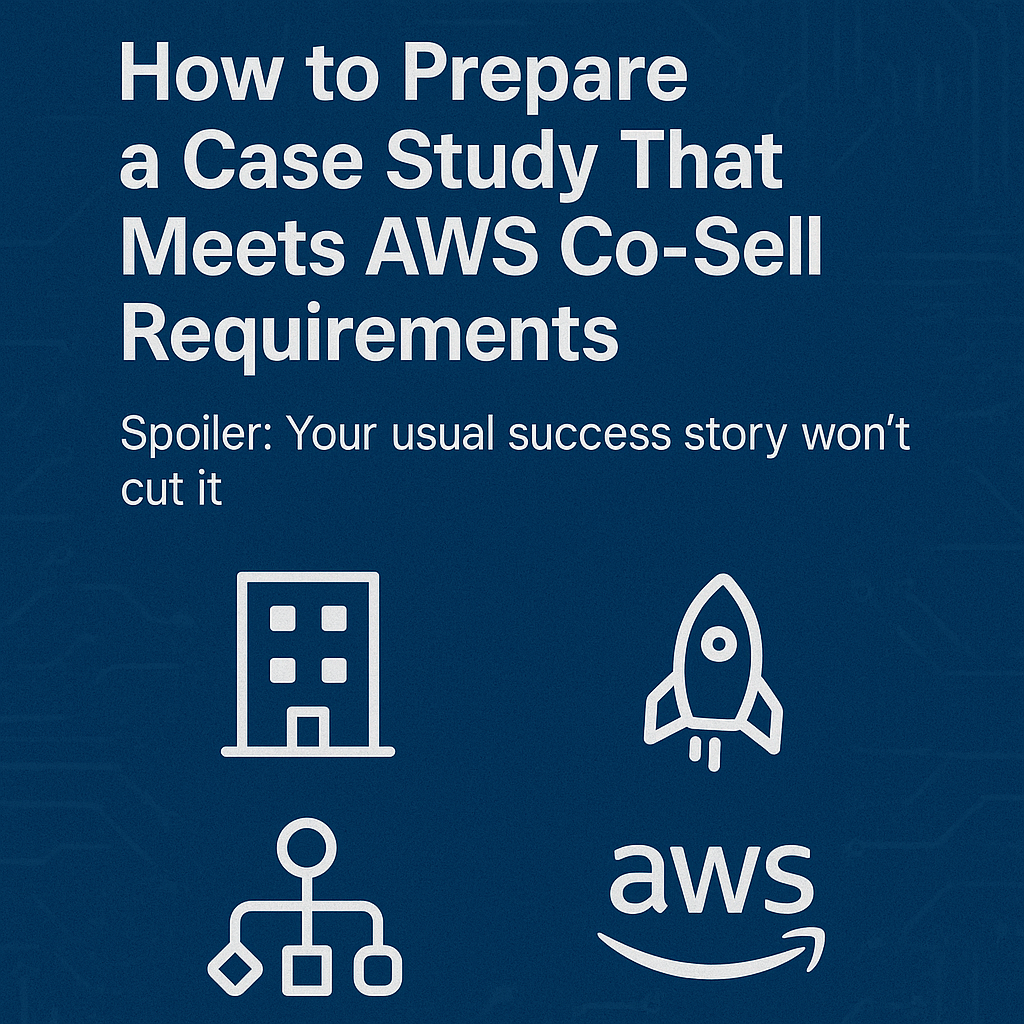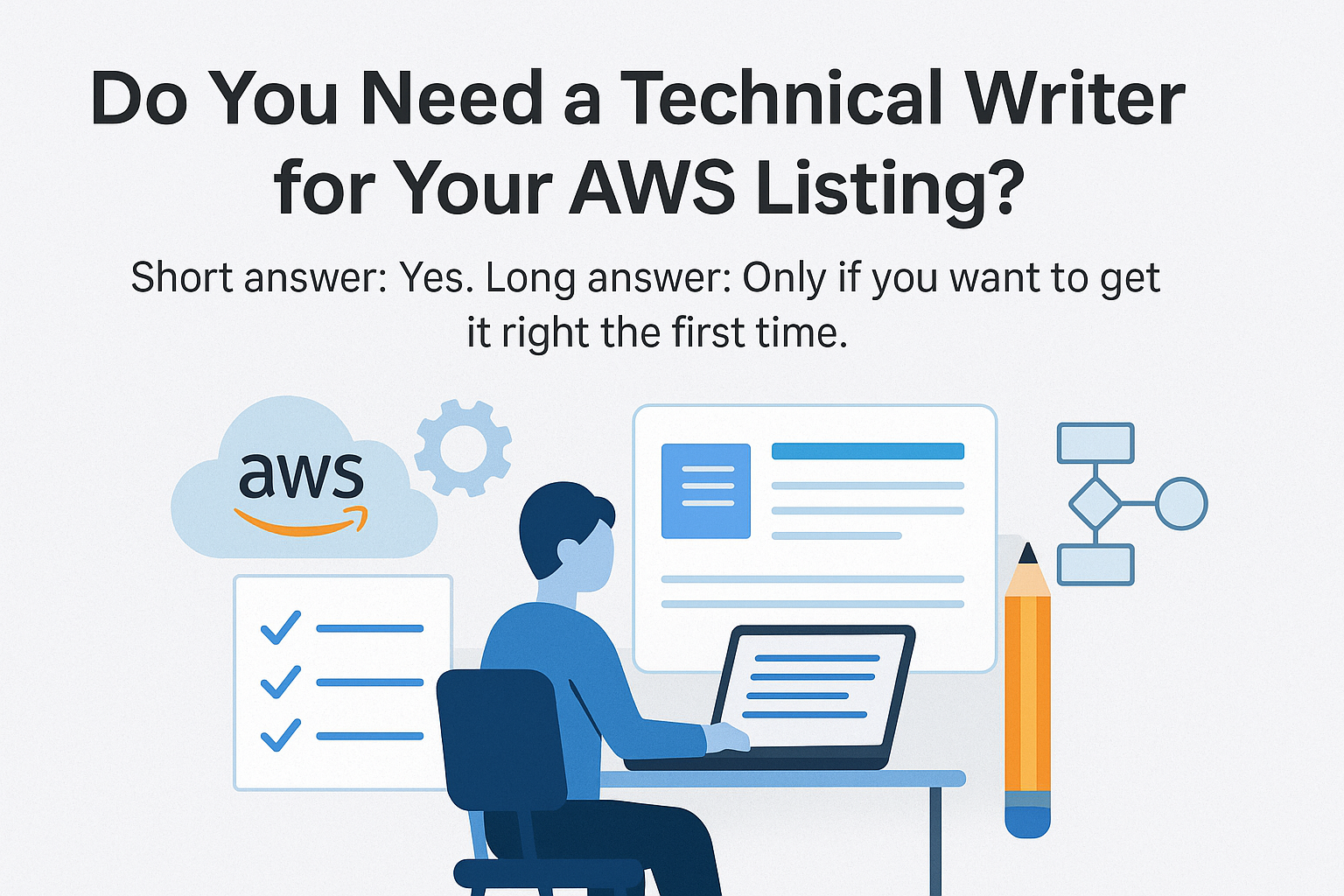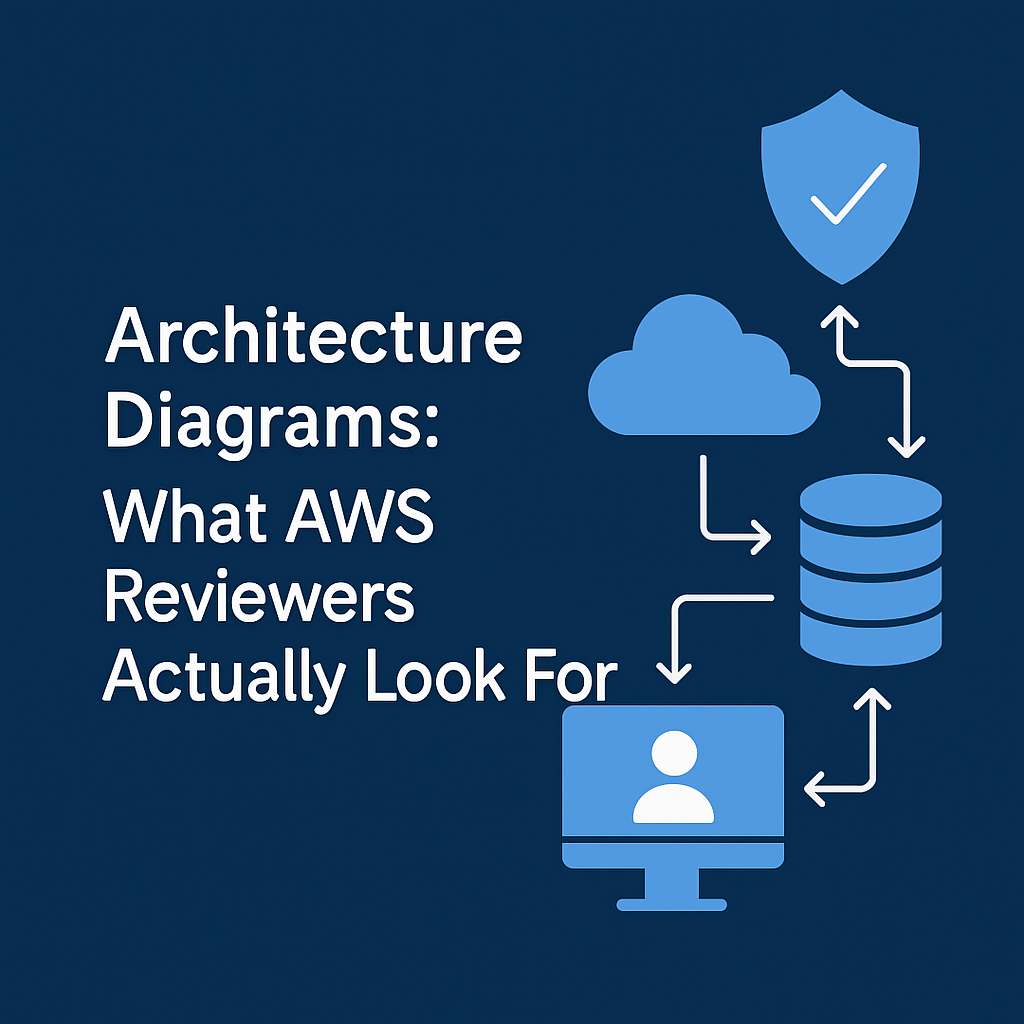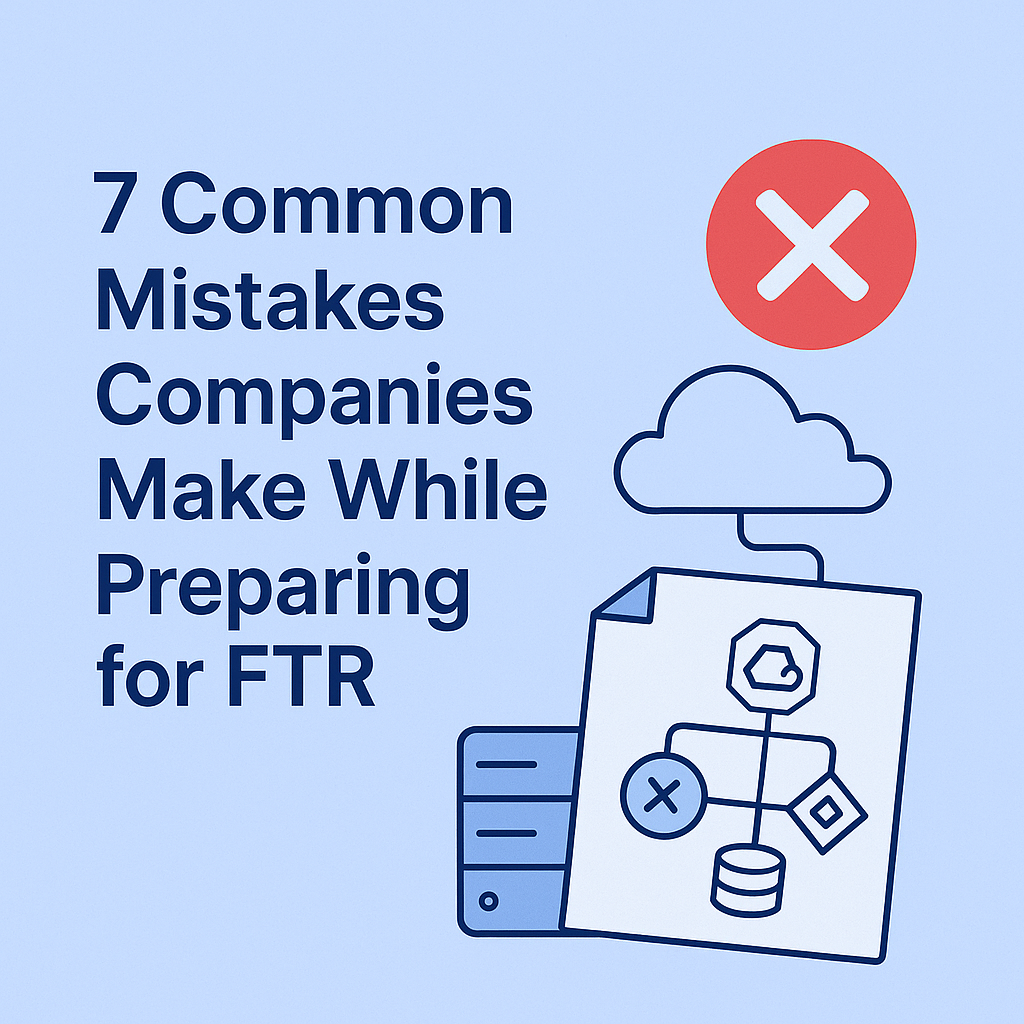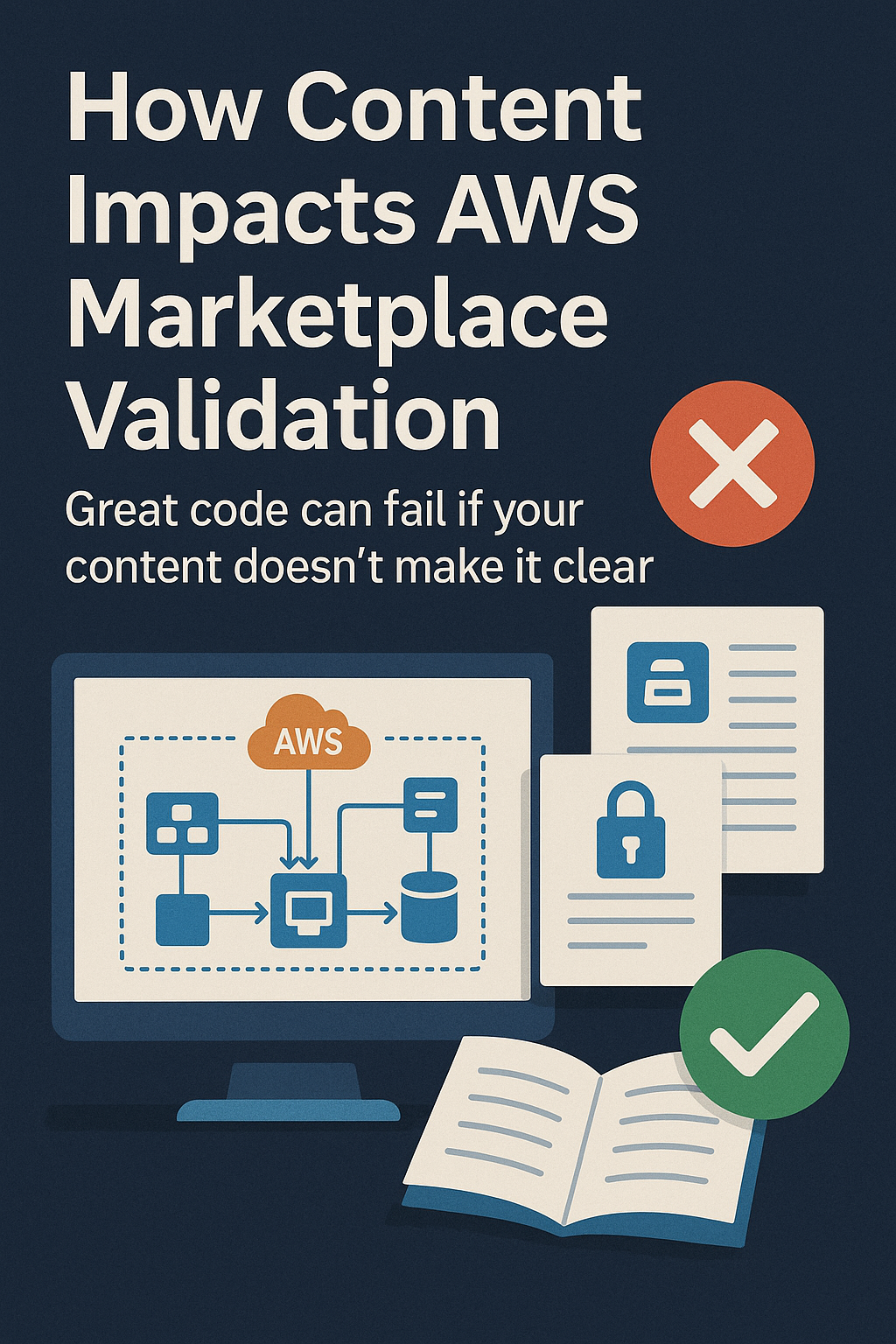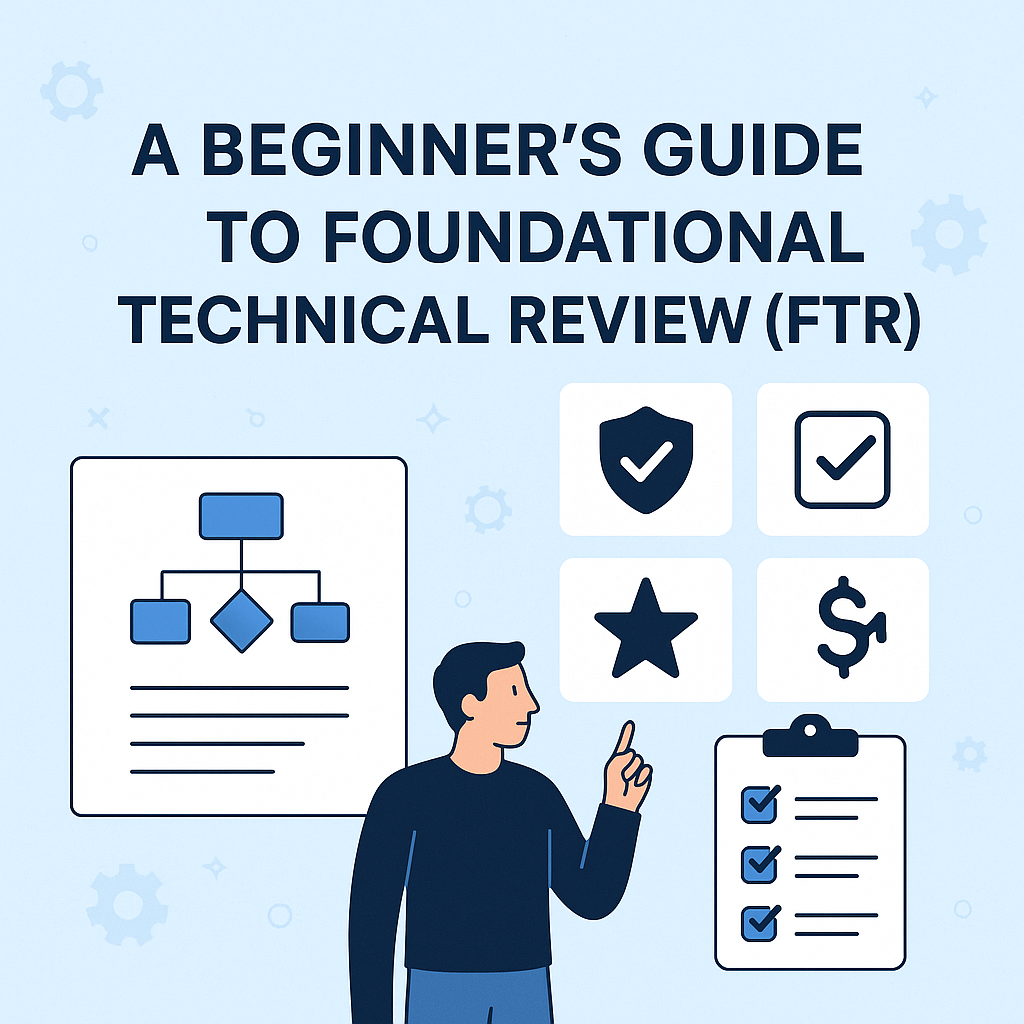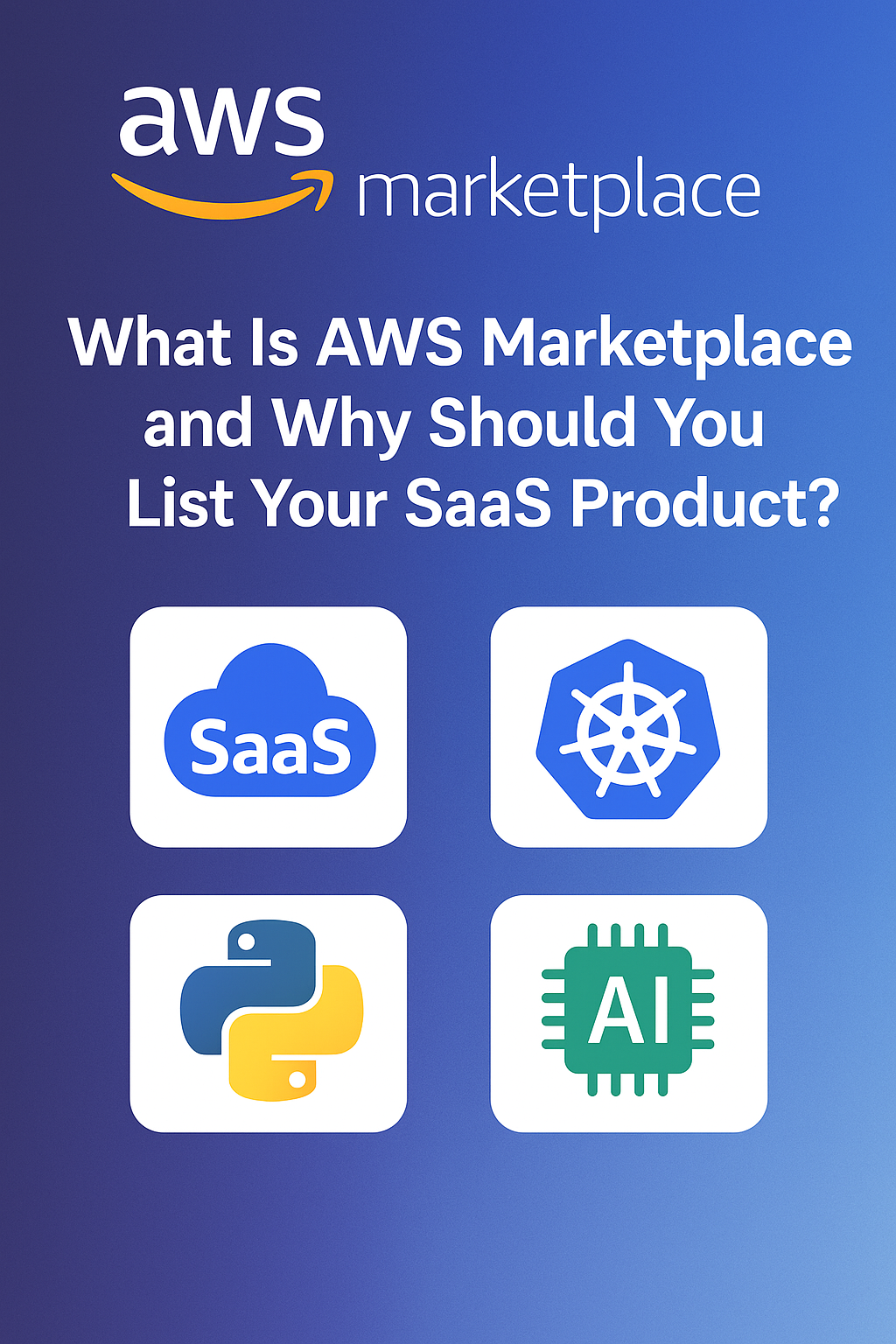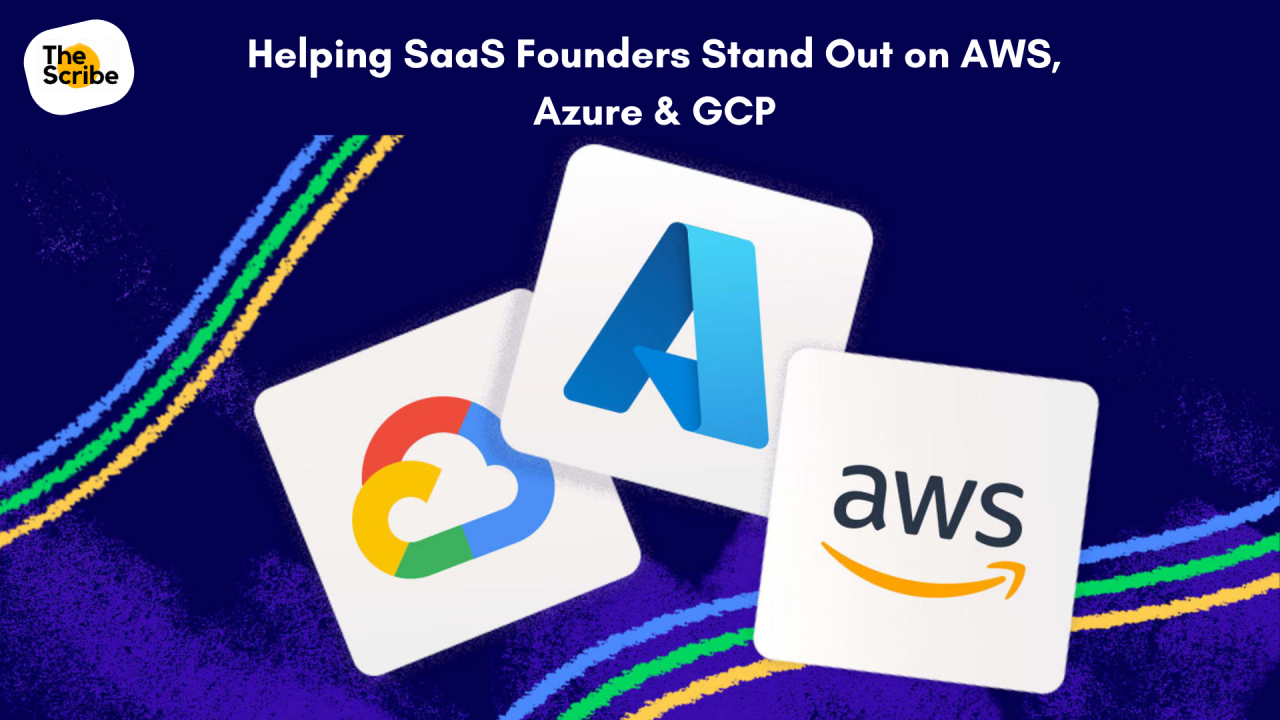Your CFO wants pipeline. AWS wants validation. Here’s how to track both.
Introduction
You’ve launched your AWS Marketplace listing.
You’ve briefed AWS Partner Managers.
You’ve even run a GTM campaign targeting AWS field teams and buyers.
Now someone on the exec team asks:
“What are we getting out of all this?”
And if your only answer is “brand visibility”, that’s not enough.
Unlike paid acquisition or outbound sales, Marketplace campaigns generate ROI in less linear ways. But that doesn’t mean they can’t be measured. In fact, when tracked properly, your AWS Marketplace campaigns may show higher long-term returns than most traditional channels.
In this blog, we’ll break down exactly how to track and report on ROI from awareness to pipeline to partner engagement so that you can justify (and optimize) your AWS GTM investment.
First: Define What “ROI” Really Means in the AWS Context
In most B2B GTM channels, ROI means CAC, conversion rates, or MQLs.
In the AWS ecosystem, ROI is multi-dimensional, often across:
| ROI Type | Description |
|---|---|
| Brand Trust | Positioning your company as AWS-validated and enterprise-ready |
| Funnel Velocity | Reducing procurement friction via CPPO or Marketplace contracting |
| Partner Enablement | Activating AWS sellers and Partner Managers to refer you to accounts |
| Co-Sell Lift | Using campaign assets to increase ACE Pipeline volume and seller pull-through |
| Revenue Conversion | Direct deals or private offers attributed to Marketplace campaigns |
Bottom line: Marketplace campaigns are full-funnel—but you must track the right signals at each stage.
Core Metrics to Track (and How to Track Them)
Here’s a breakdown of key metrics that reveal ROI across GTM layers:
| Metric | Tool or Source | What It Tells You |
|---|---|---|
| Partner Finder Views | AWS Marketplace Insights | Awareness & discoverability |
| UTM-tagged Clicks | Google Analytics, HubSpot | Traffic from GTM channels to your listing |
| CPPO Deal Volume | AWS CPPO dashboard, CRM | Direct revenue conversion via campaigns |
| ACE Referrals | ACE Pipeline Manager | Co-Sell momentum and PM engagement |
| Deck Downloads | Seismic, Google Drive, CMS logs | Seller enablement performance |
| Case Study Views | Analytics on gated content | Buyer engagement with validation content |
| Sales Cycle Time | CRM (vs. non-Marketplace opps) | Speed-to-close improvements |
| Buyer Segmentation | CRM and listing analytics | Who’s discovering and converting via Marketplace |
Campaign Types and ROI Metrics for Each
1. Awareness Campaigns (Top of Funnel)
Goal: Increase Marketplace discoverability and AWS field visibility
ROI Signals:
- % lift in listing views (Partner Finder)
- of AWS Partner Manager interactions
- Increase in branded search volume (via Search Console)
- Blog views or clicks on AWS-focused content
2. Seller Enablement Campaigns
Goal: Equip AWS Partner Managers and sellers to refer and champion your product
ROI Signals:
- Deck downloads or slide shares (tracked via CMS or Drive)
- Number of Co-Sell briefings or seller meetings
- ACE opps tagged within campaign period
- Direct referrals from AWS account teams
3. Pipeline Acceleration Campaigns
Goal: Use AWS Marketplace to shorten sales cycles and reduce procurement blockers
ROI Signals:
- Time-to-close vs. traditional deals
- Number of private offers created/accepted
- Deal size uplift from AWS-associated leads
- Close rate of AWS-assisted vs. net-new deals
How to Attribute ROI Without Guesswork
Use a 3-layer attribution model:
- Content Attribution
- UTM codes on LinkedIn, newsletters, partner emails
- Gated assets like Co-Sell briefs or case studies
- Partner Attribution
- Tag all AWS-originated deals in your CRM
- Log PM referrals manually or via ACE
- Deal Attribution
- Create a “Marketplace Campaign” opportunity type in CRM
- Track CPPO-linked bookings and time-to-close
Pro Tip: Use campaign-specific ACE tags and create calendar windows to isolate pre/post campaign performance.
What NOT to Do When Measuring Marketplace ROI
Track only lead volume
Marketplace is often mid-to-bottom funnel. Leads may come later but trust and seller activation happen sooner.
Rely solely on AWS dashboards
Pair AWS Marketplace analytics with your CRM + content analytics for complete visibility.
Skip UTM tracking
If AWS PMs or LinkedIn posts drive traffic to your listing, track it with UTM parameters or lose visibility.
Expect linear conversion paths
Marketplace buyers may browse, leave, get referred by a PM, and convert weeks later. Track across touchpoints.
Real-World Example: Measuring ROI from a 30-Day Campaign
| Campaign Asset | Metric Tracked | ROI Outcome |
|---|---|---|
| Partner briefing webinar | # of PM attendees + deck downloads | 3 new ACE opps from EMEA |
| LinkedIn carousel series | UTM clicks to listing | +21% lift in traffic during campaign |
| Blog post series | Views + gated case study downloads | 14 new MQLs + 2 CPPO opportunities |
| Co-Sell Brief | Download count via CMS | 3 seller email forwards in NAMER |
Conclusion
If you’re running AWS Marketplace campaigns but can’t explain the ROI, you’re leaving future investment and trust on shaky ground.
Track the right metrics. Align your content with each GTM layer. And build reporting that speaks to both your CRO and your Partner Manager.
That’s how AWS Marketplace becomes a channel you can optimize, not just participate in.
Want to measure ROI from your AWS campaigns like a pro?
Contact us for more details.
